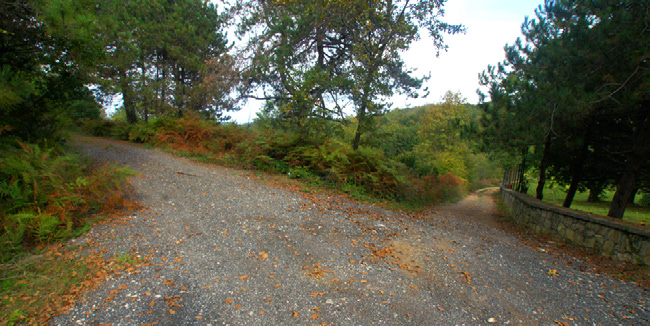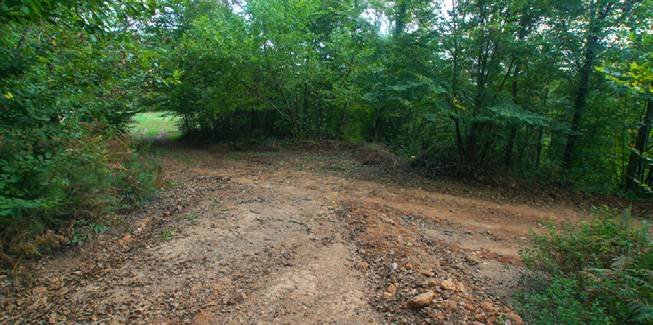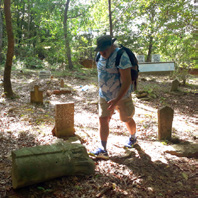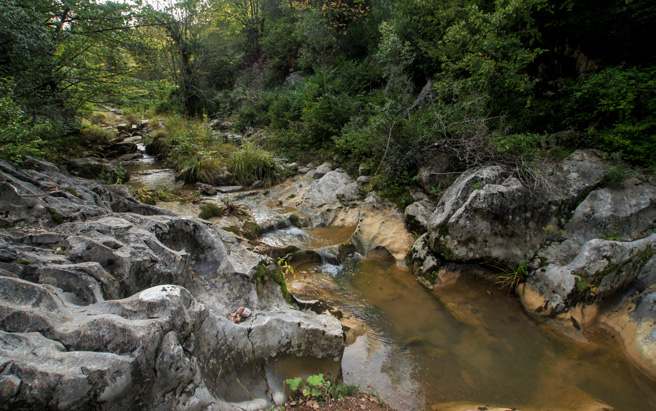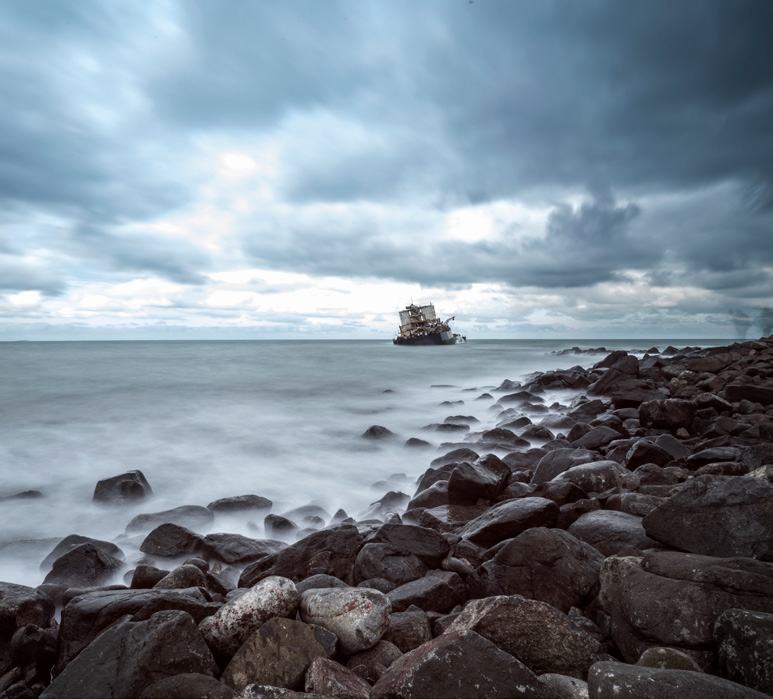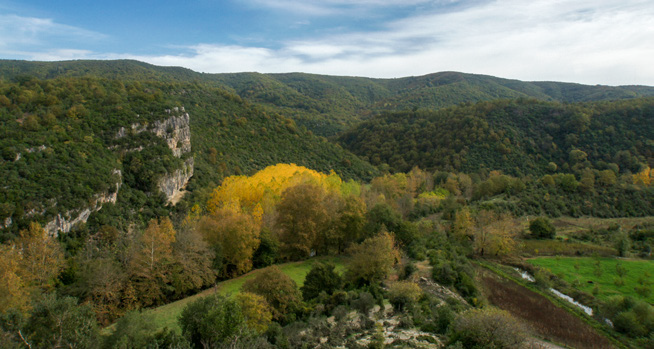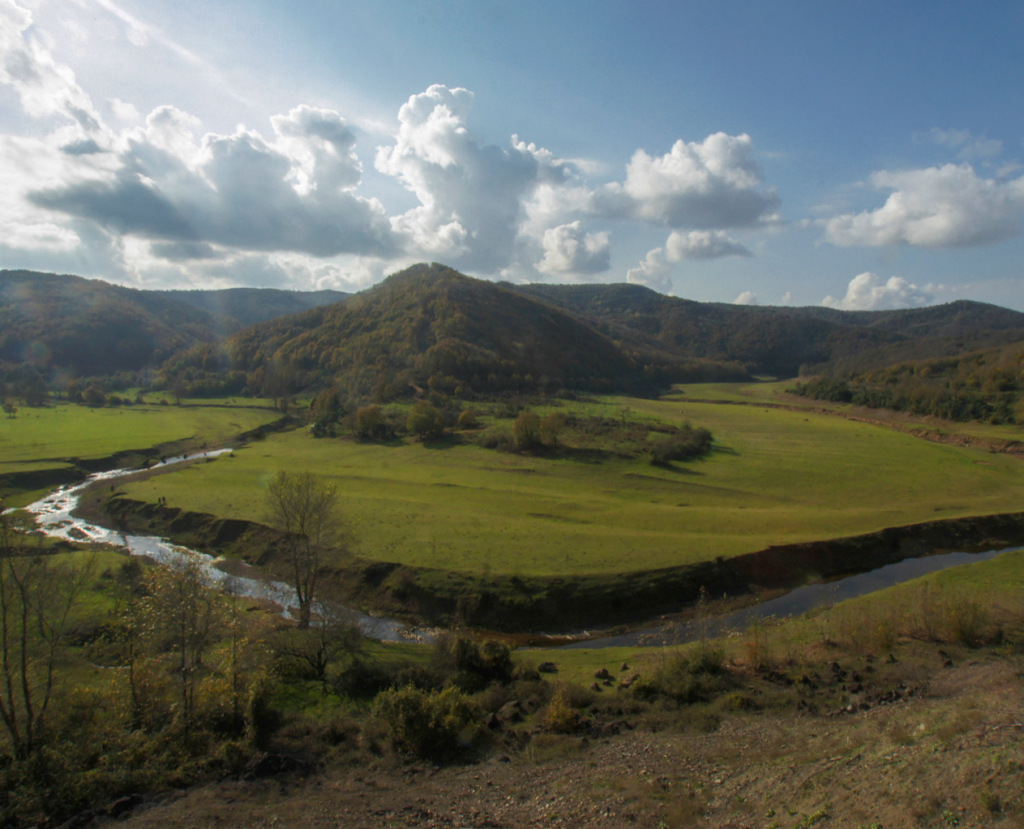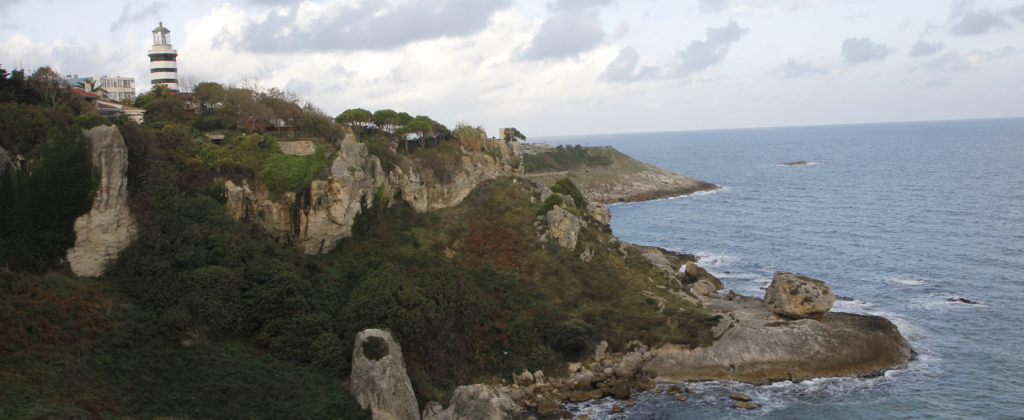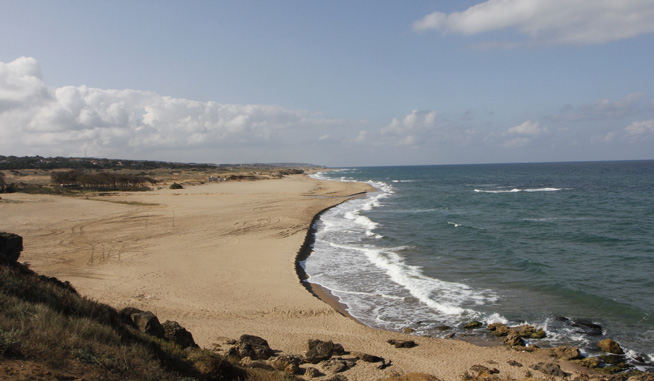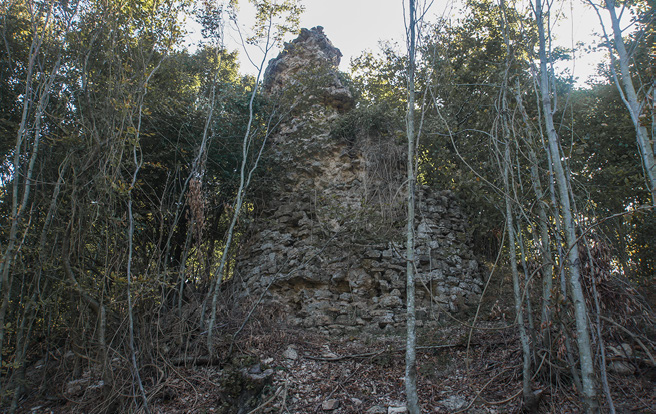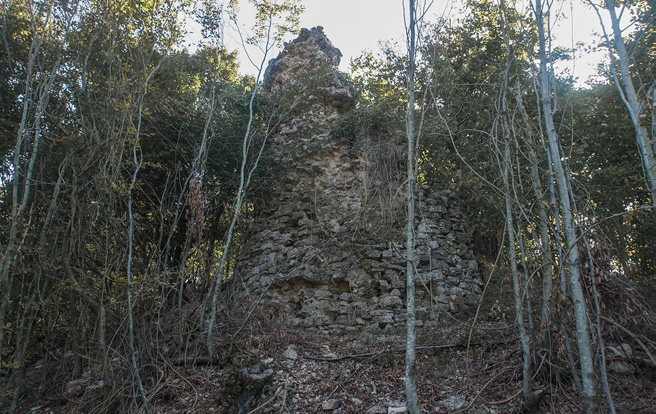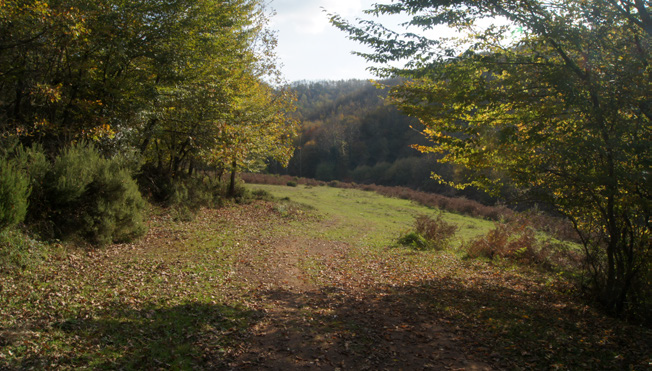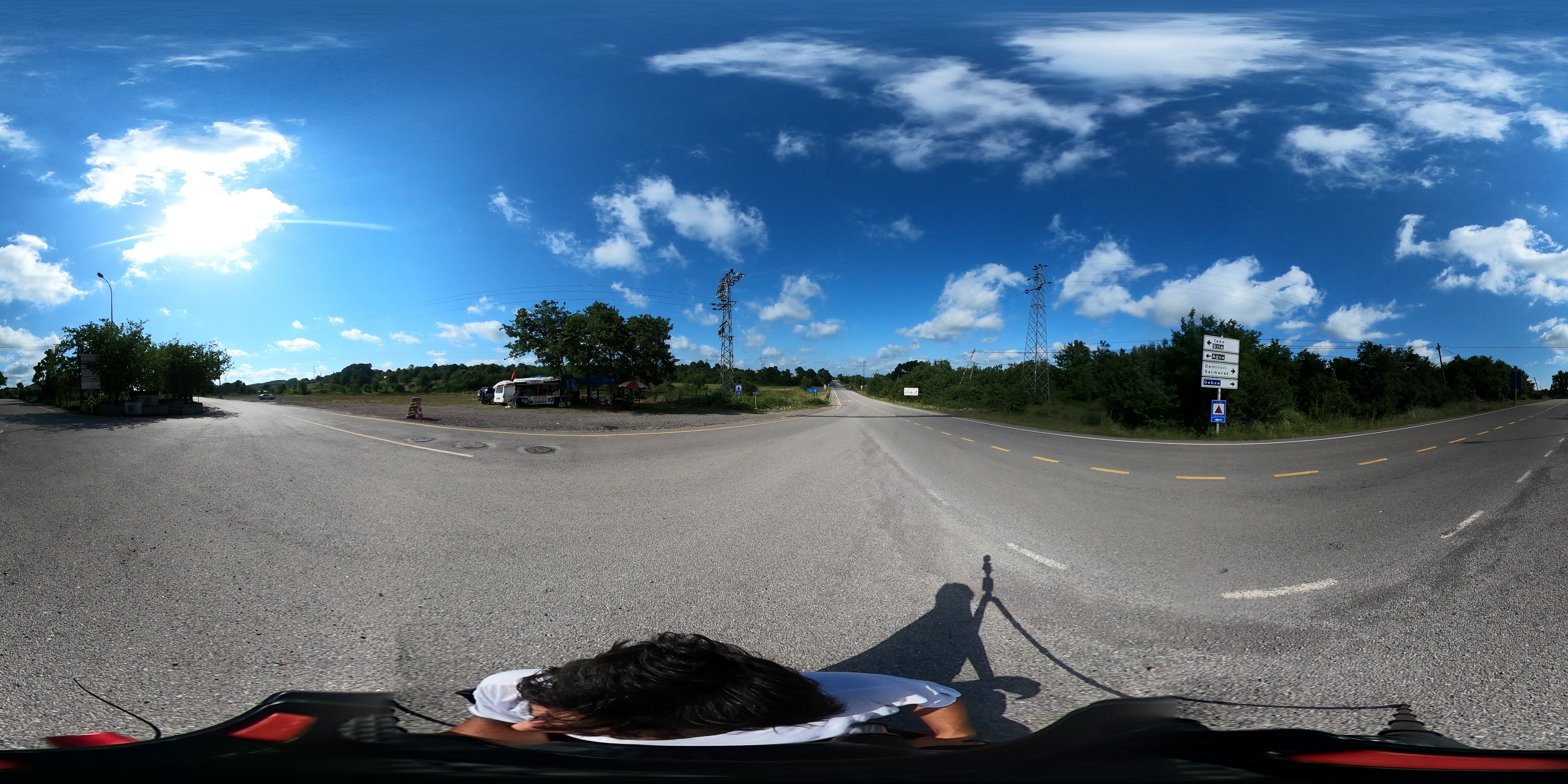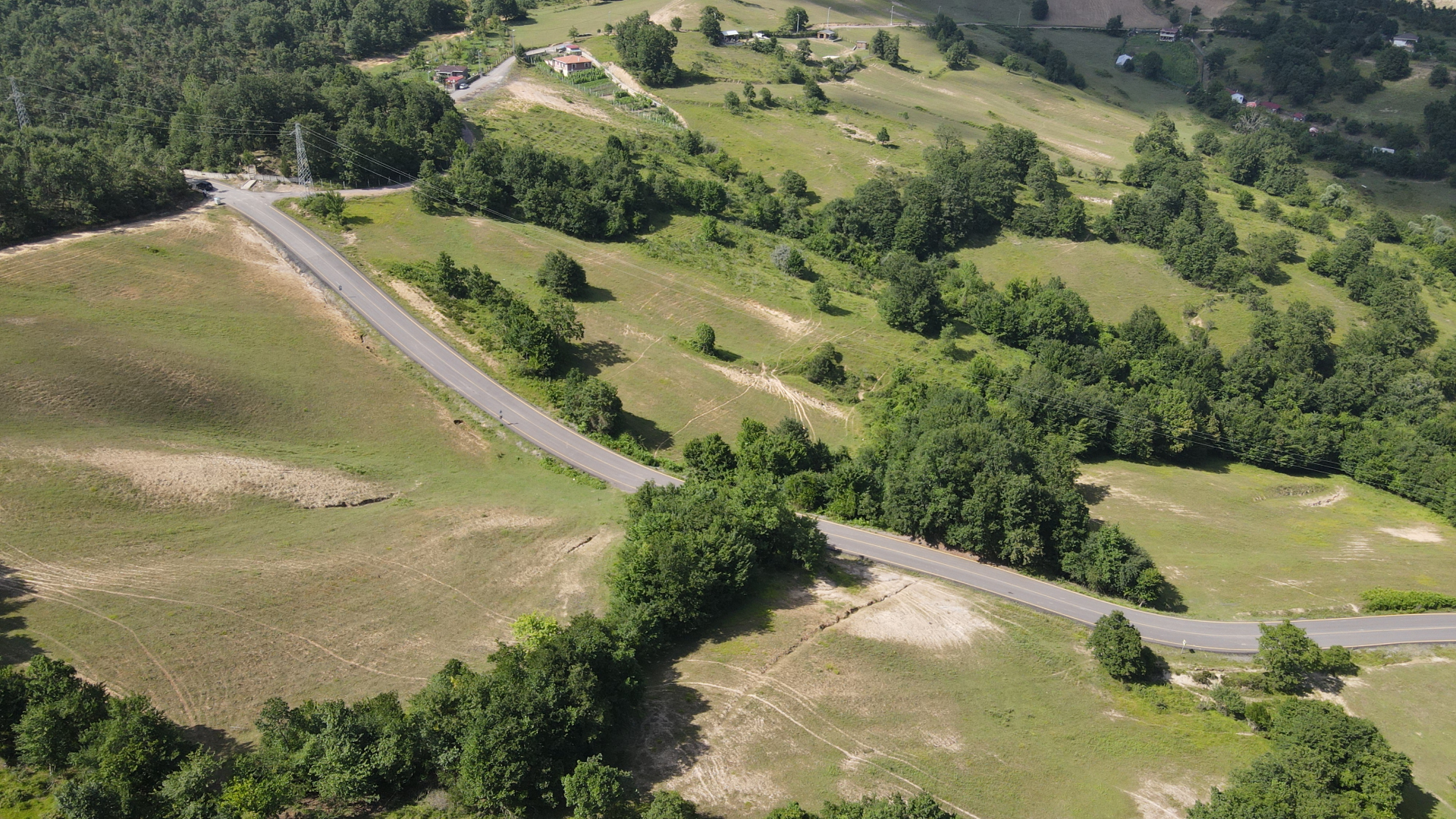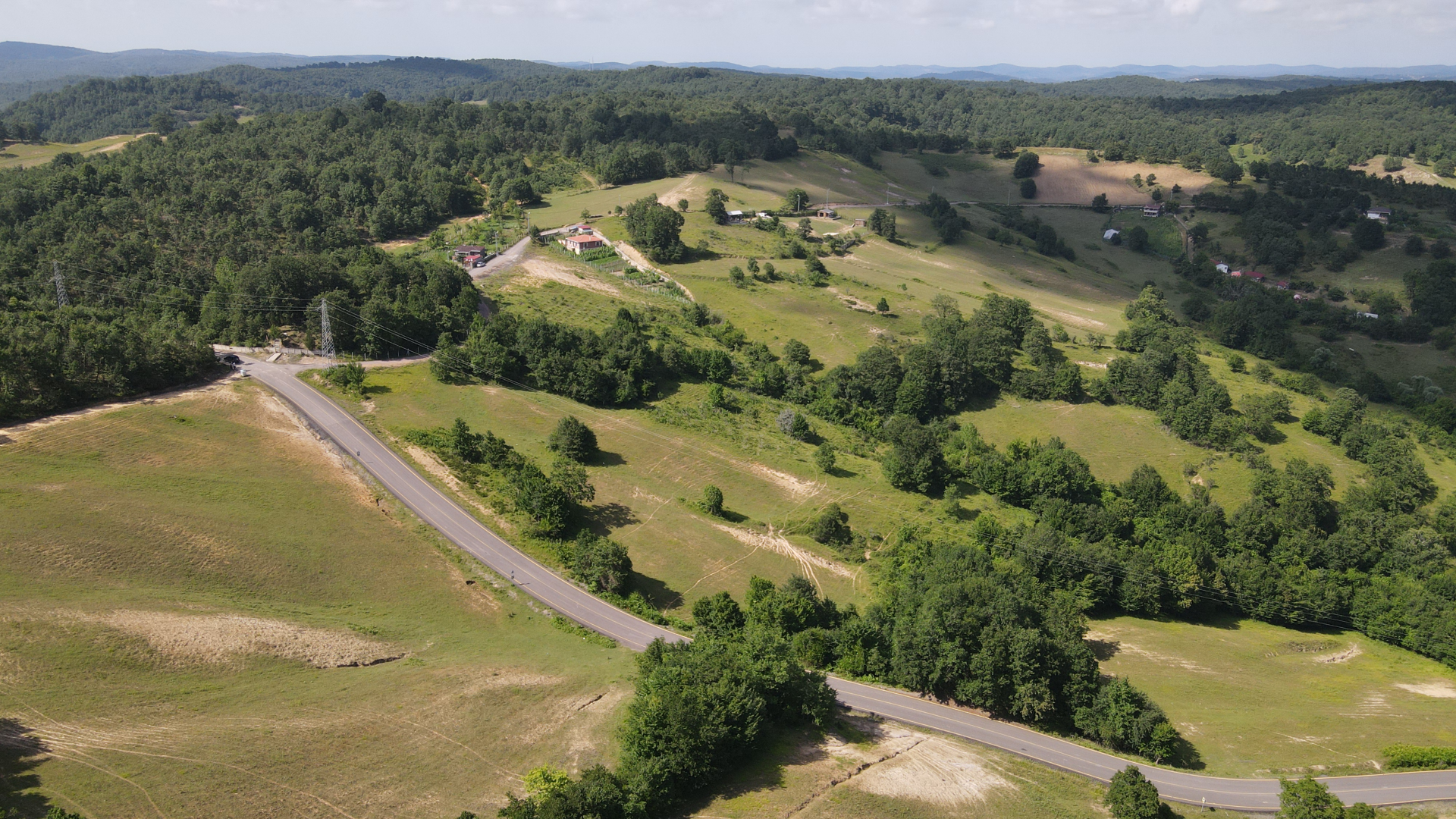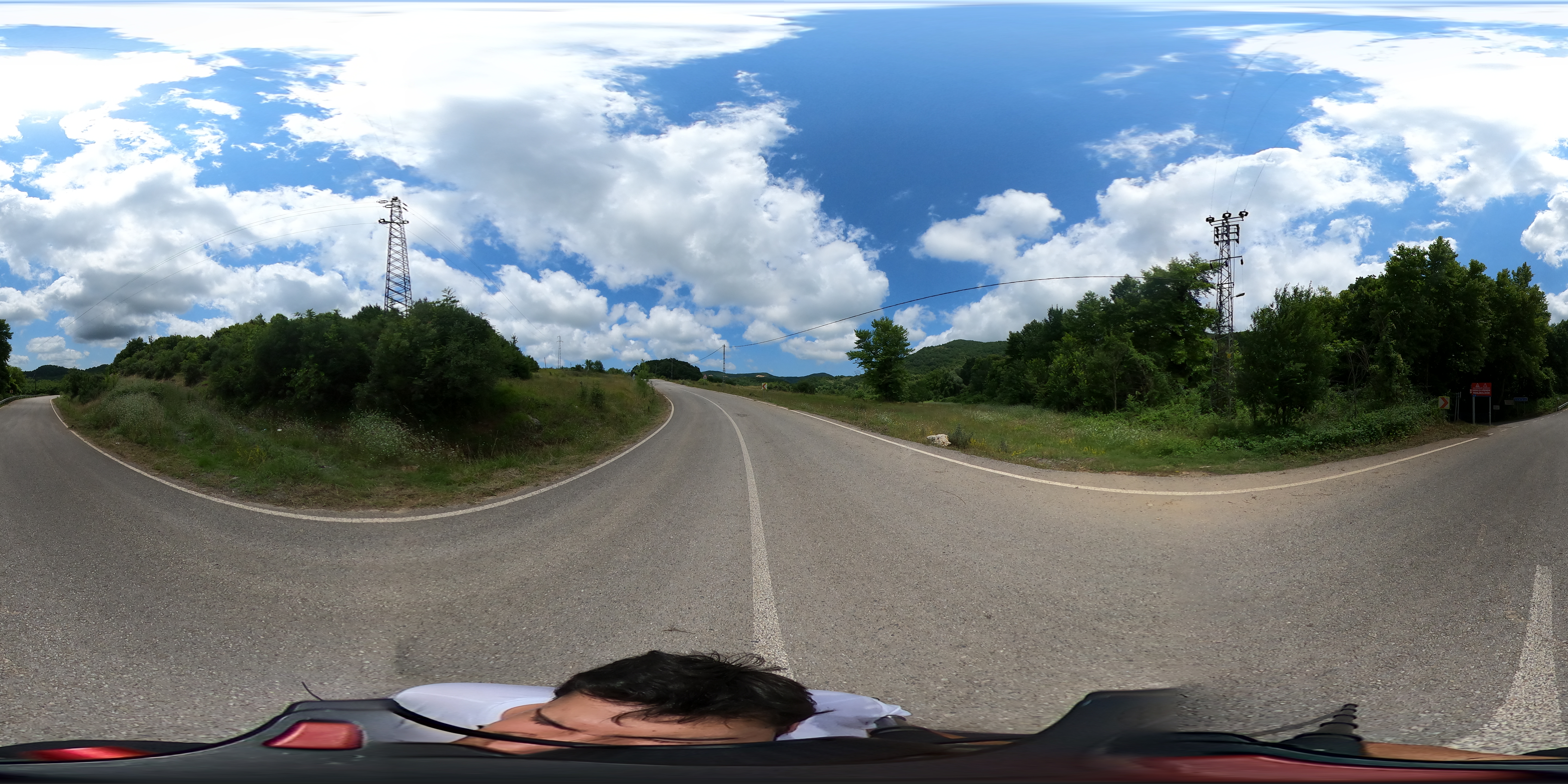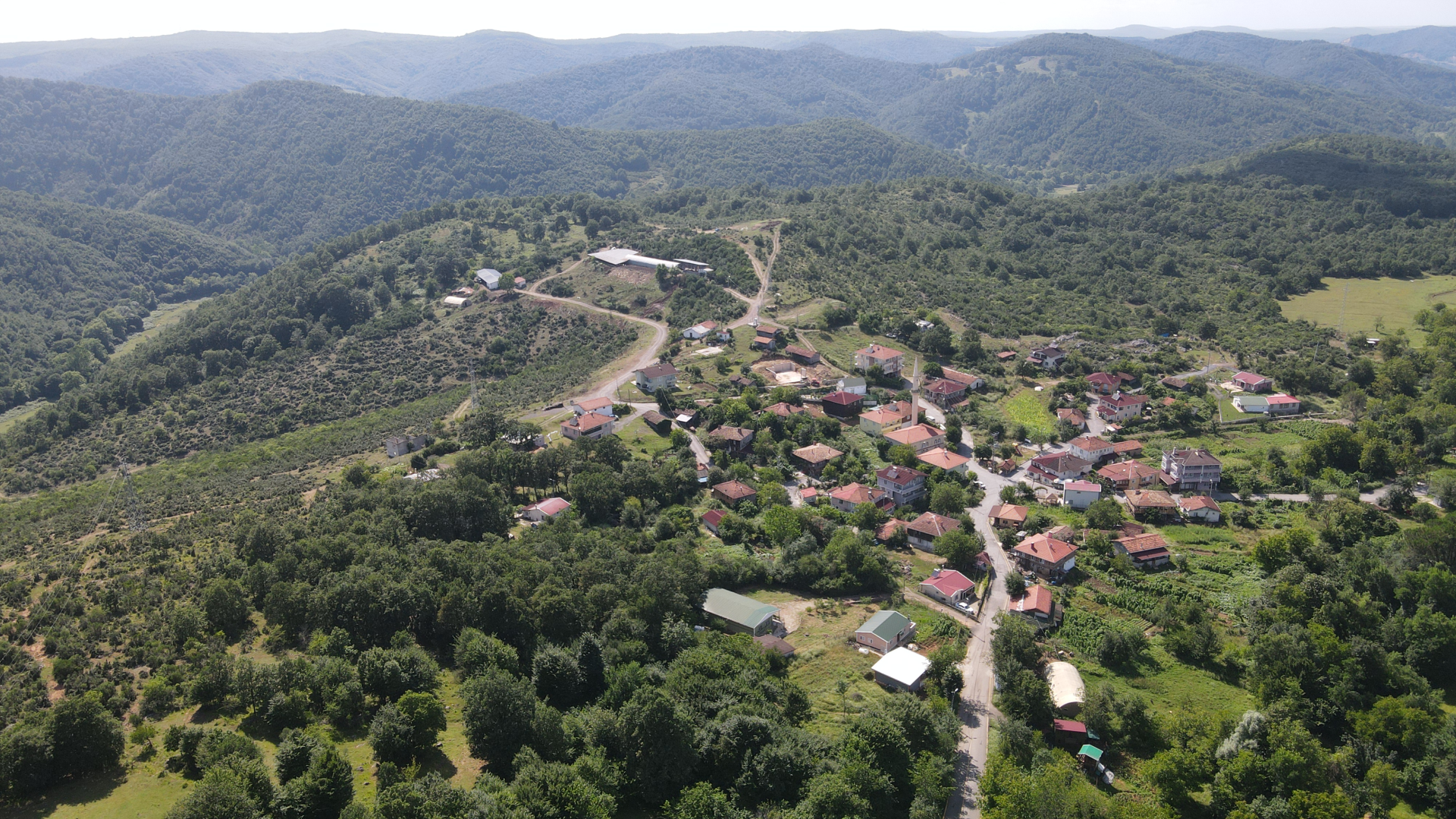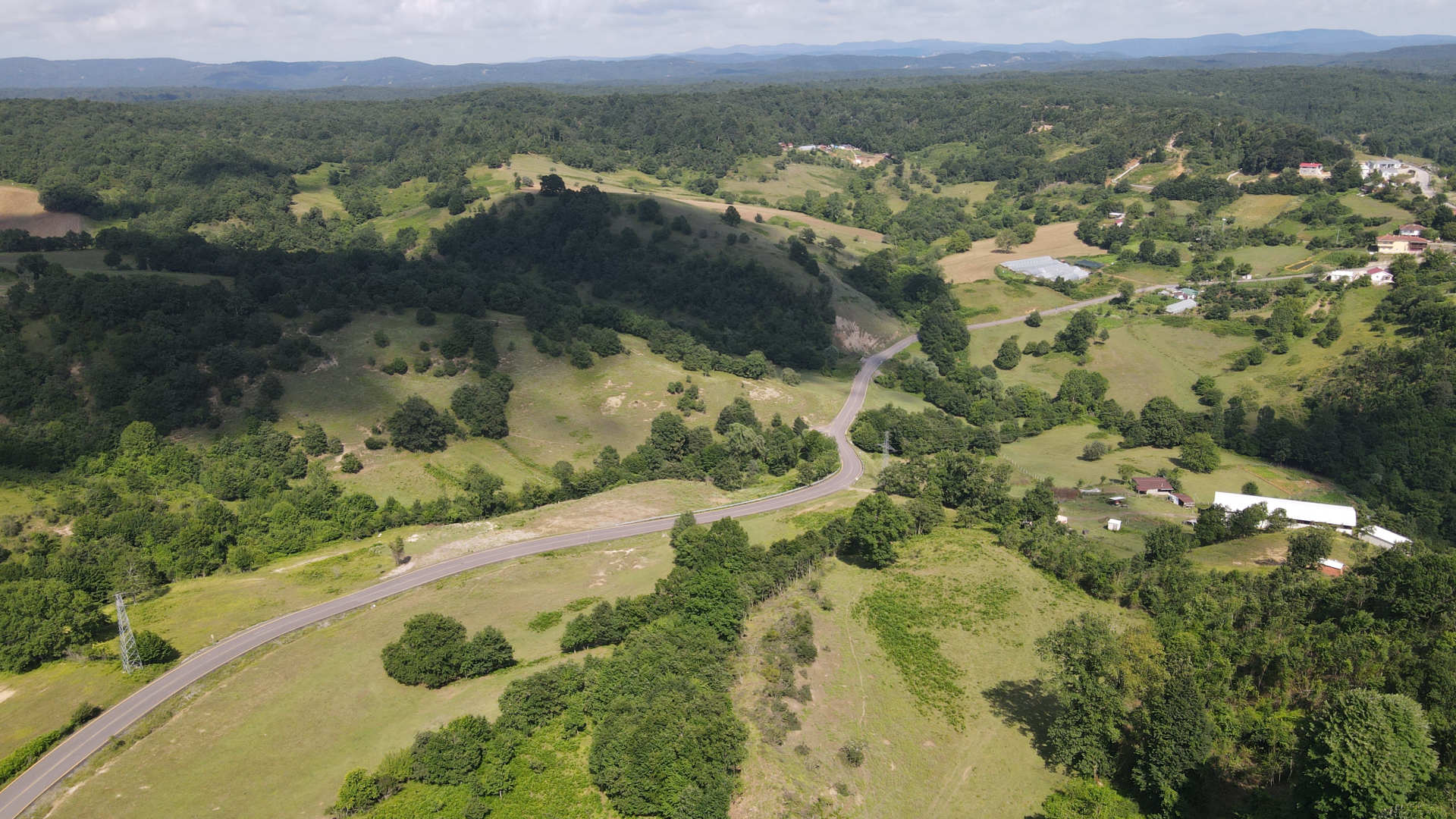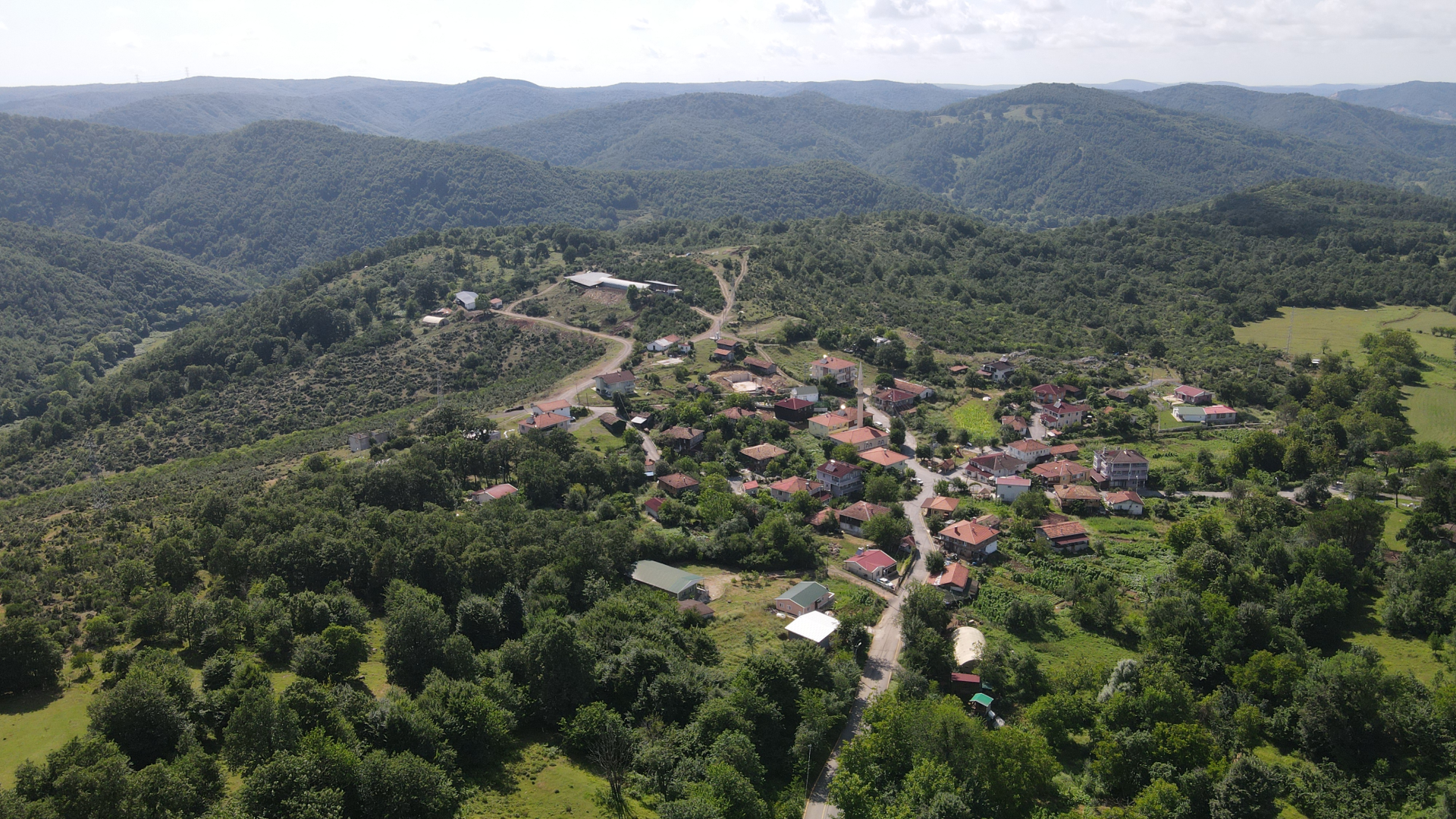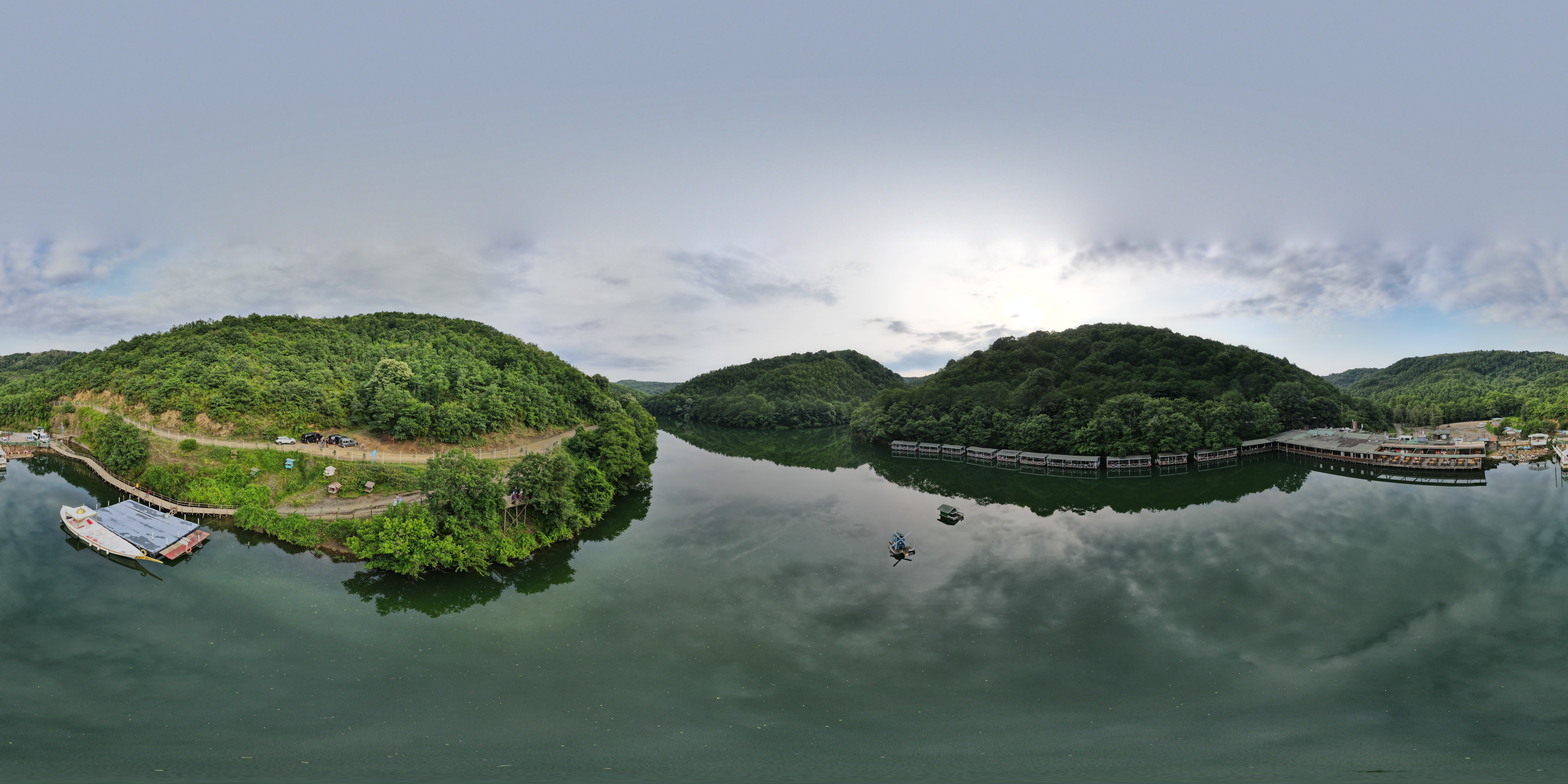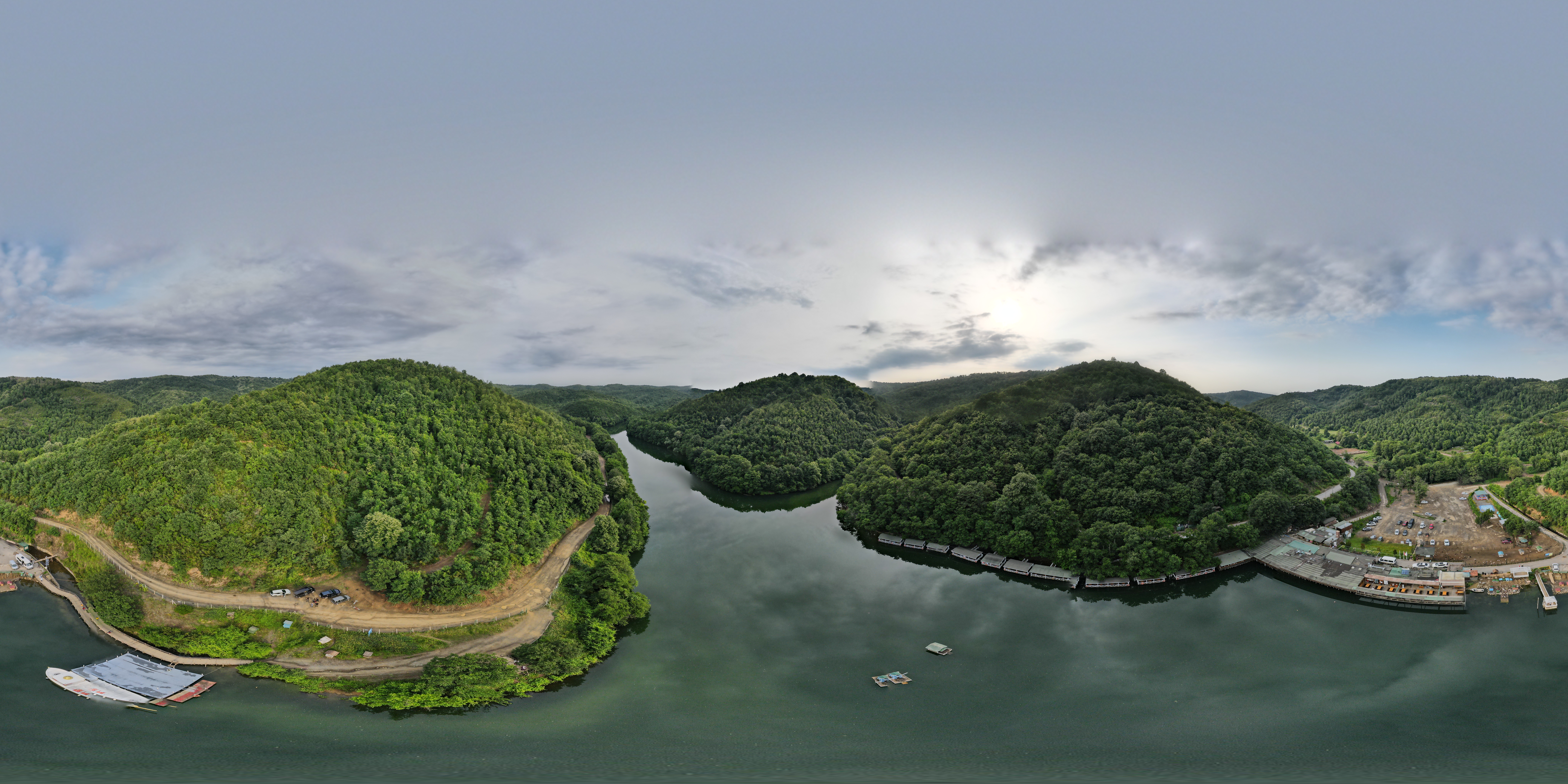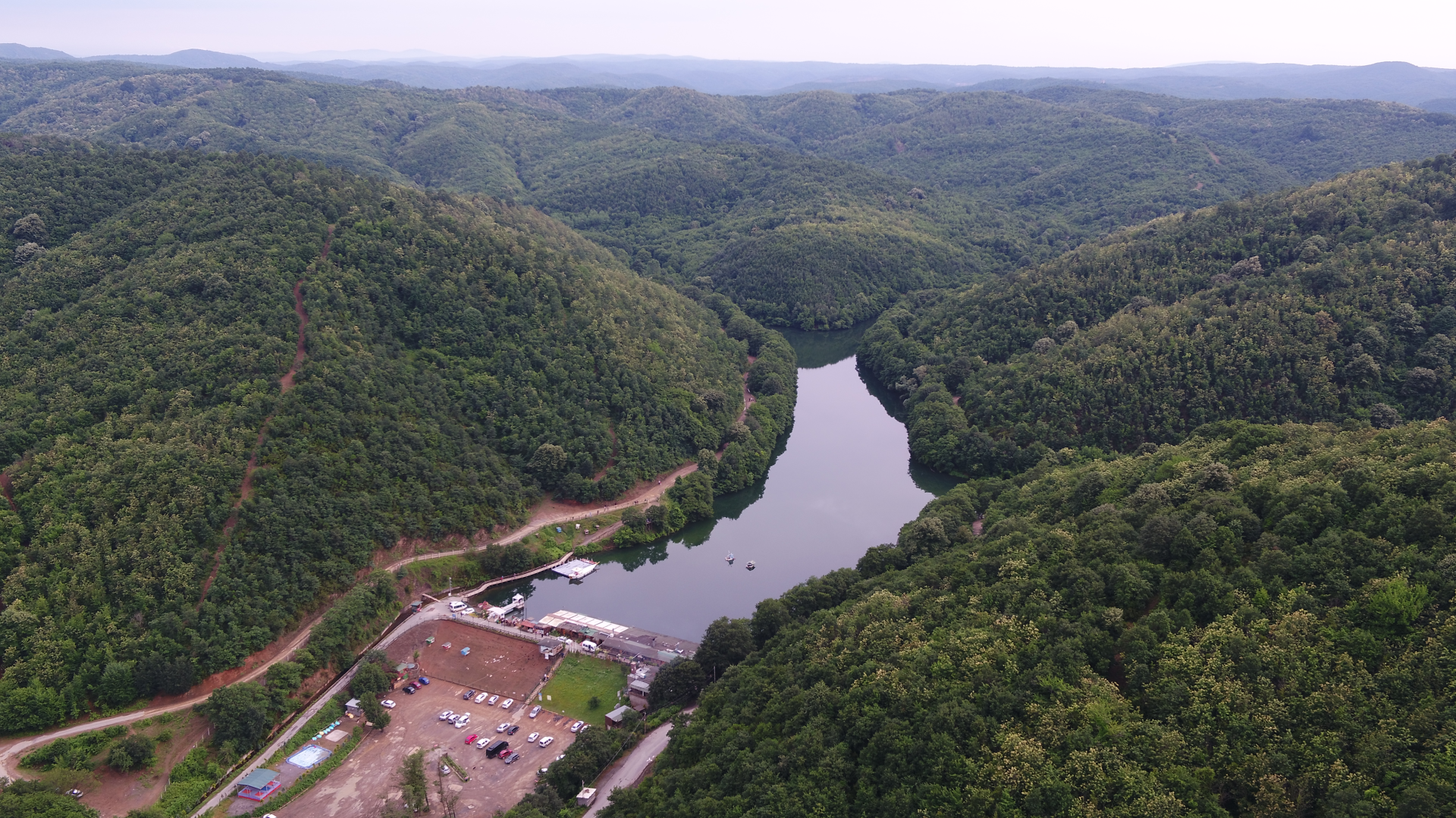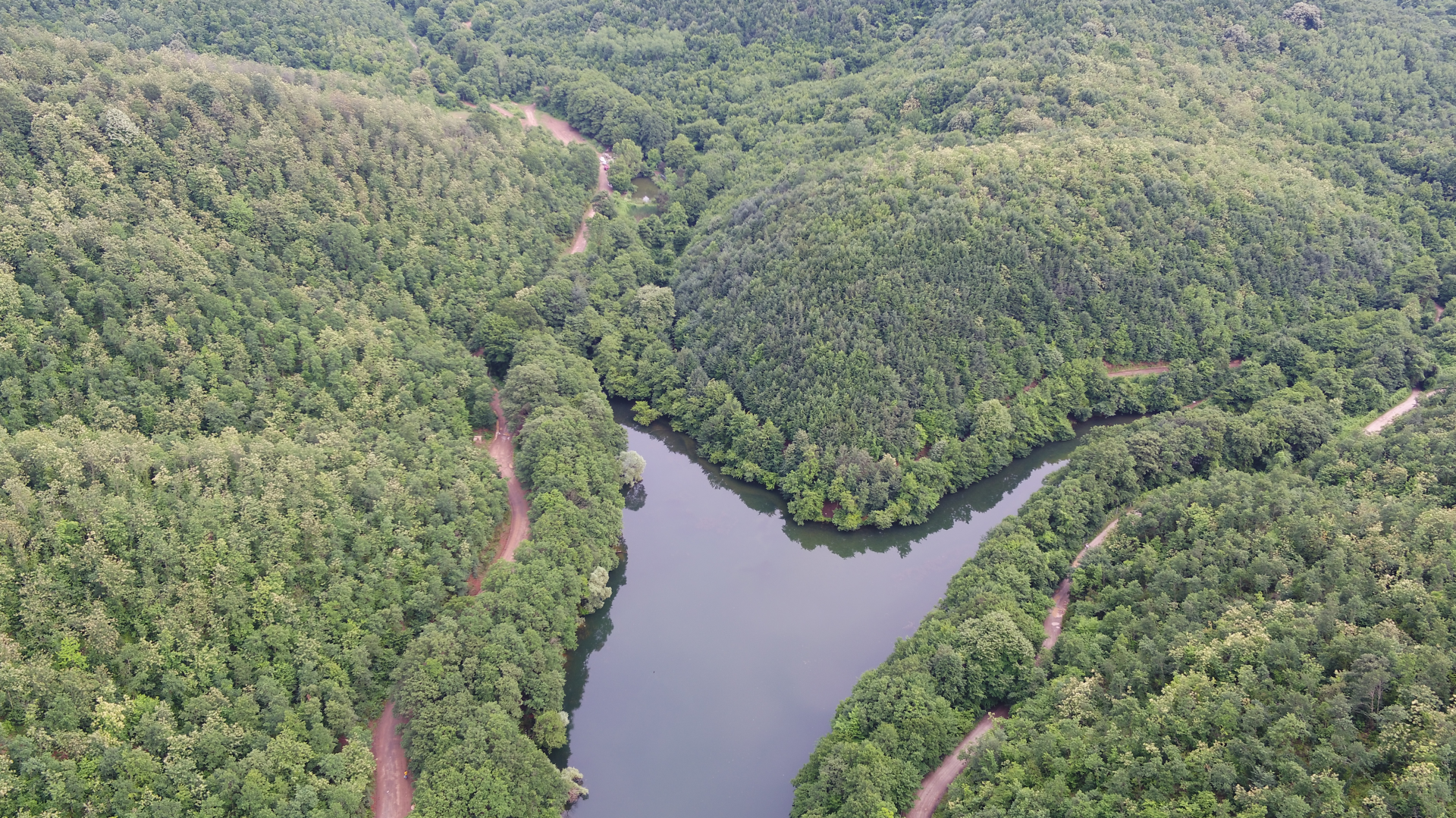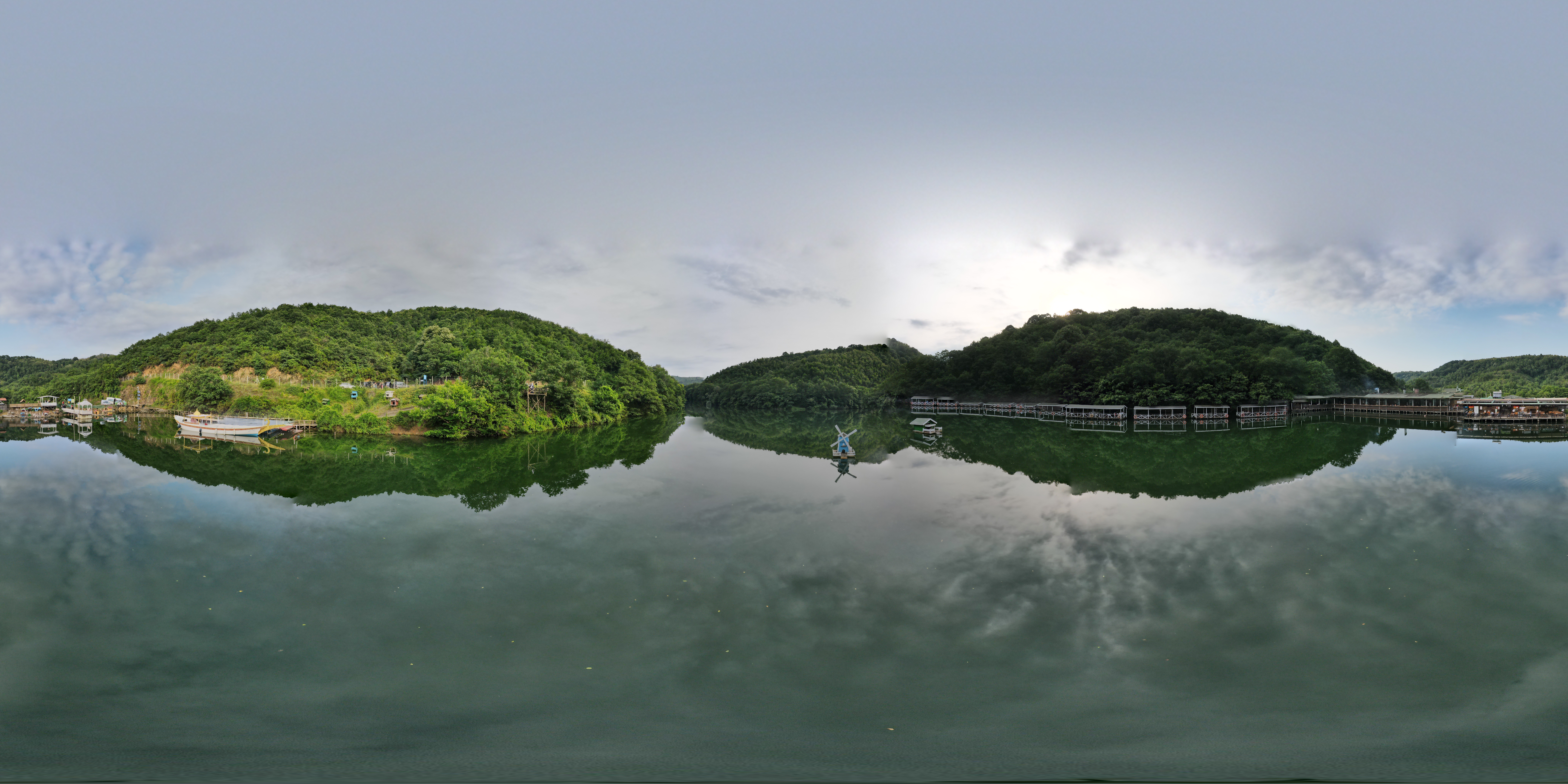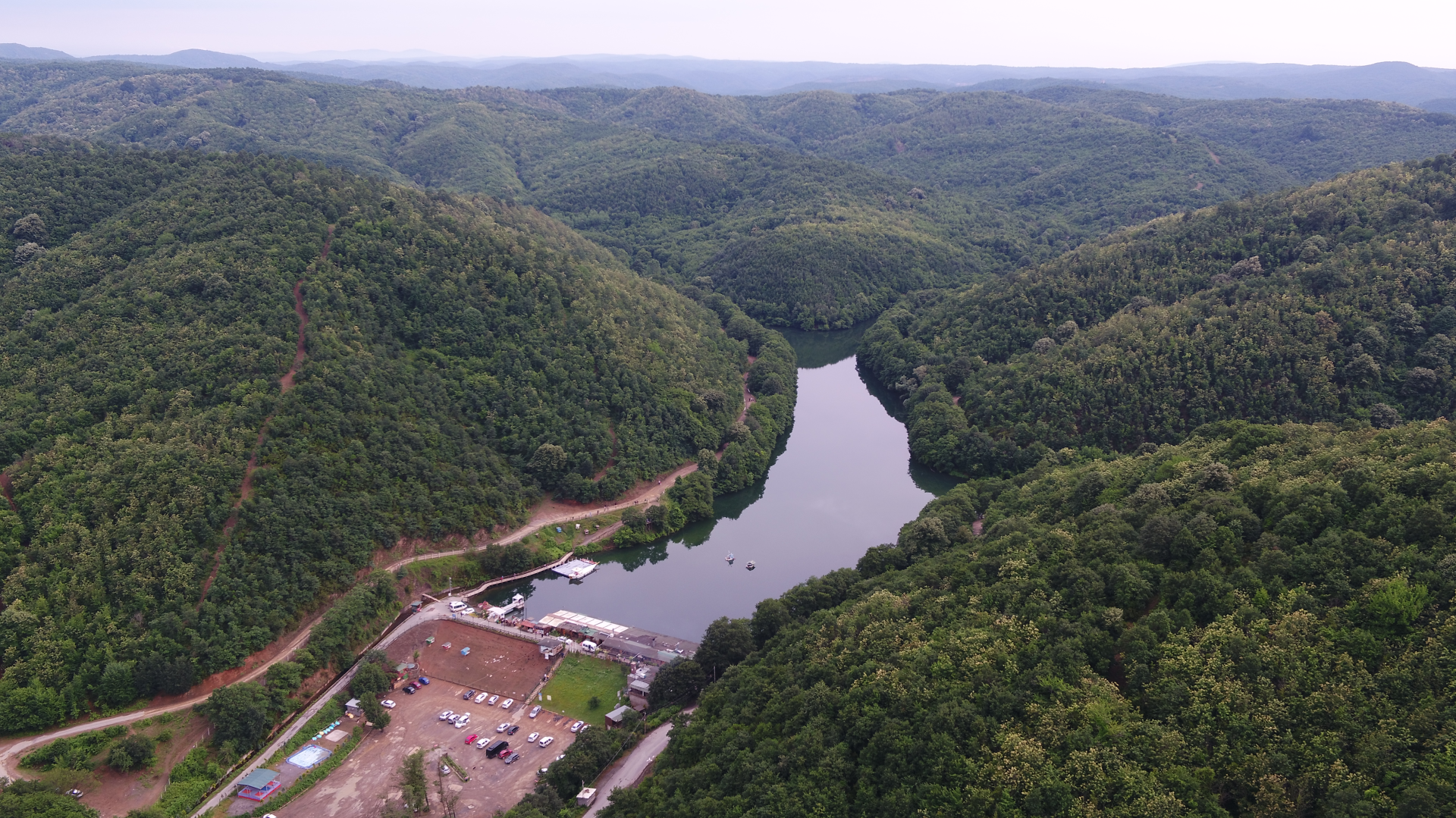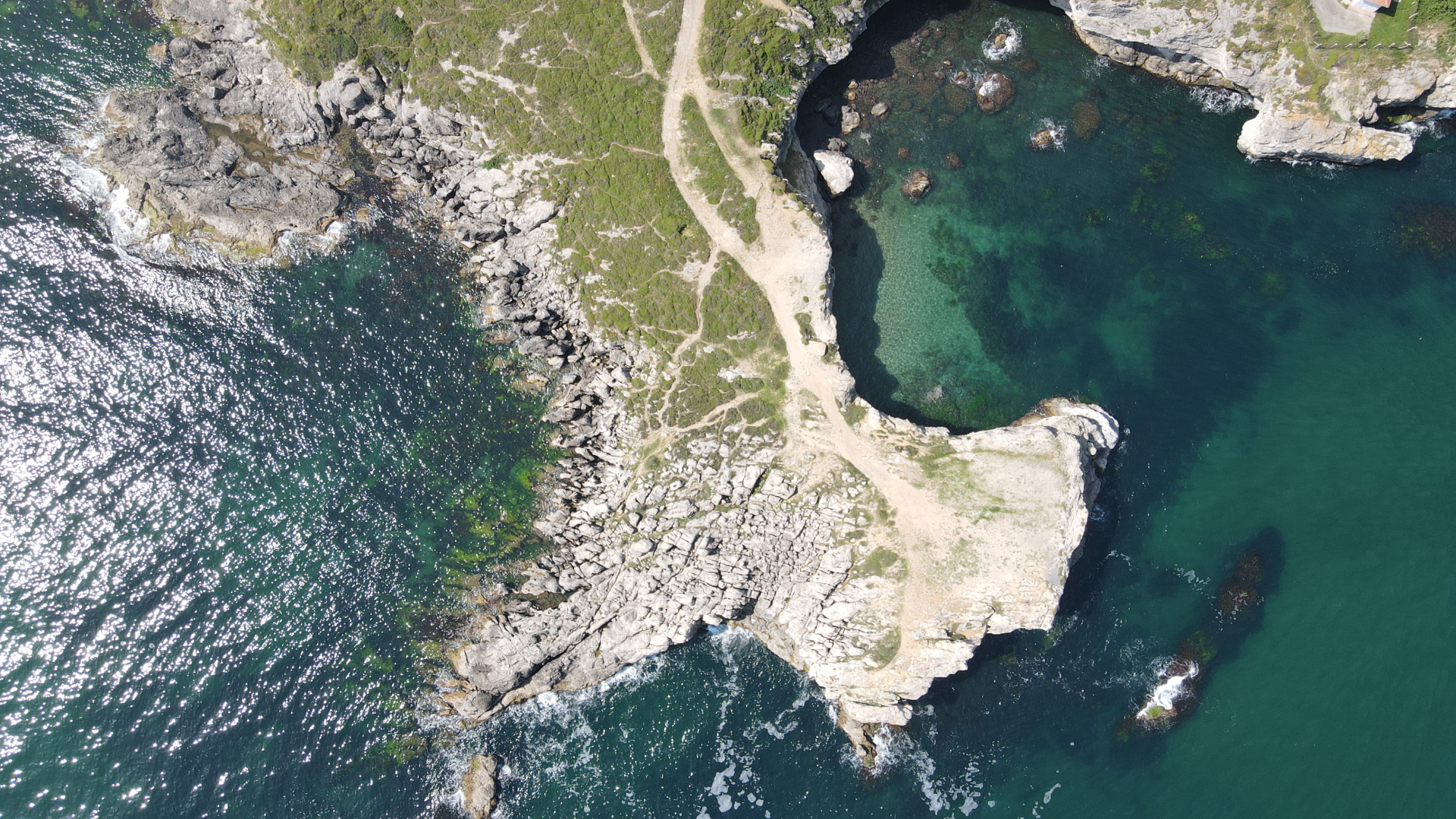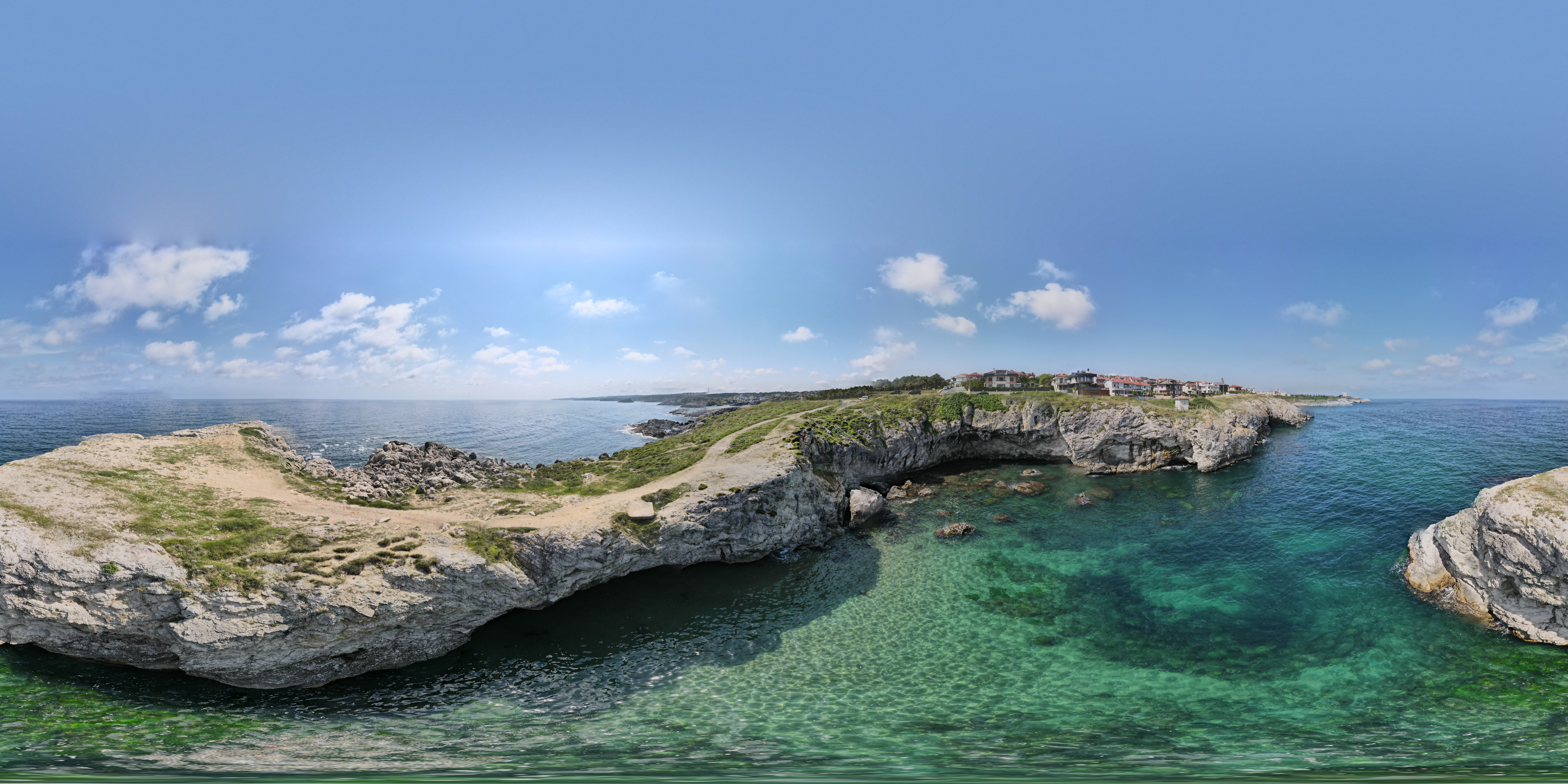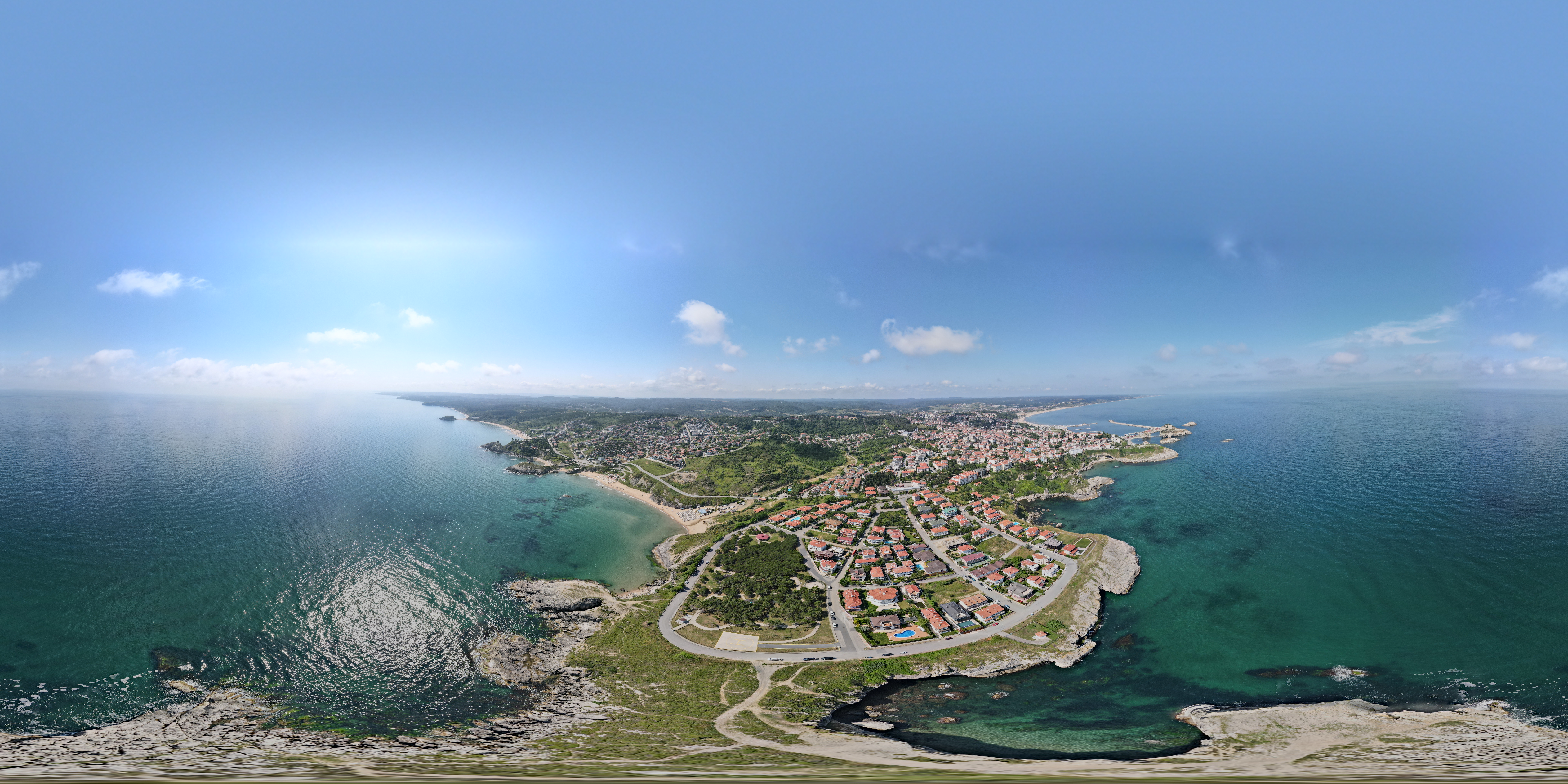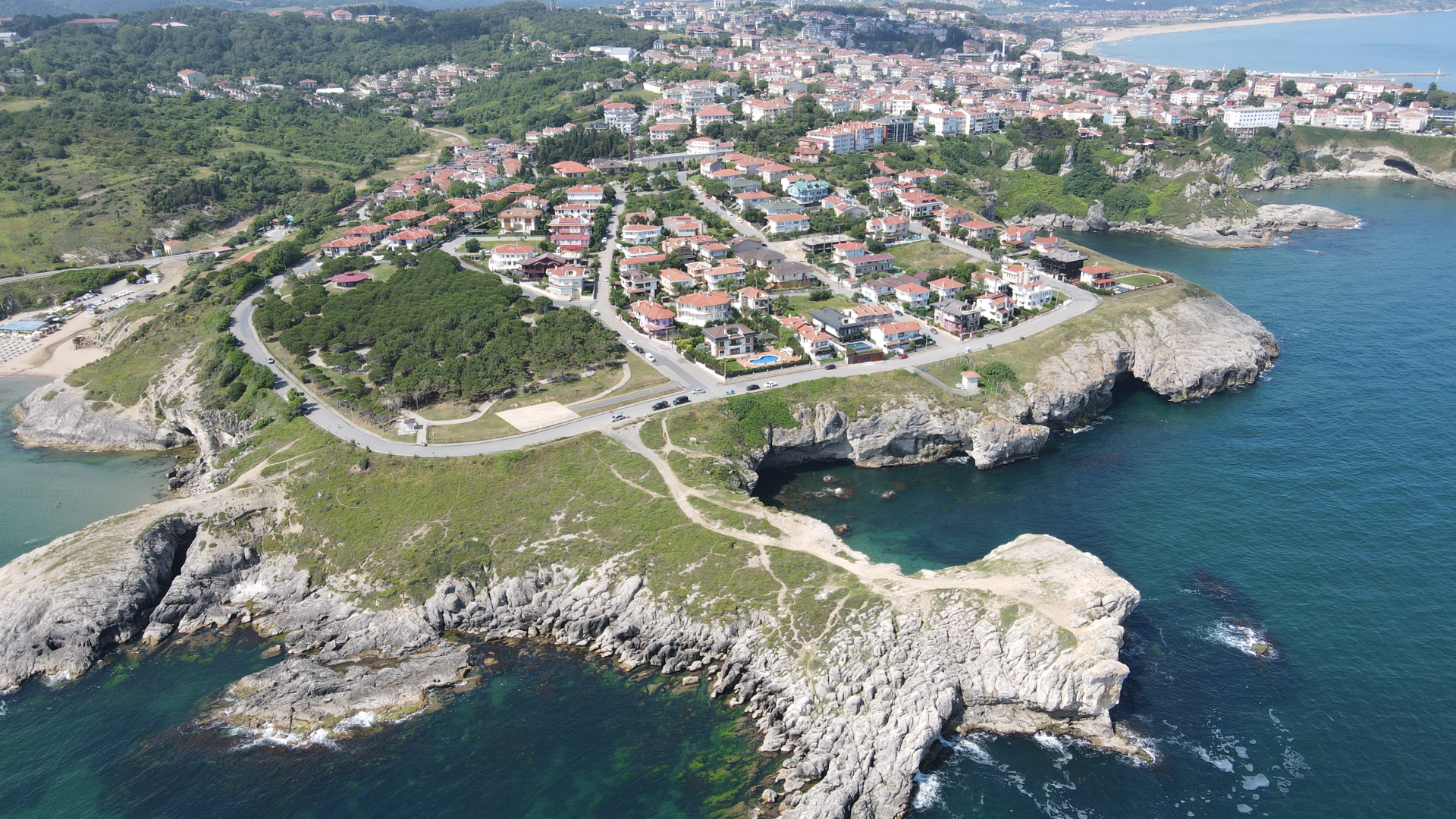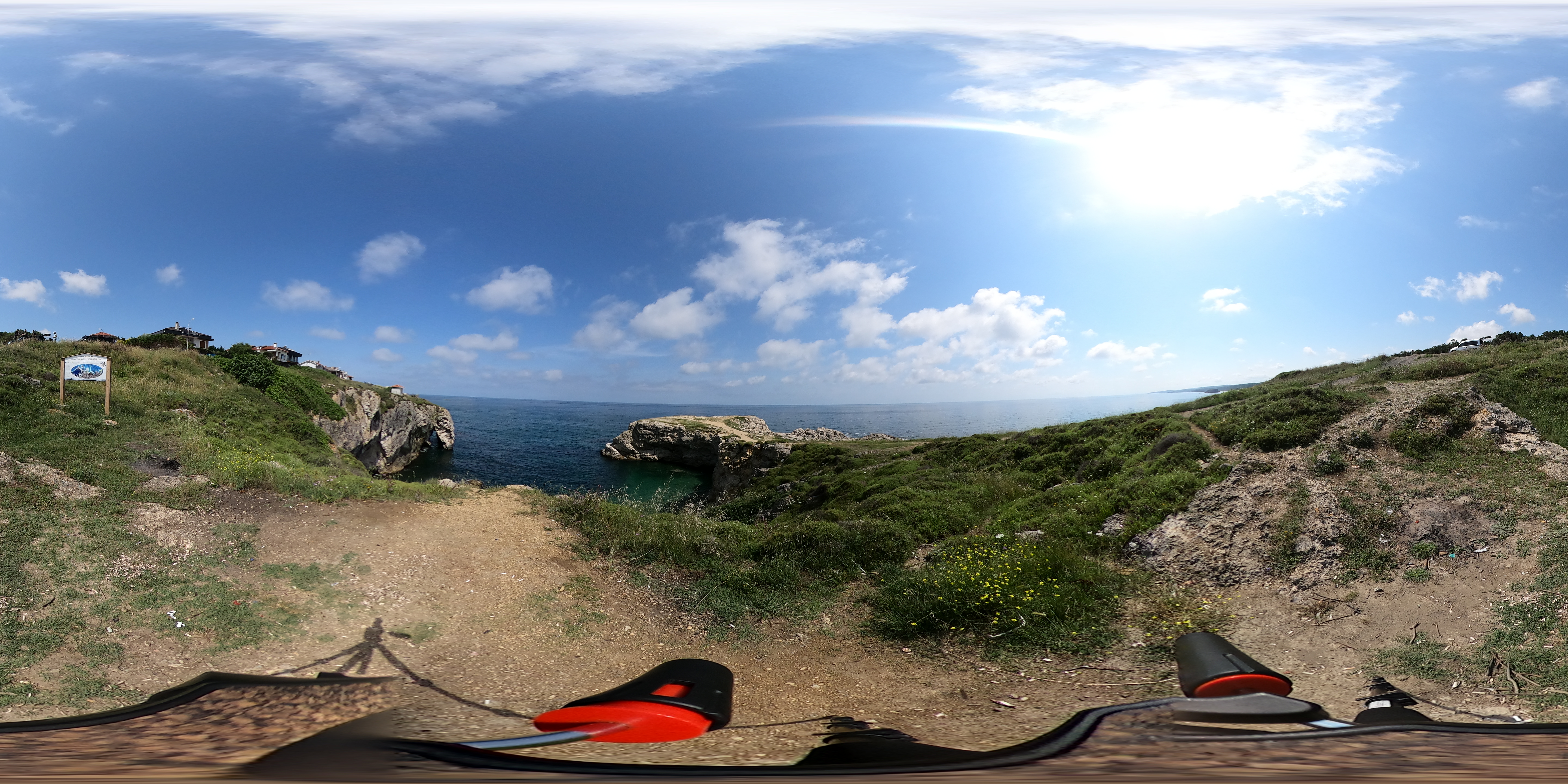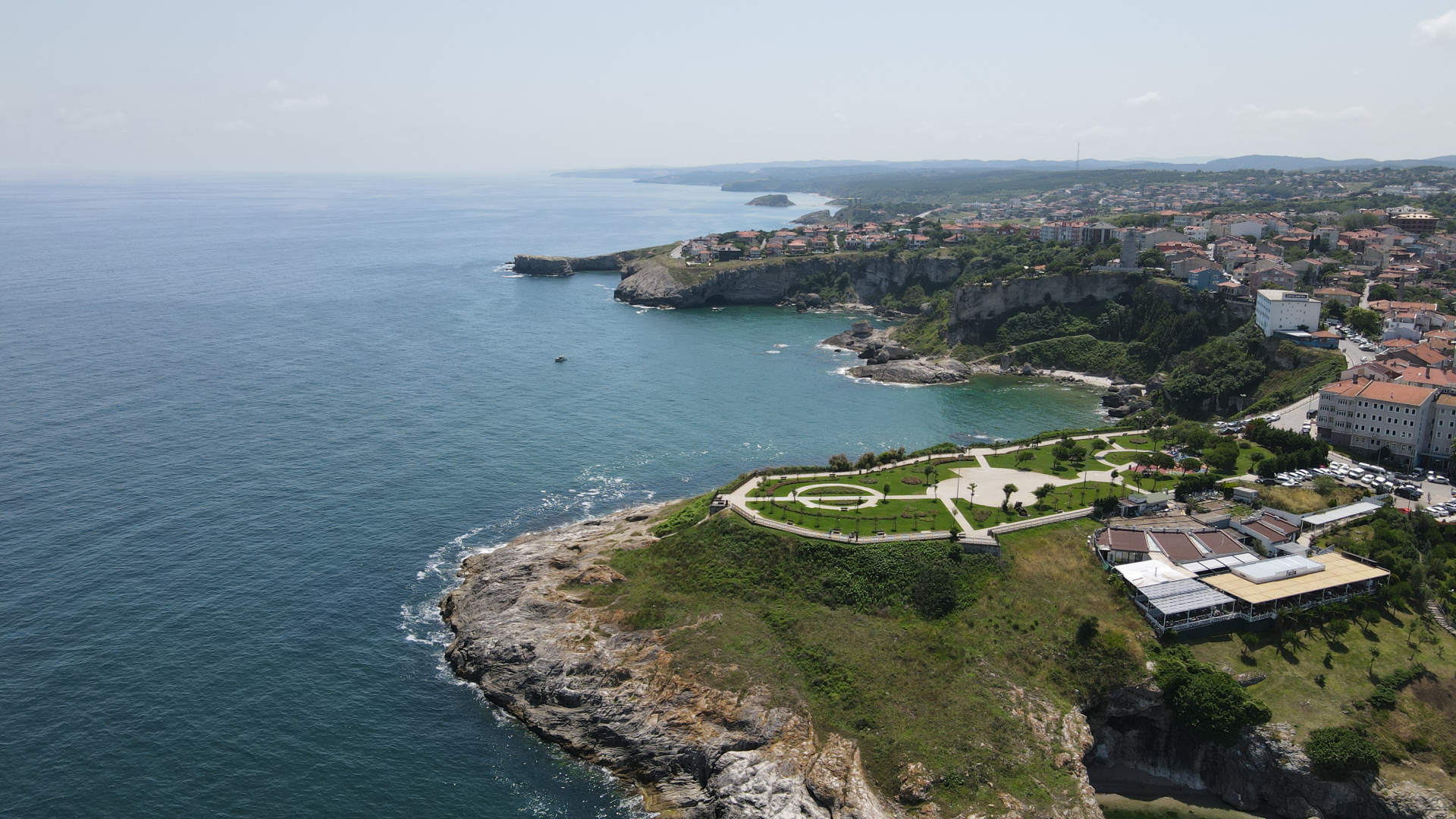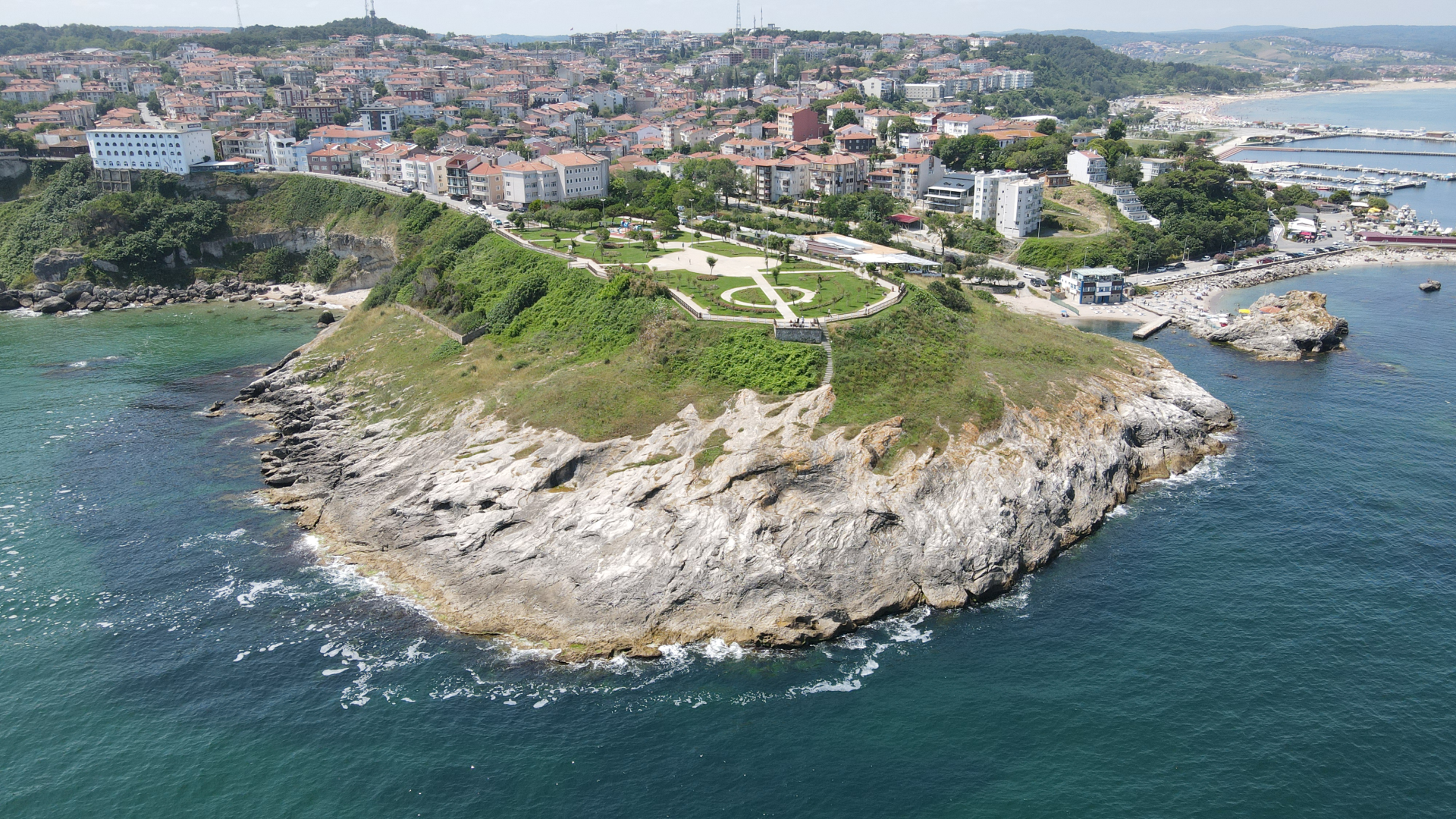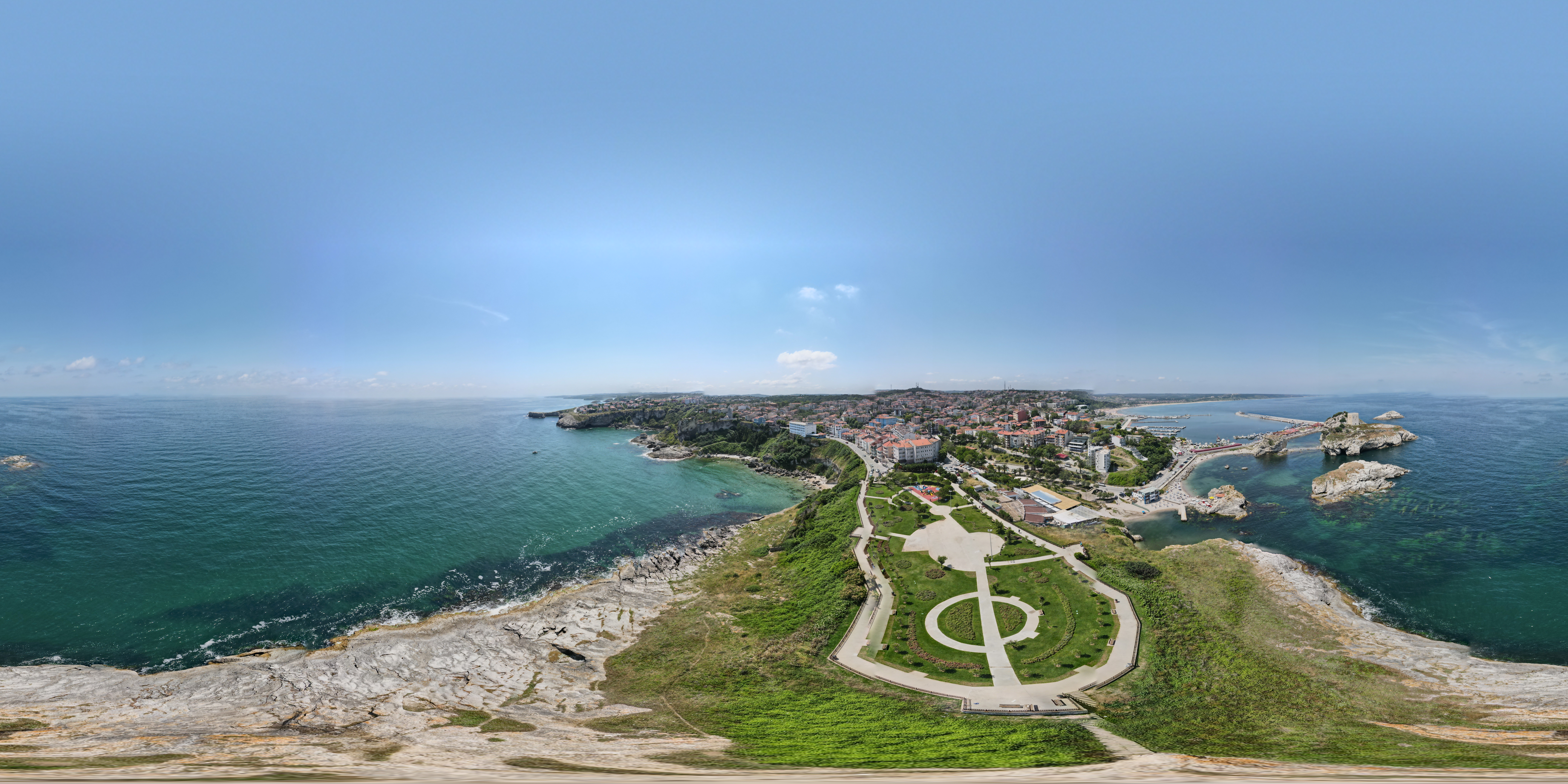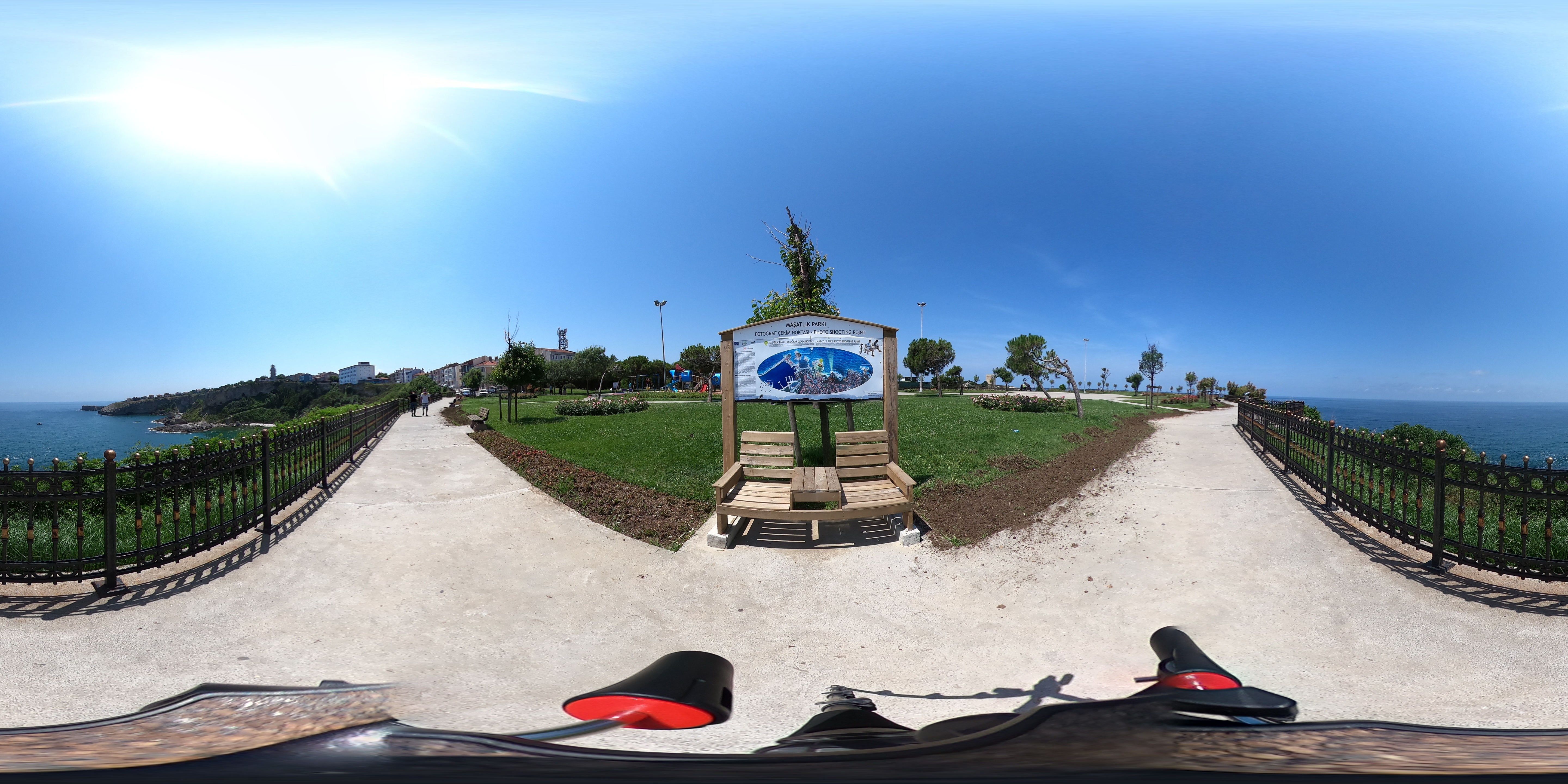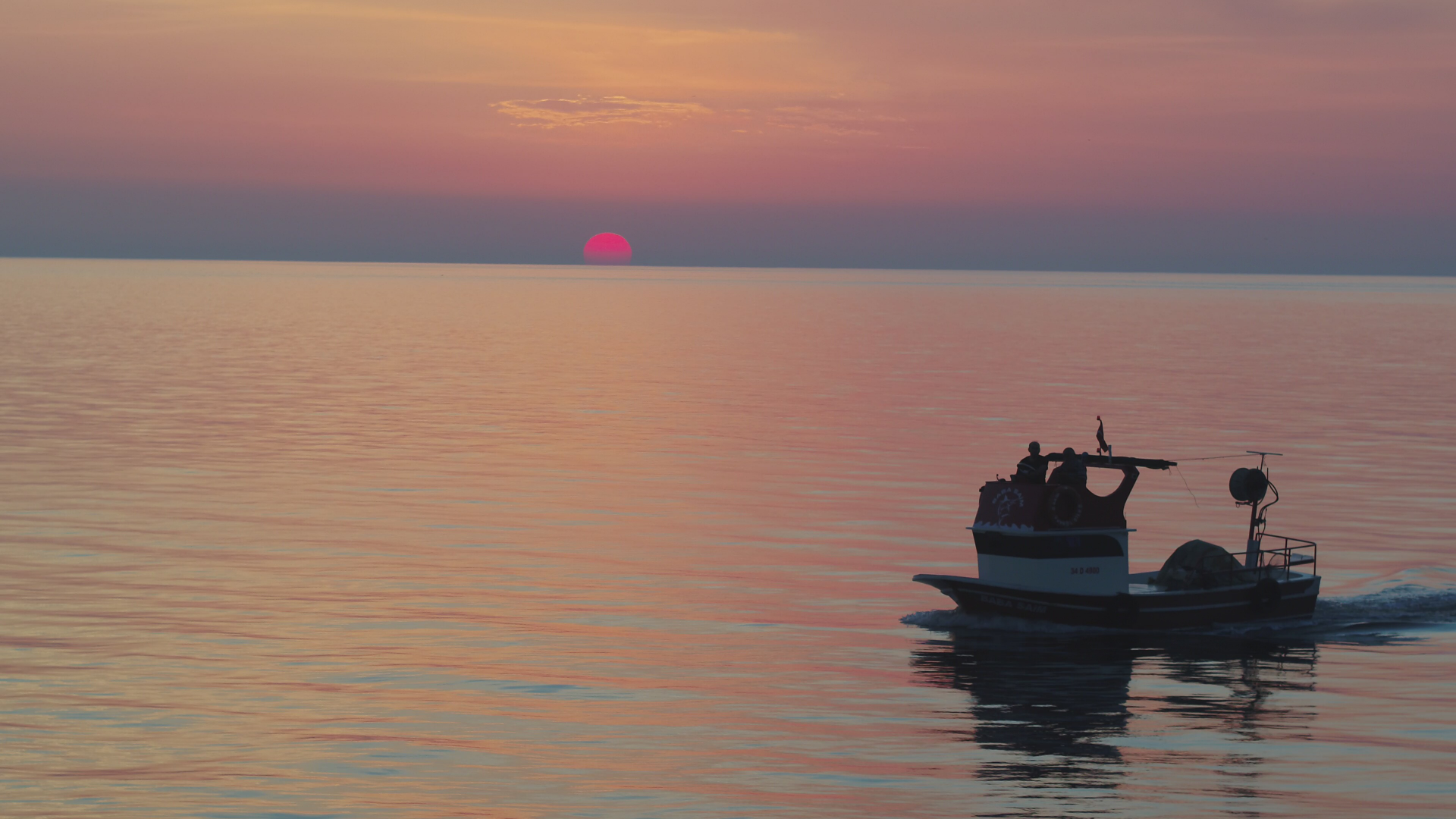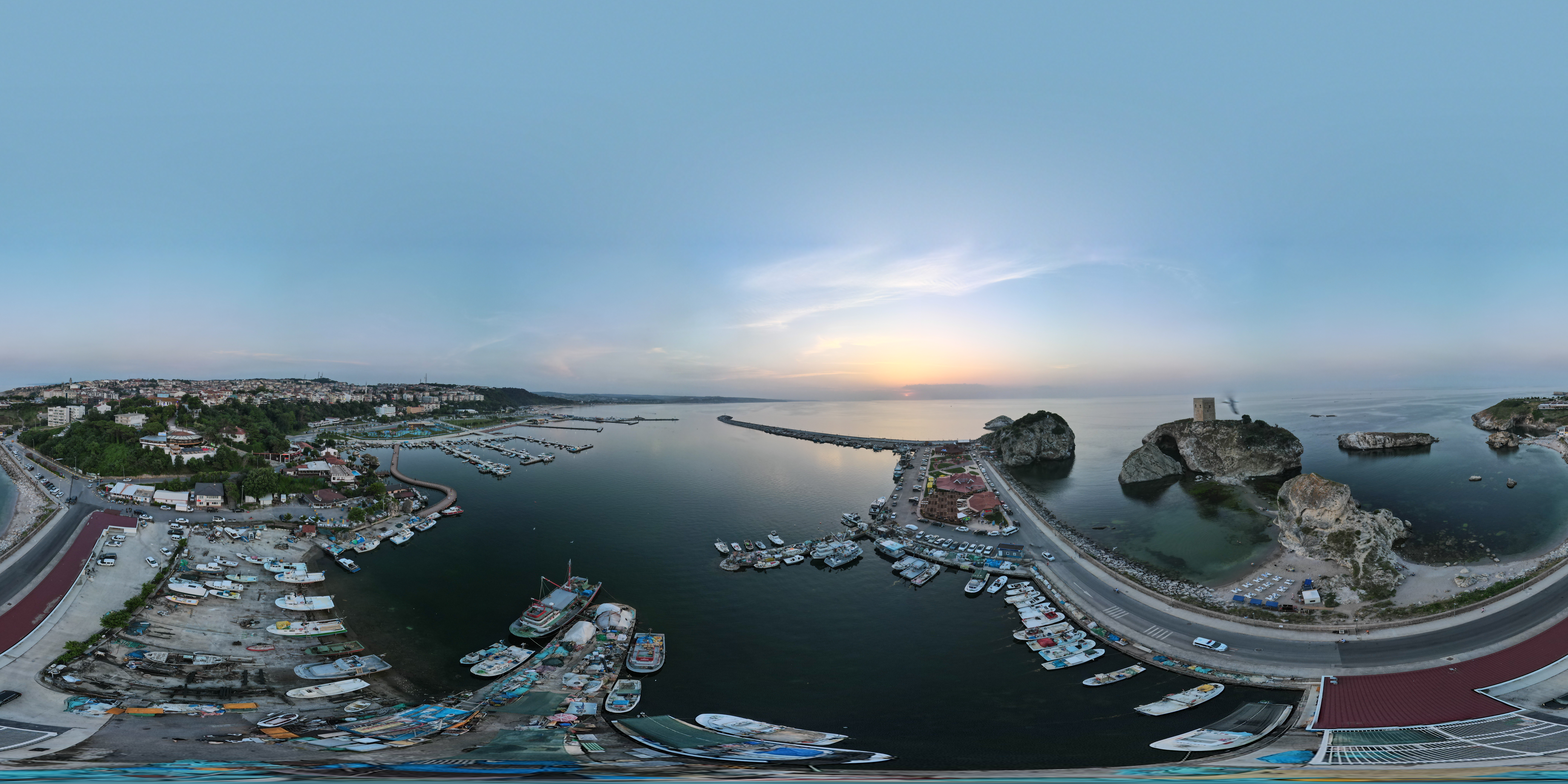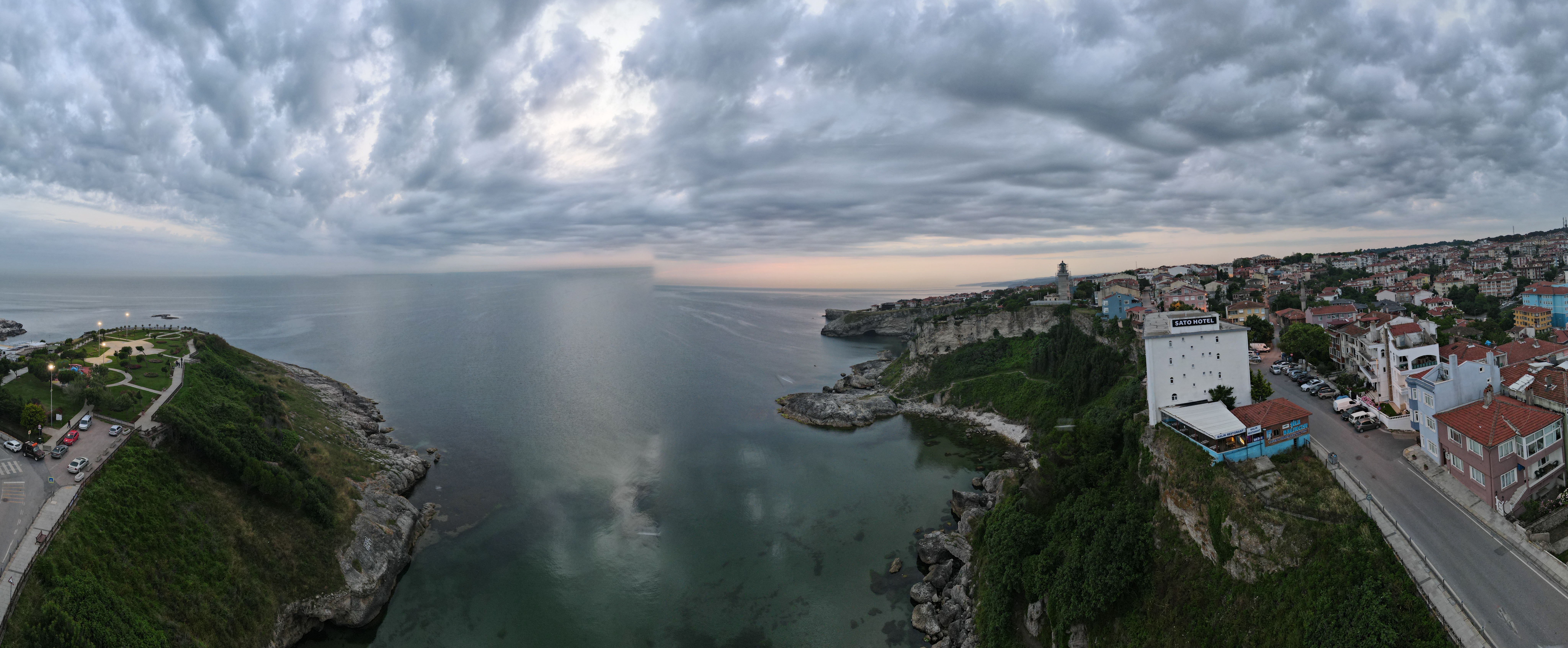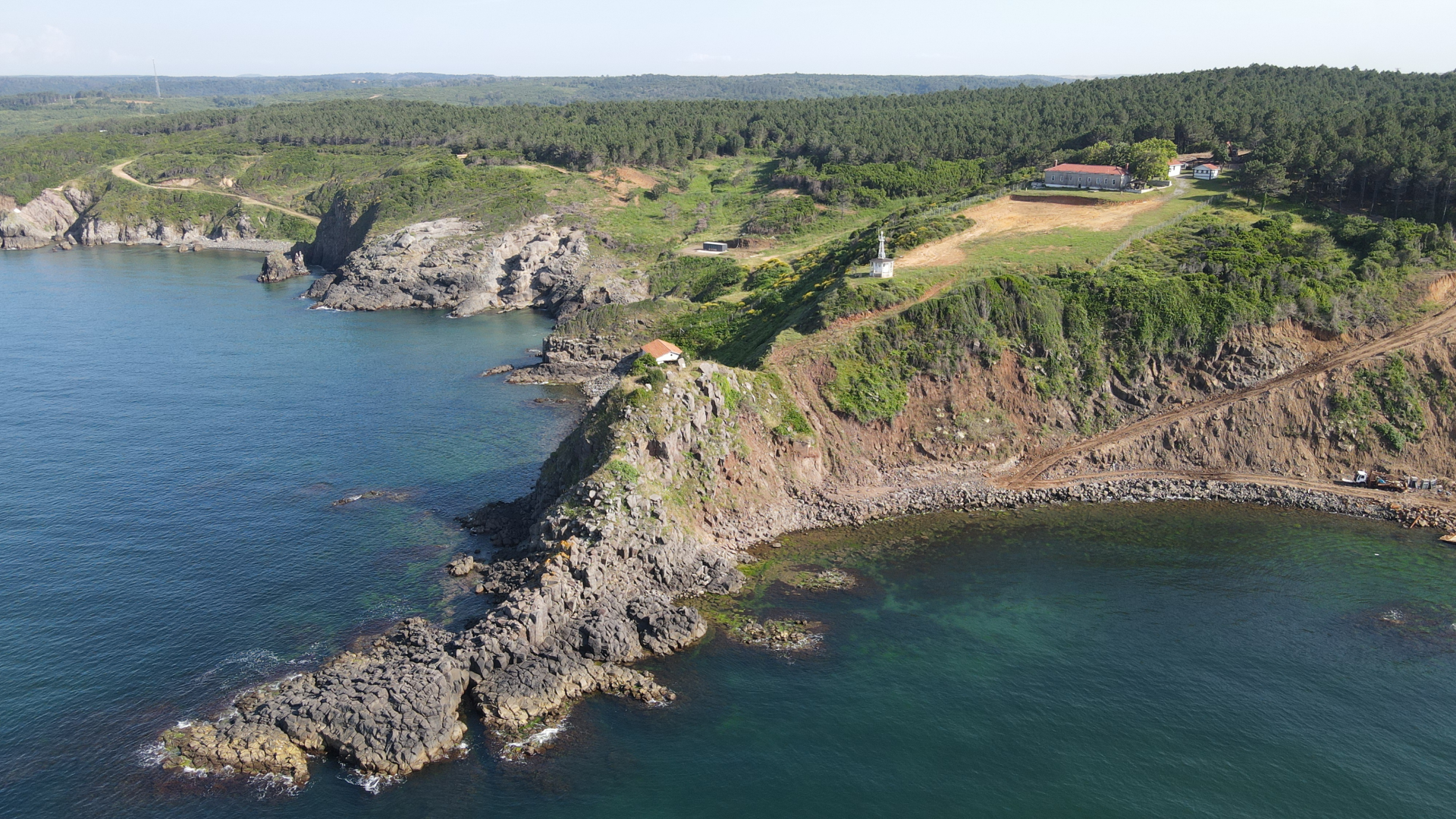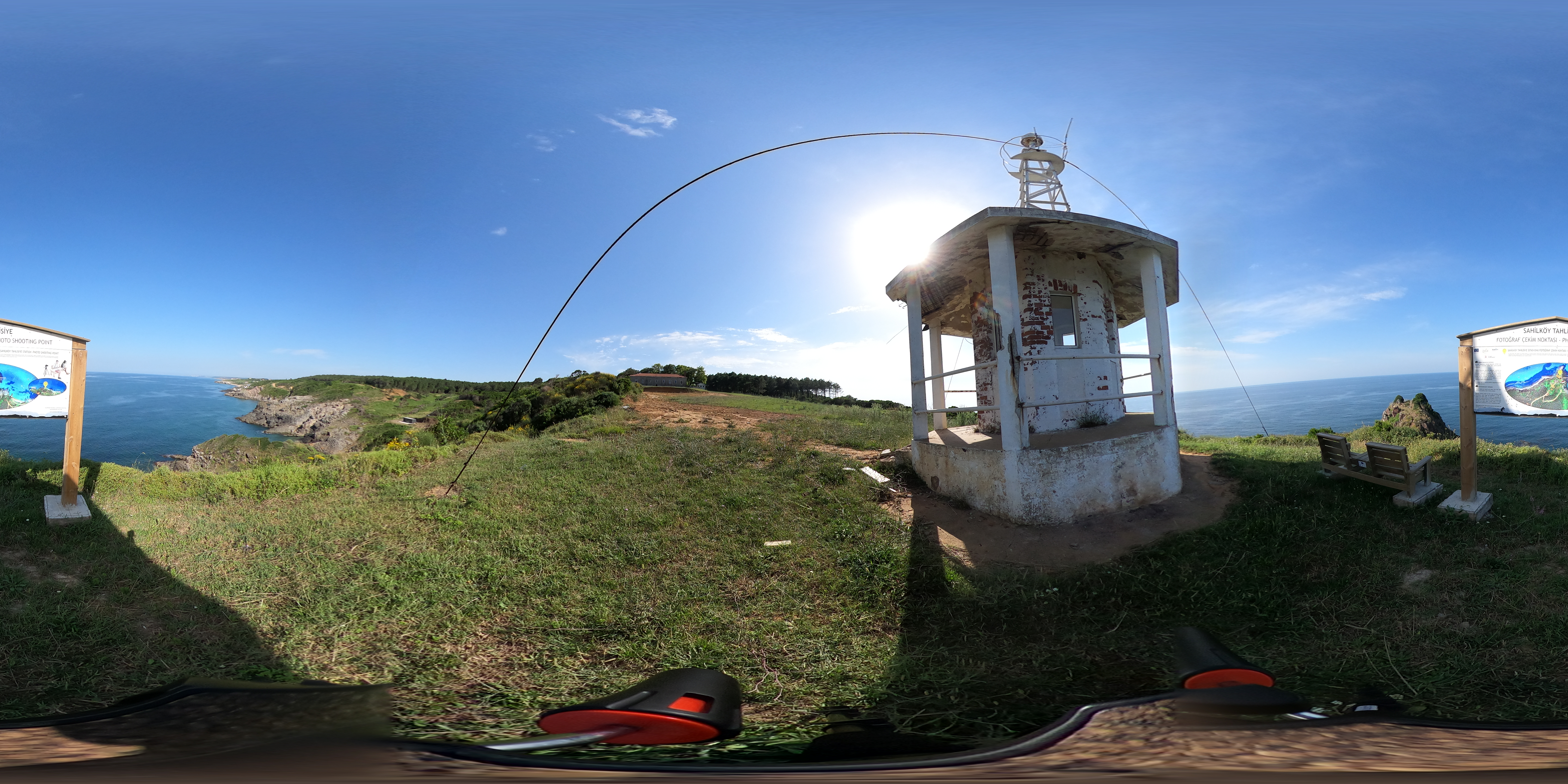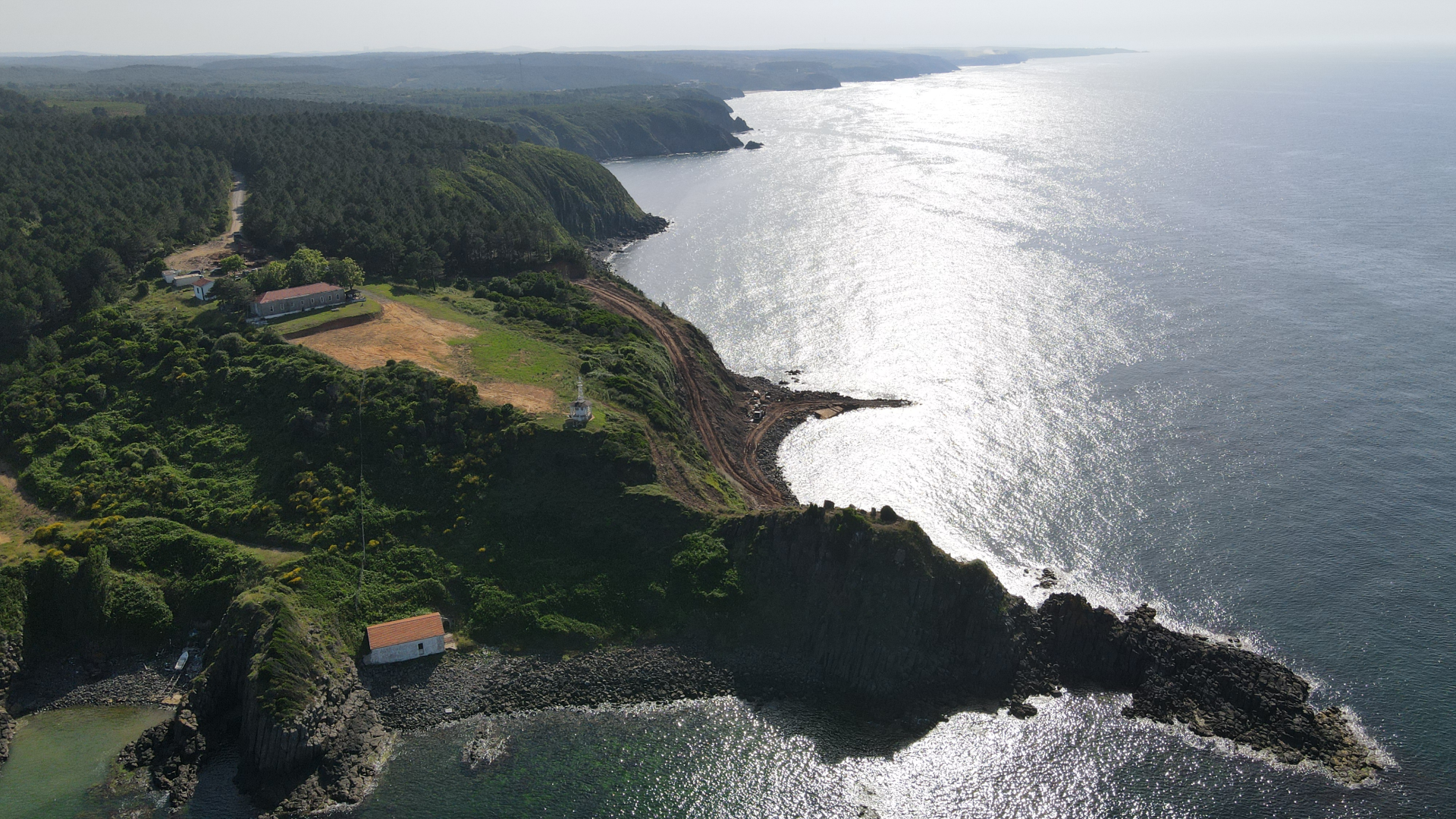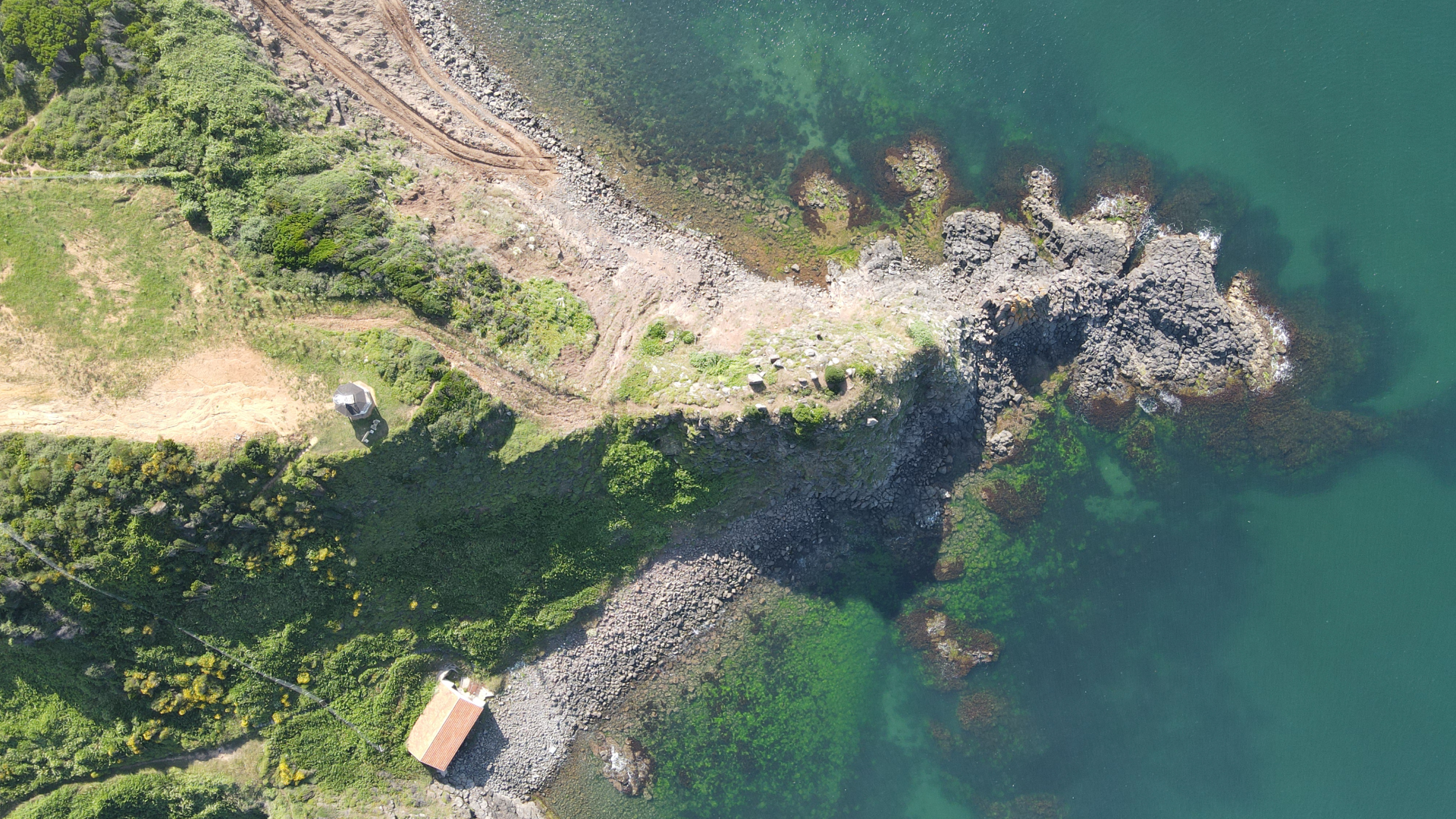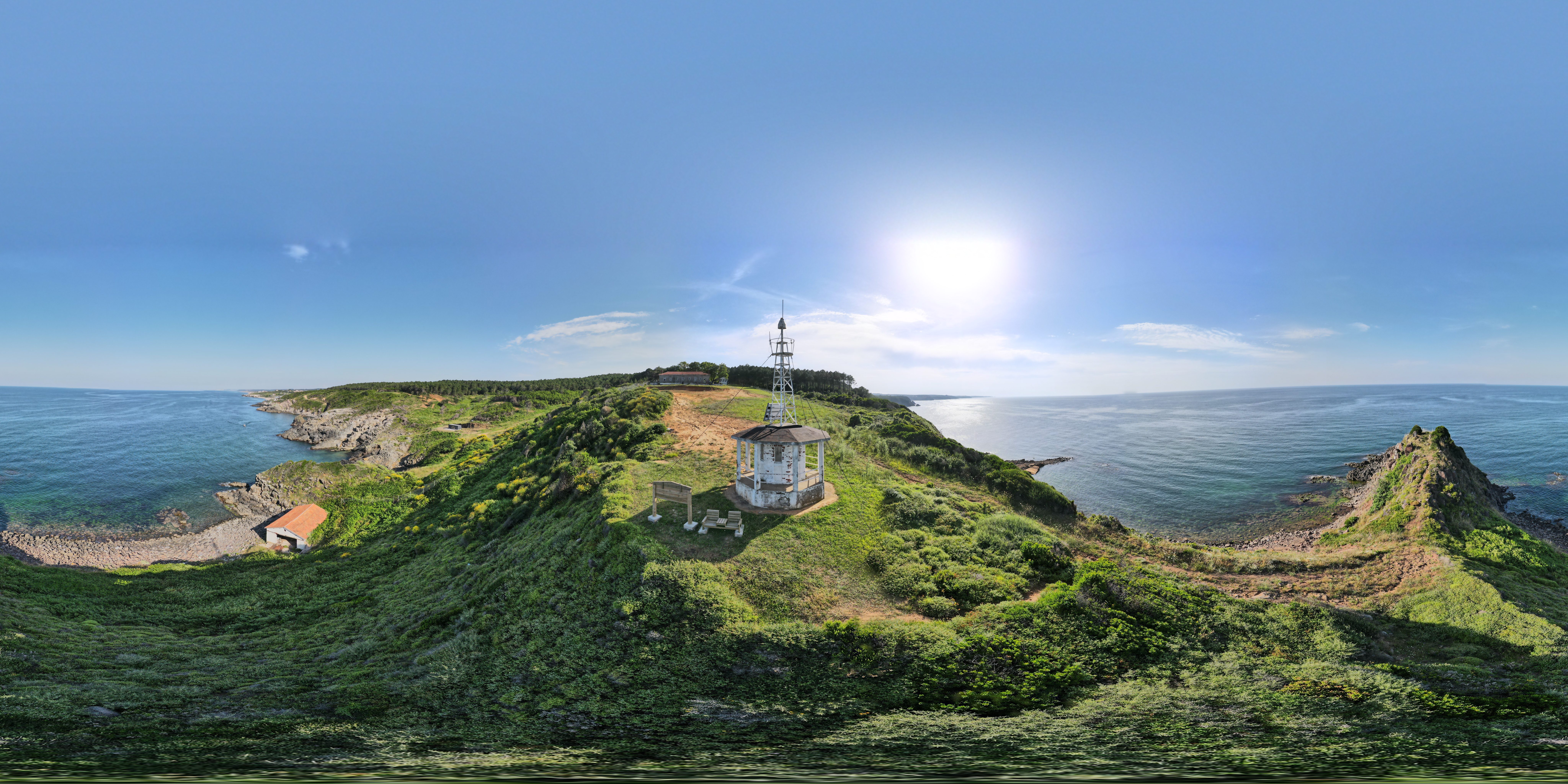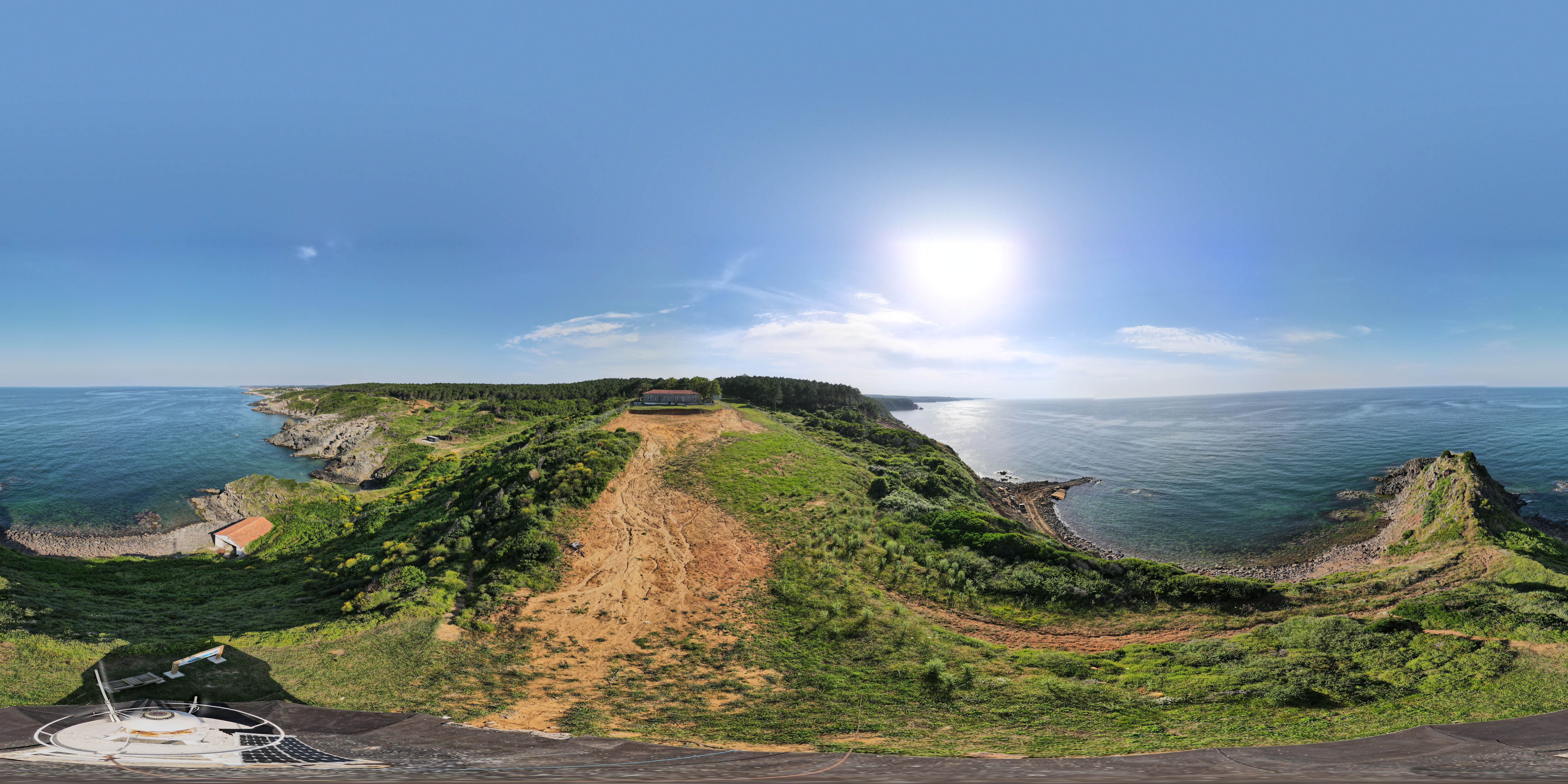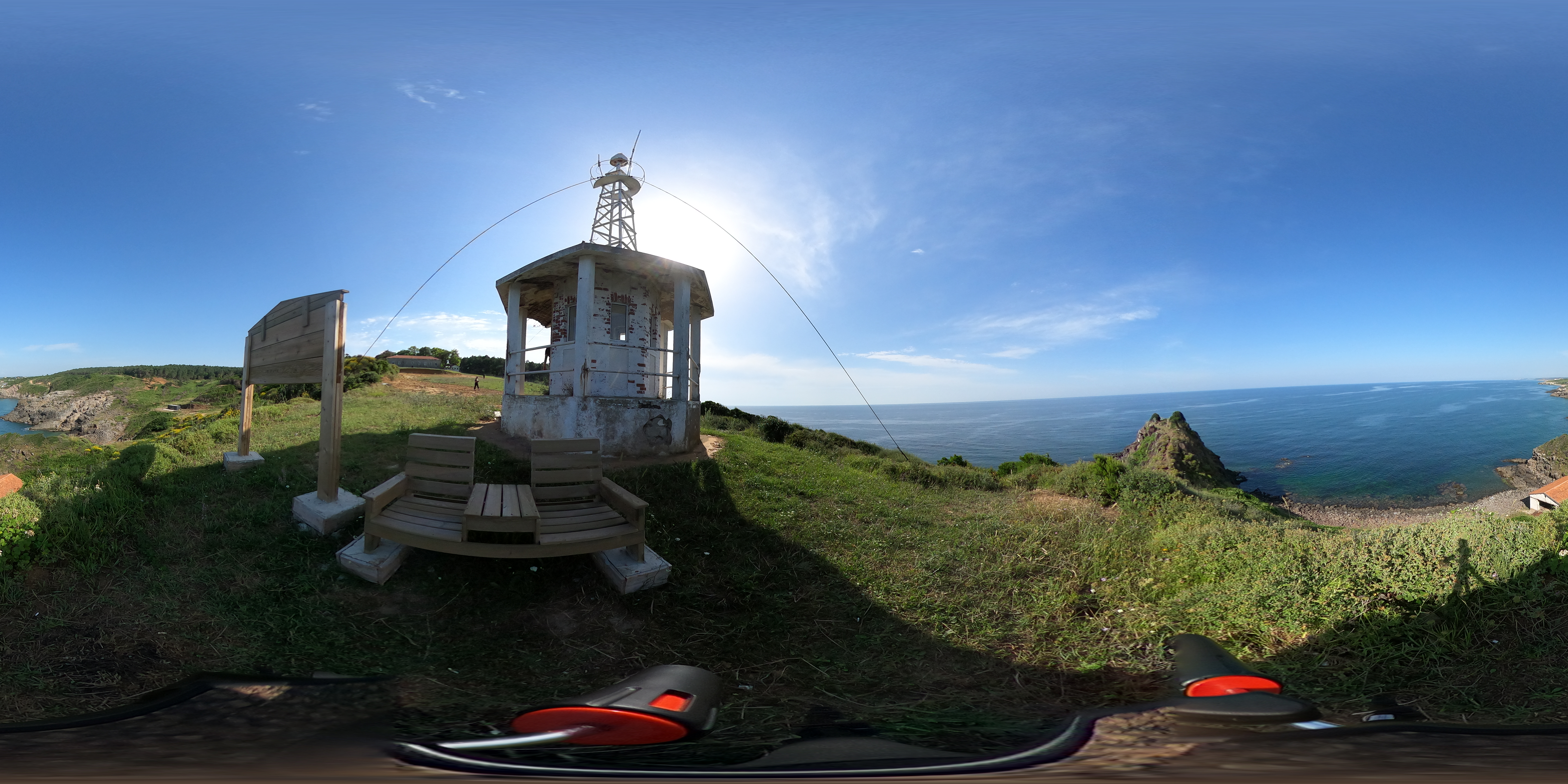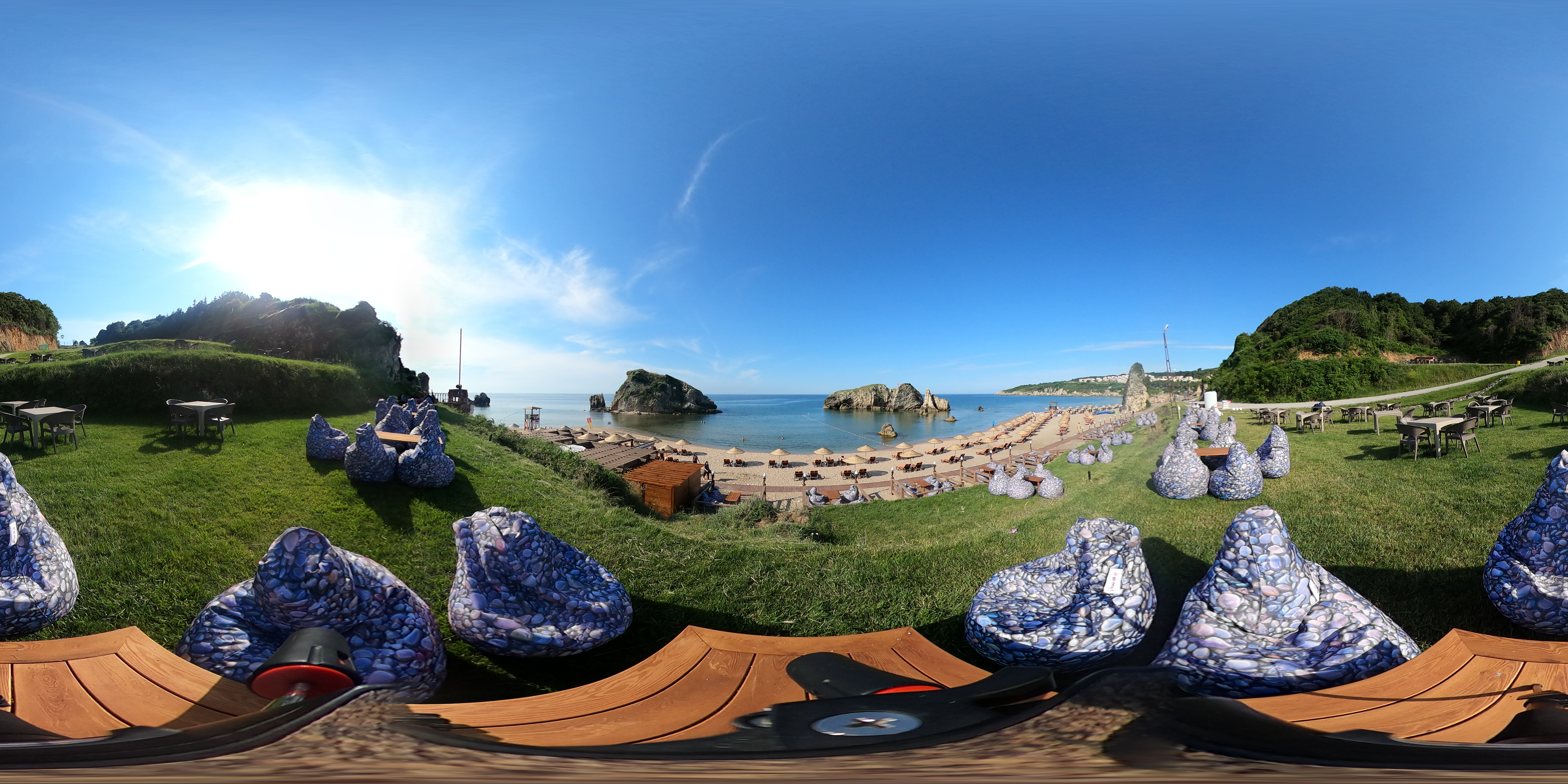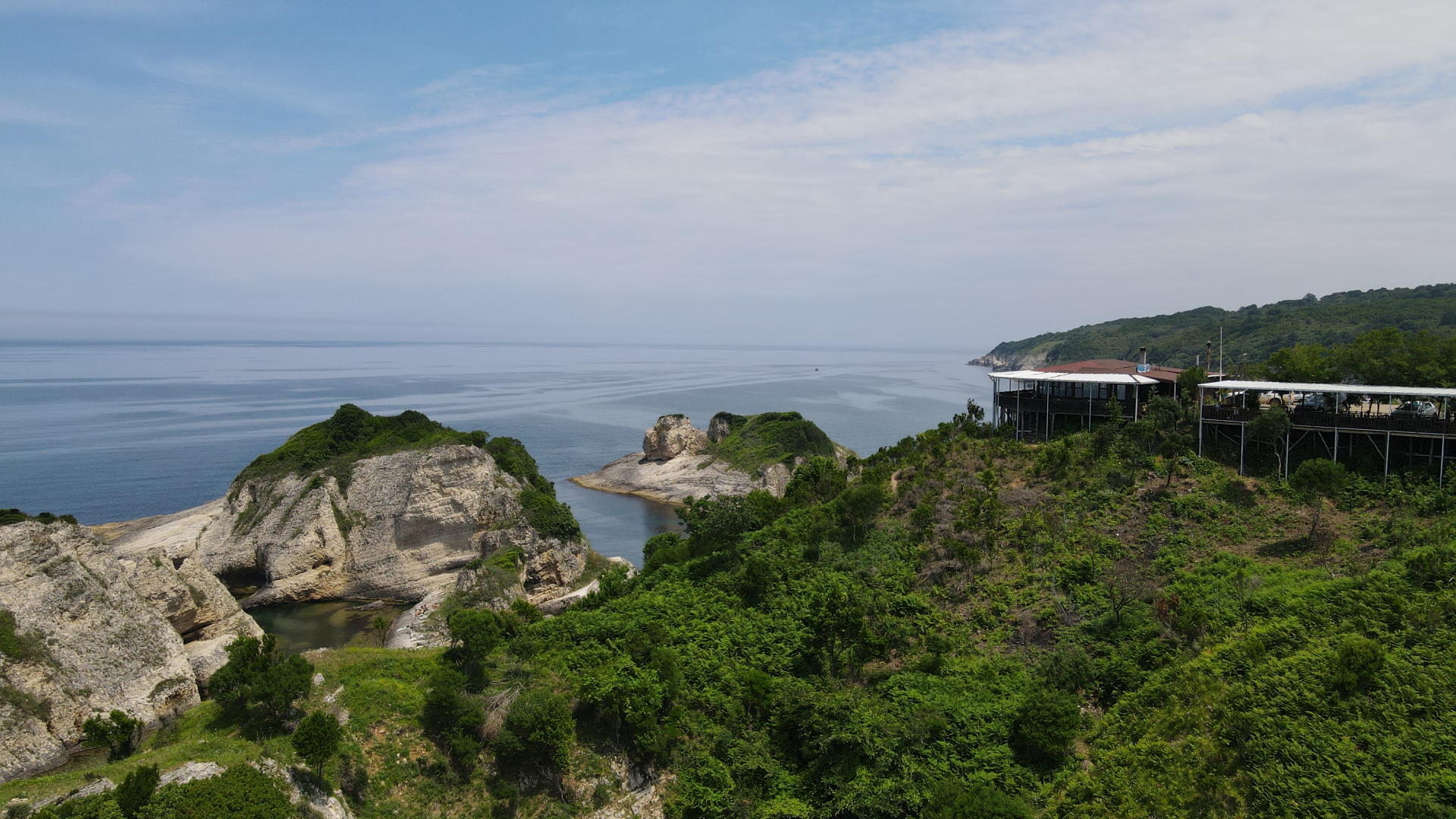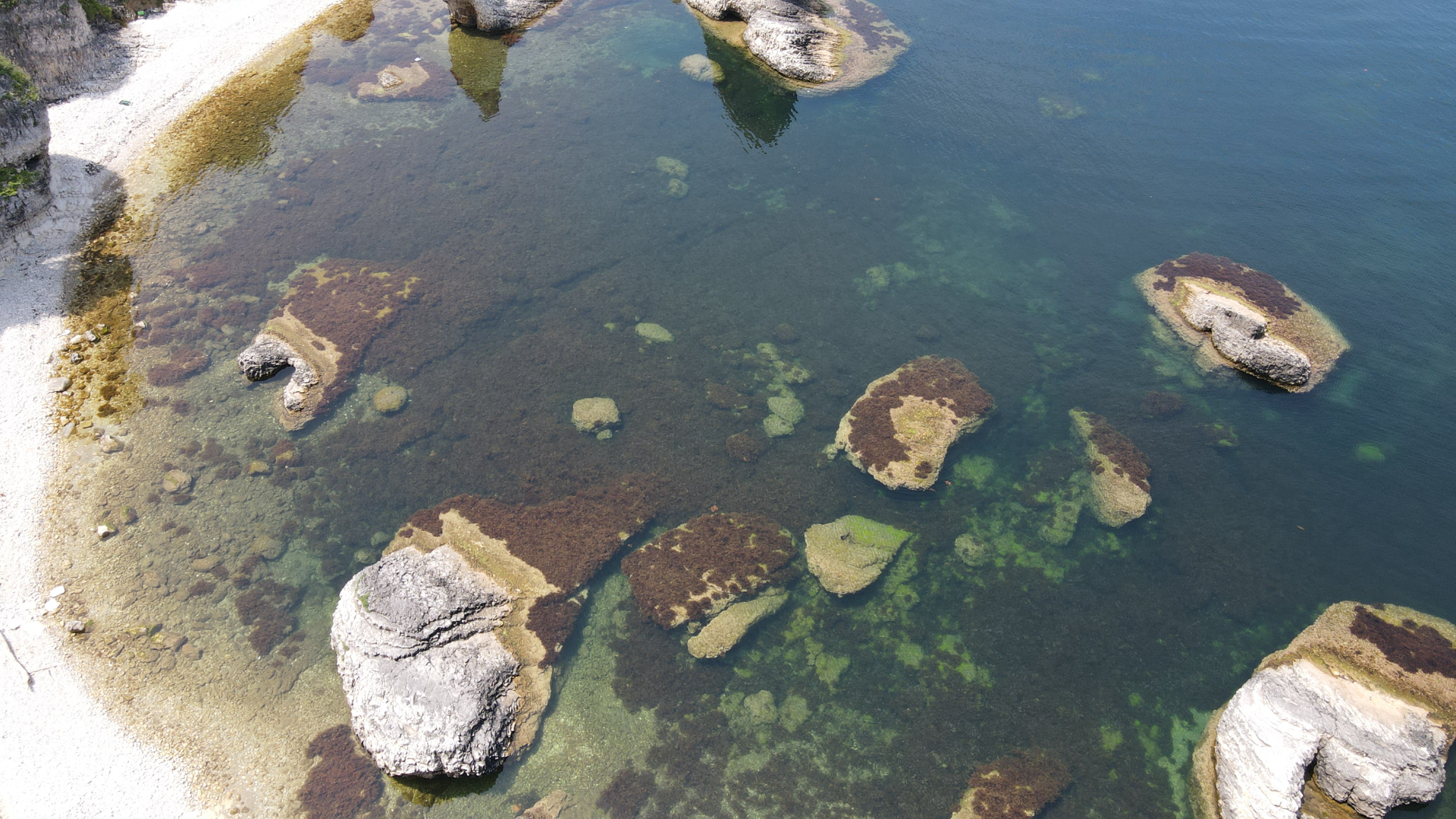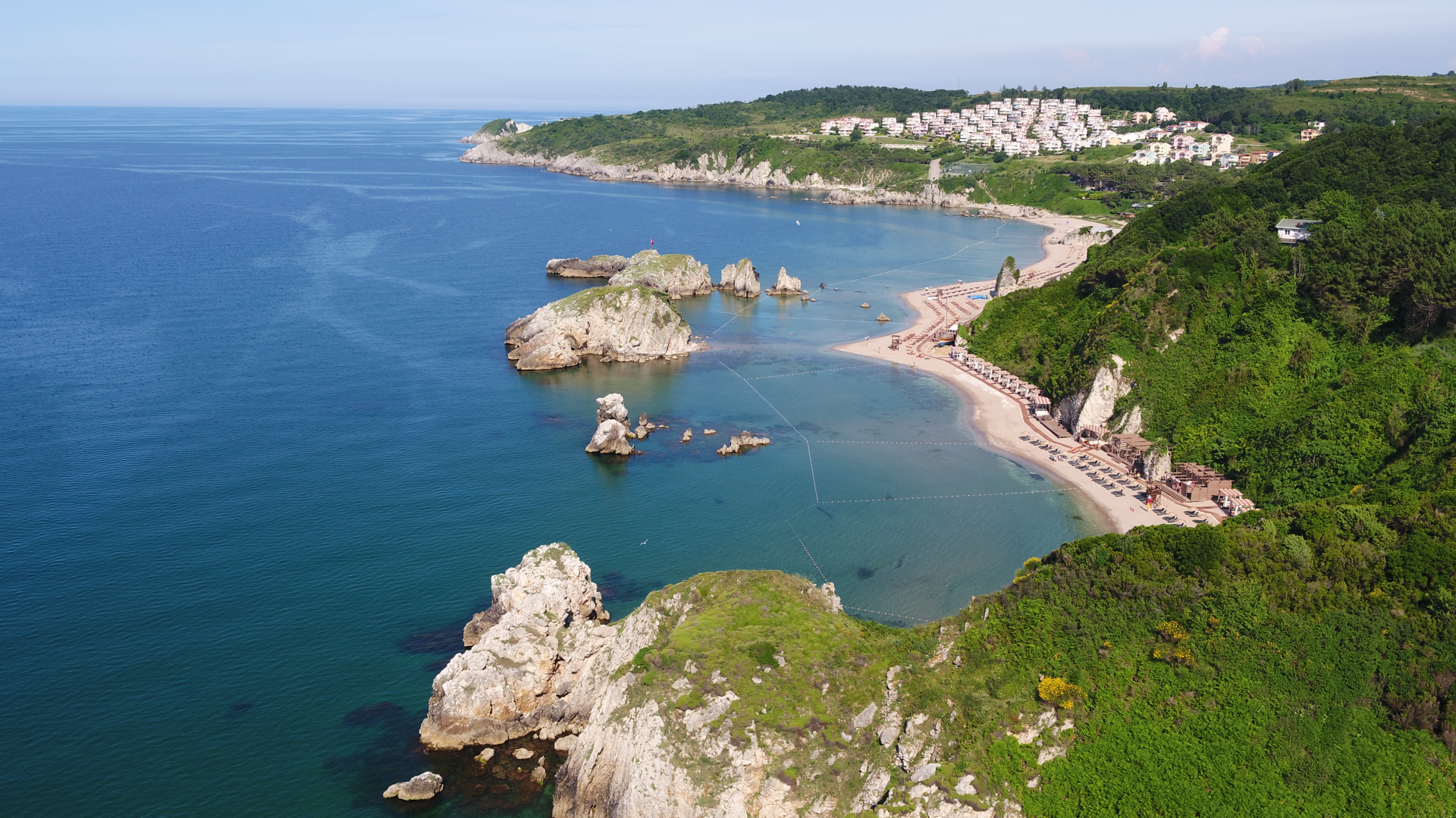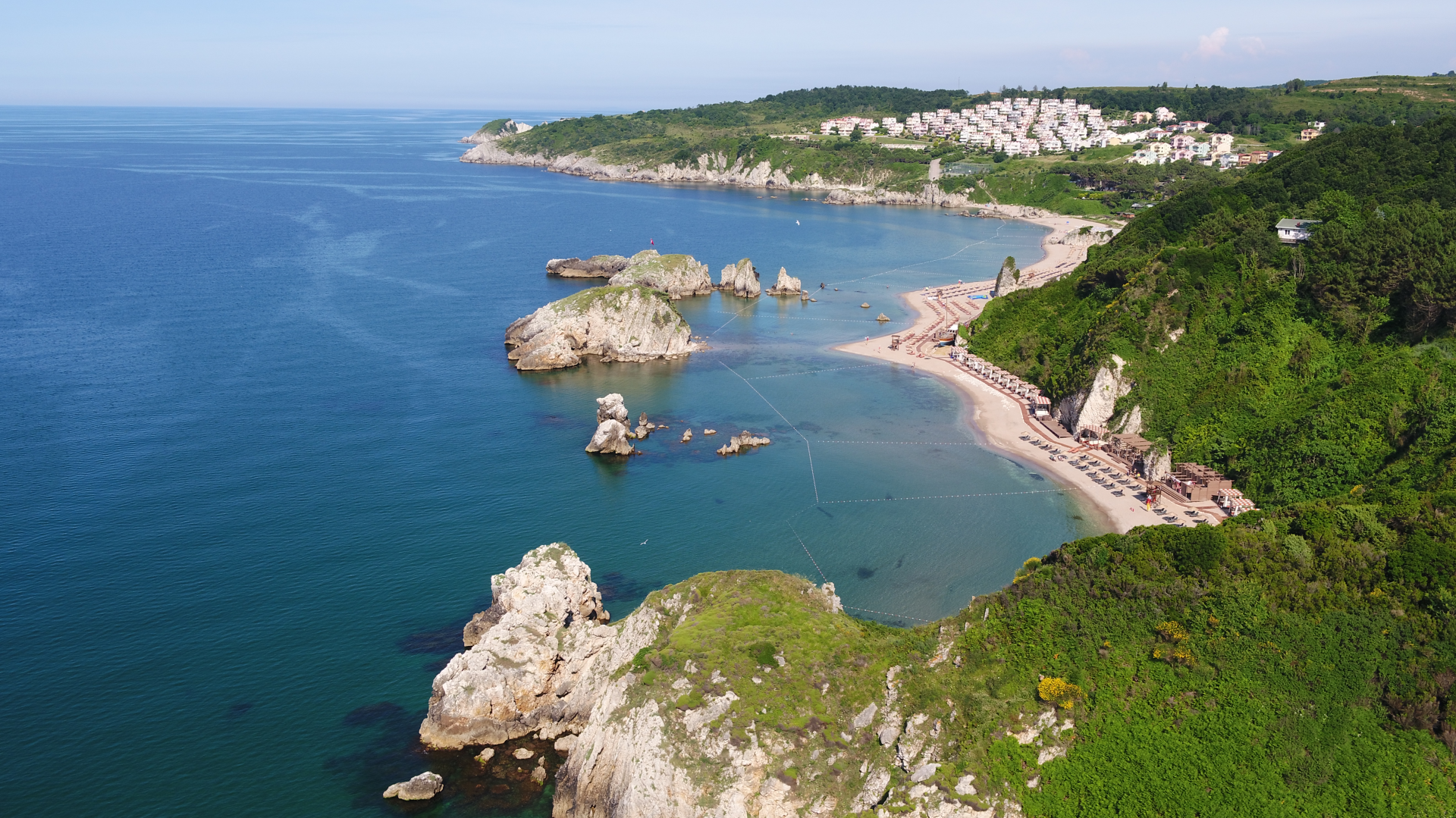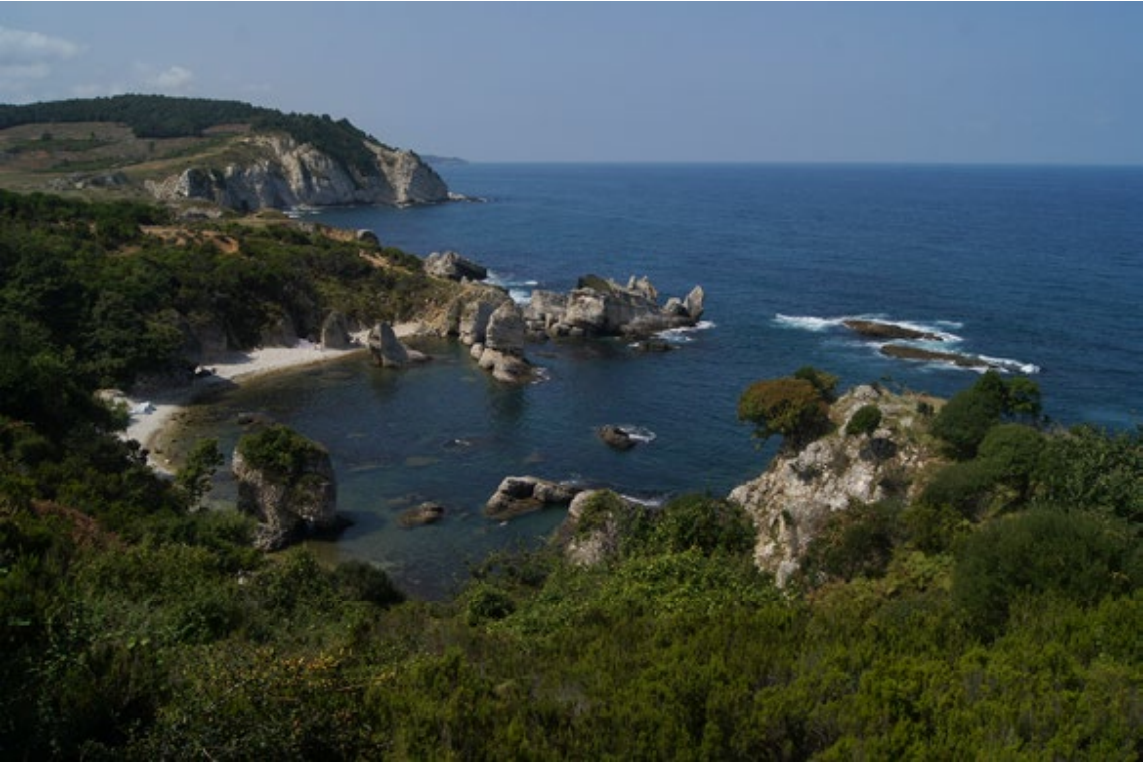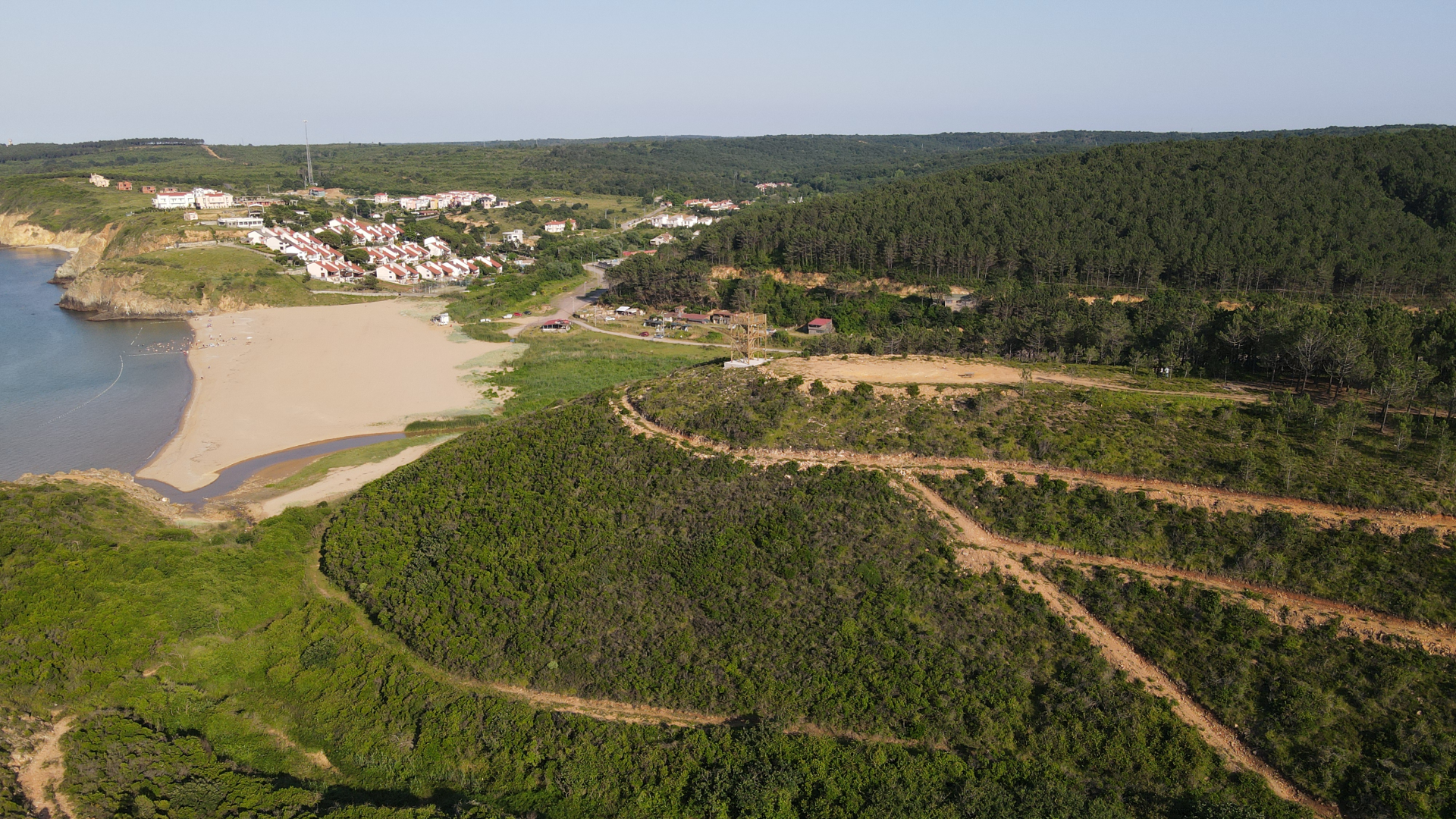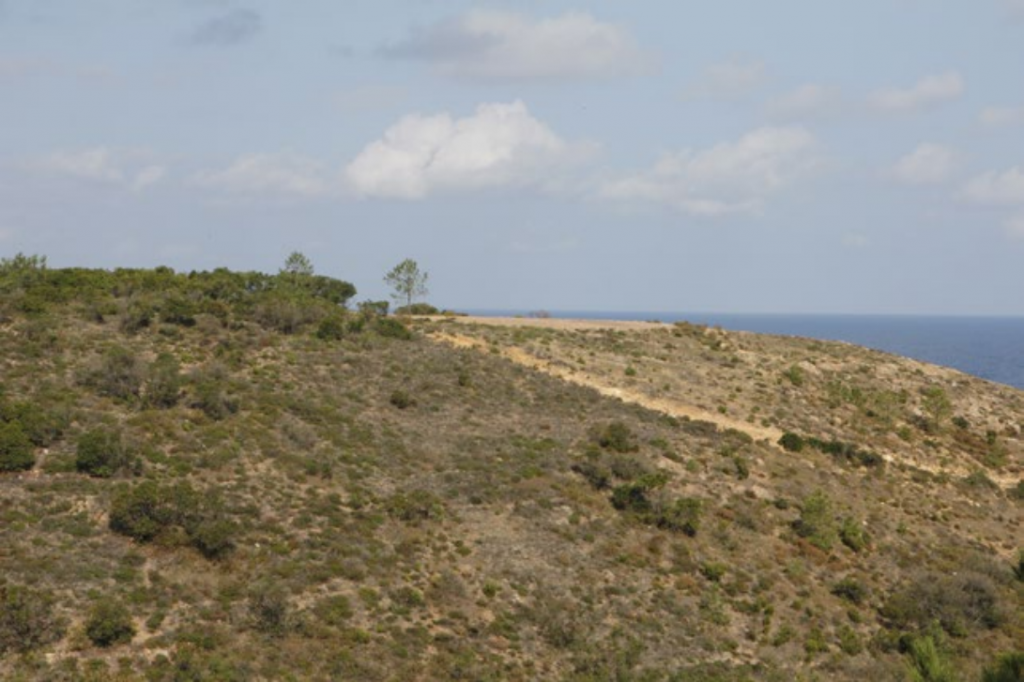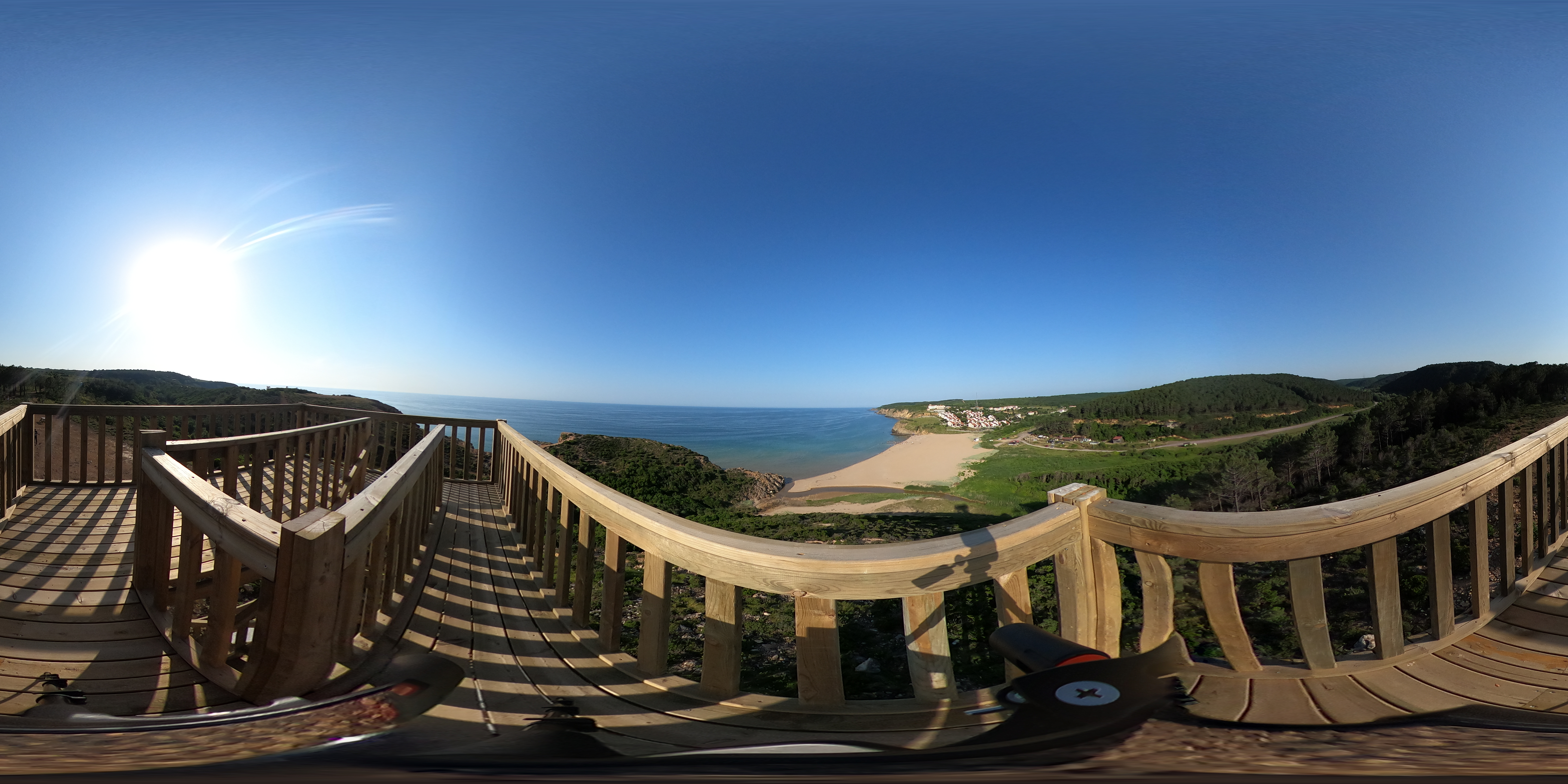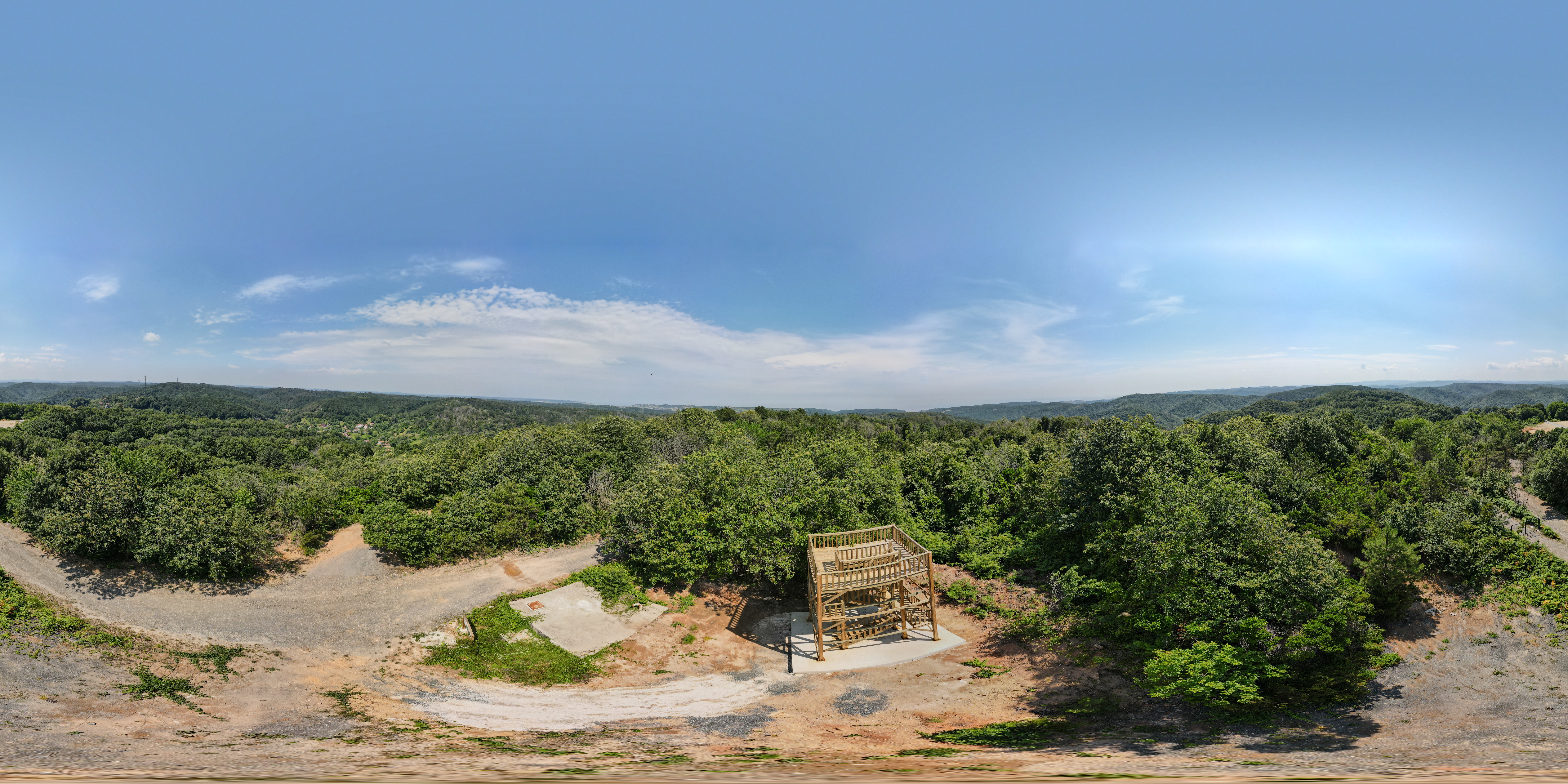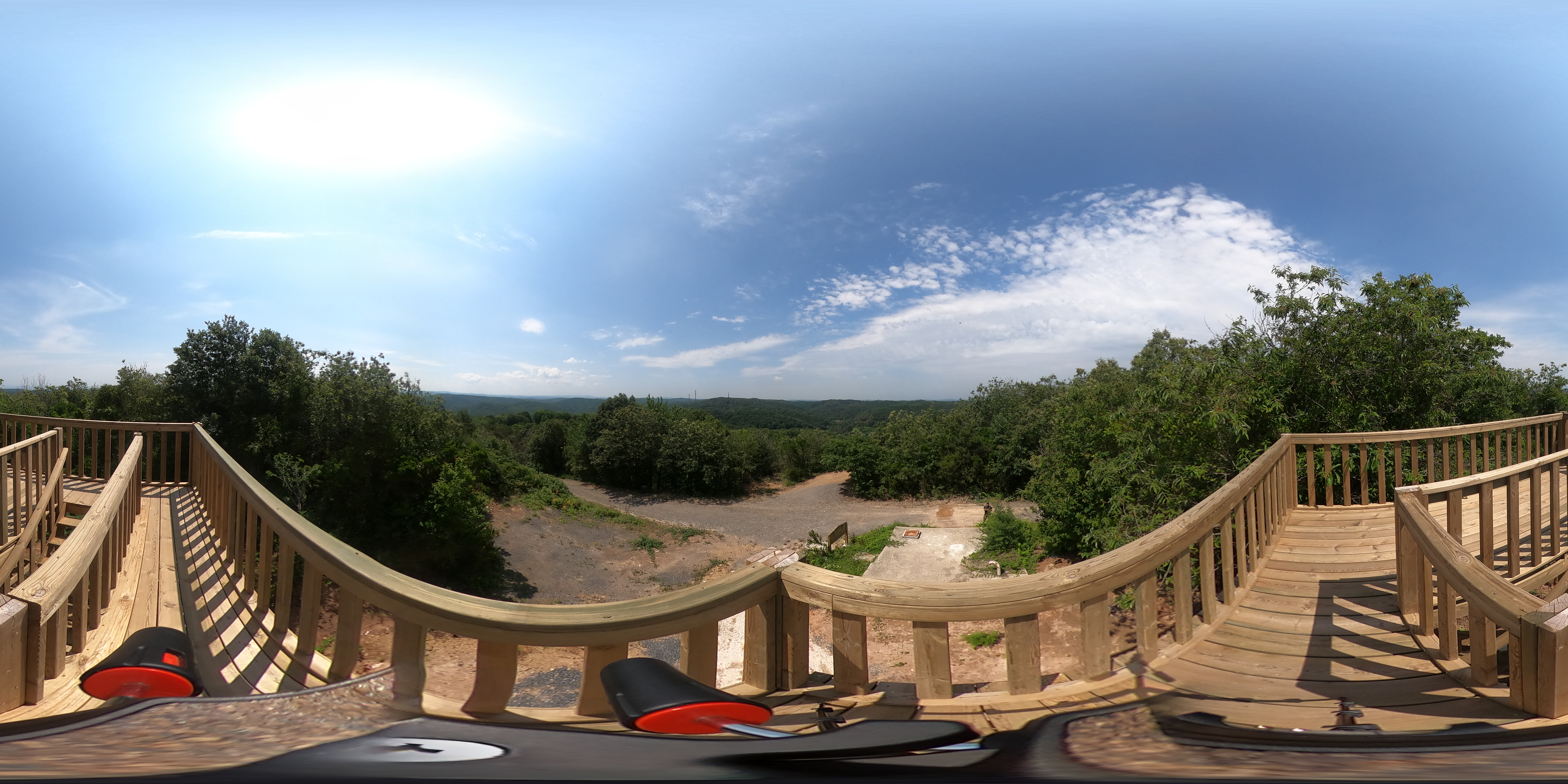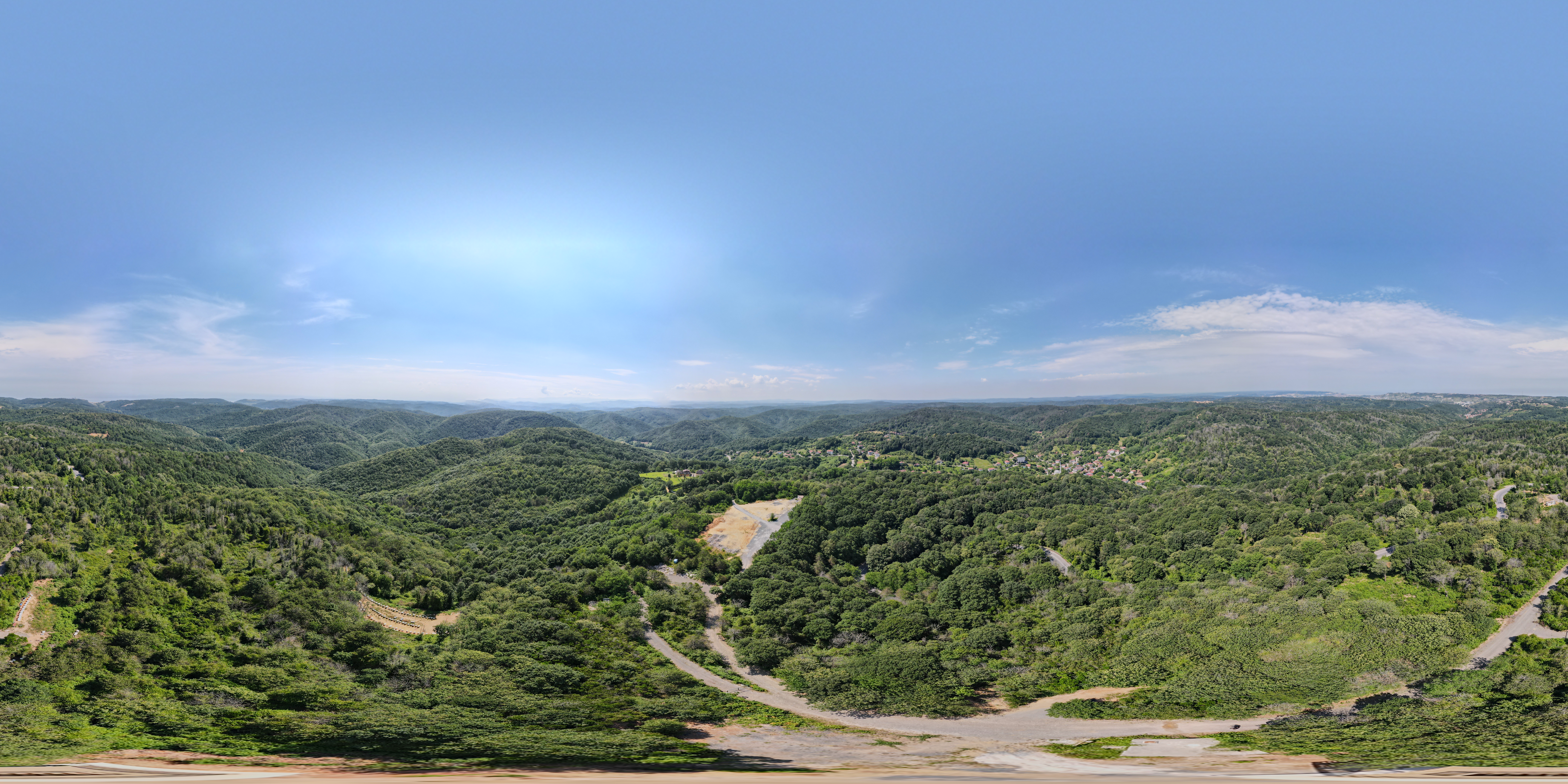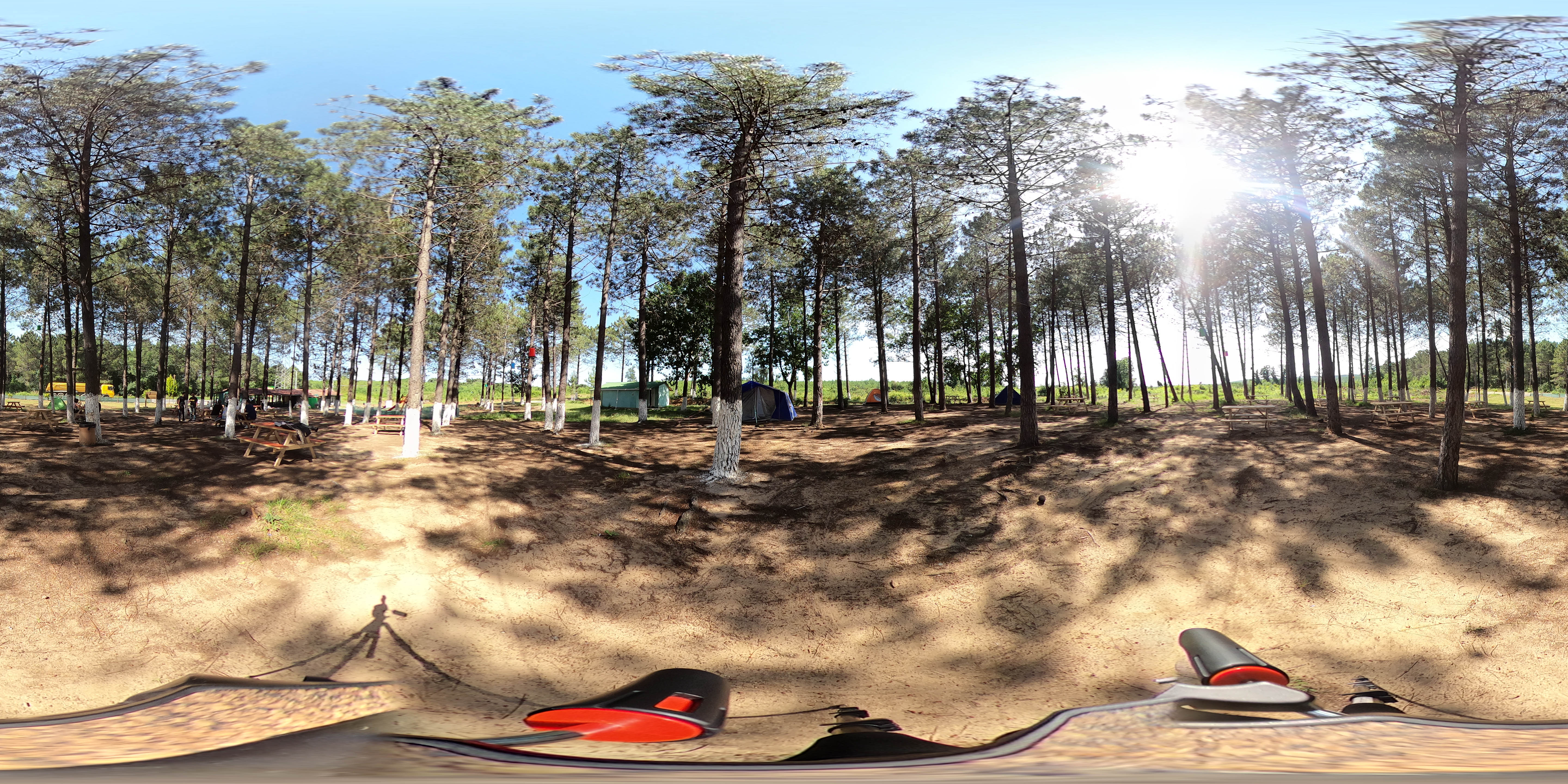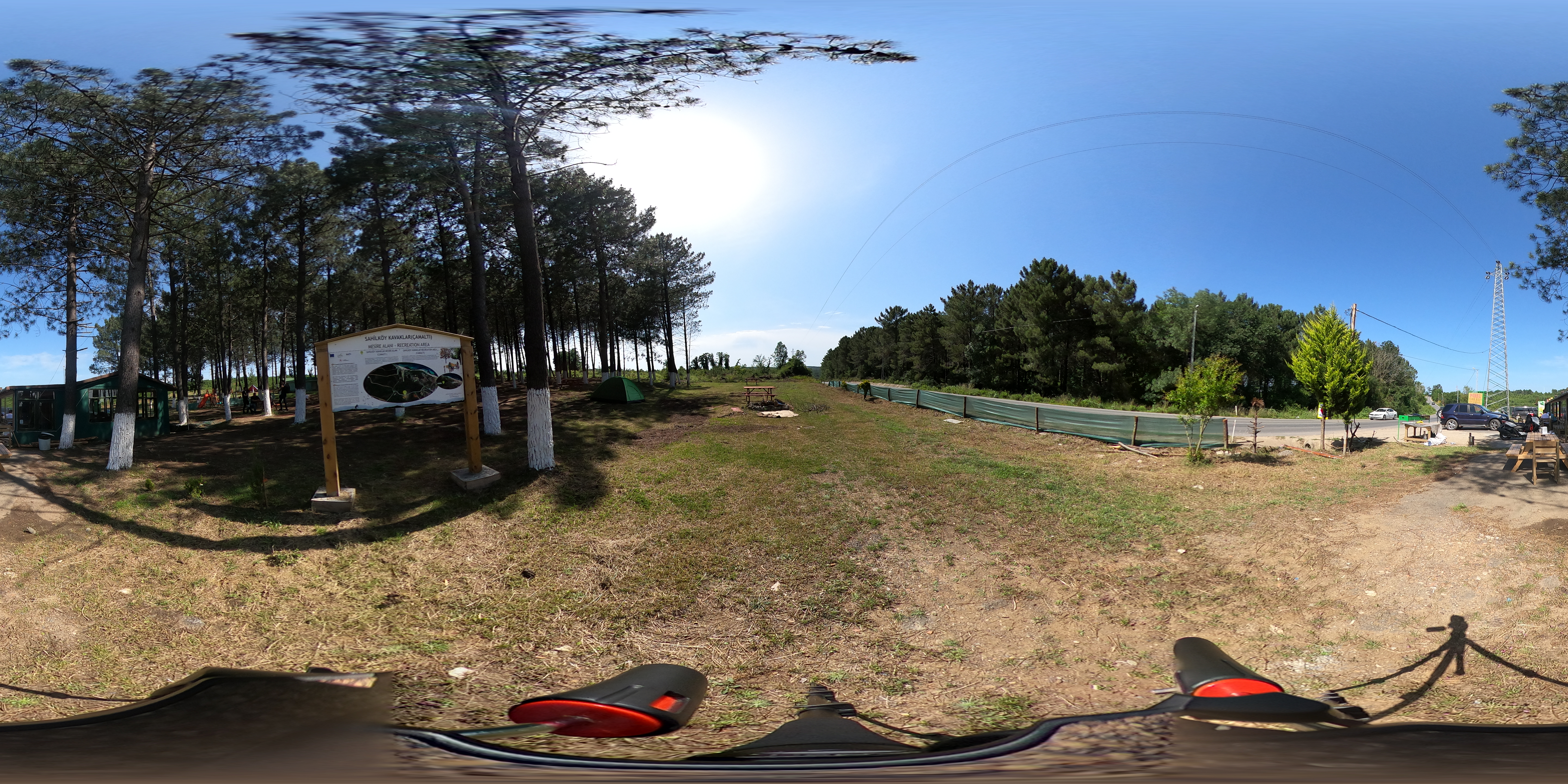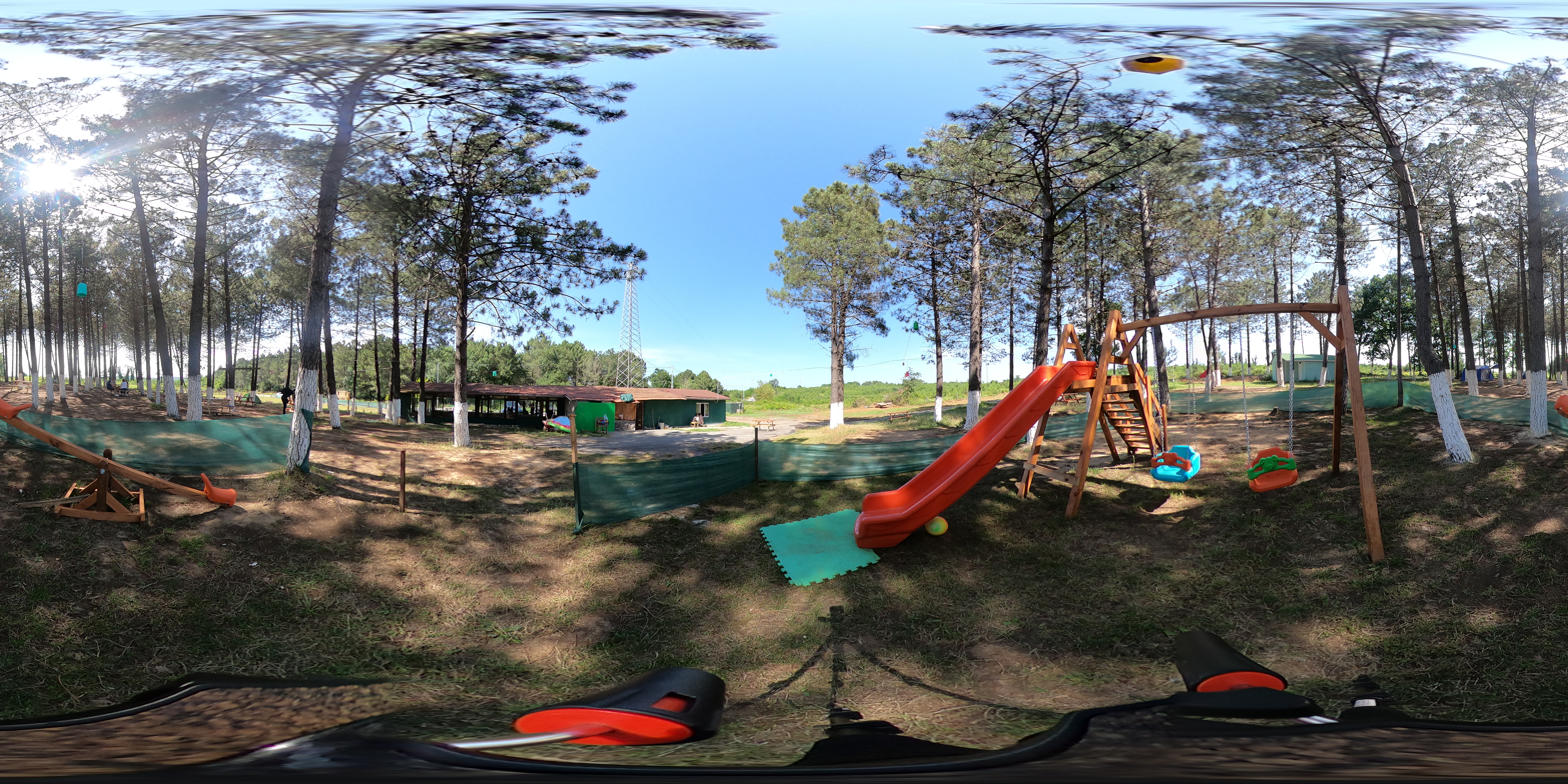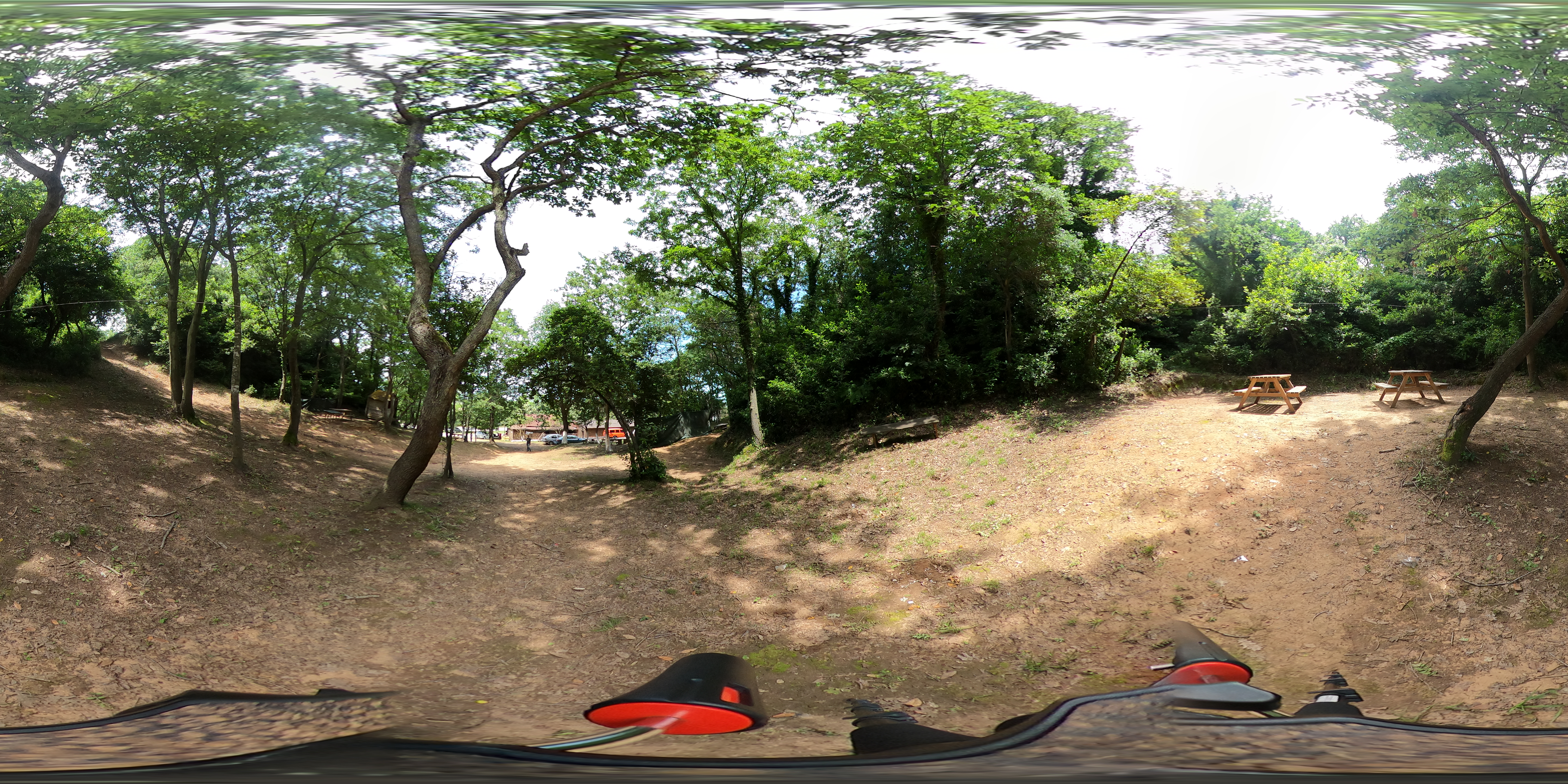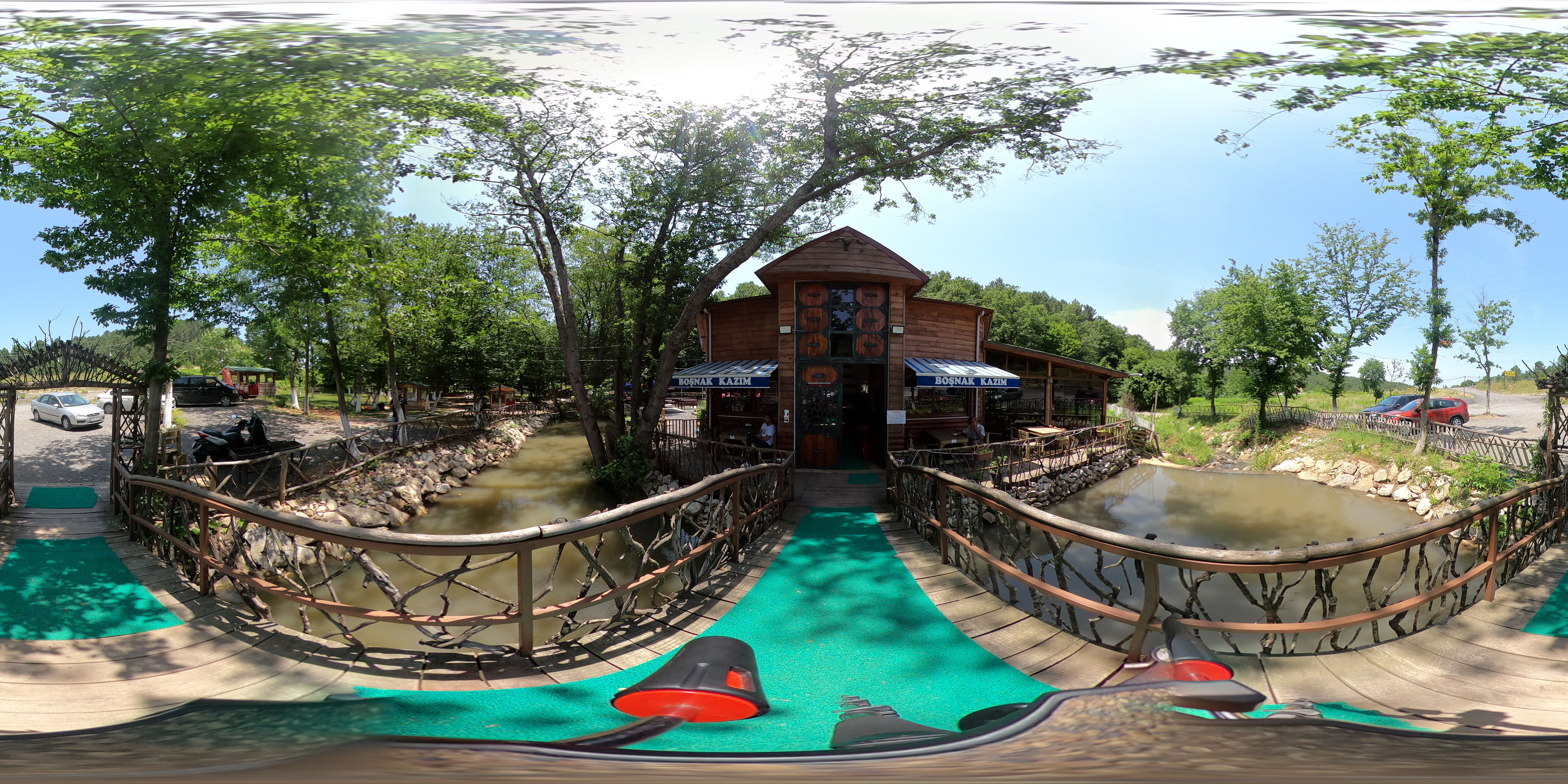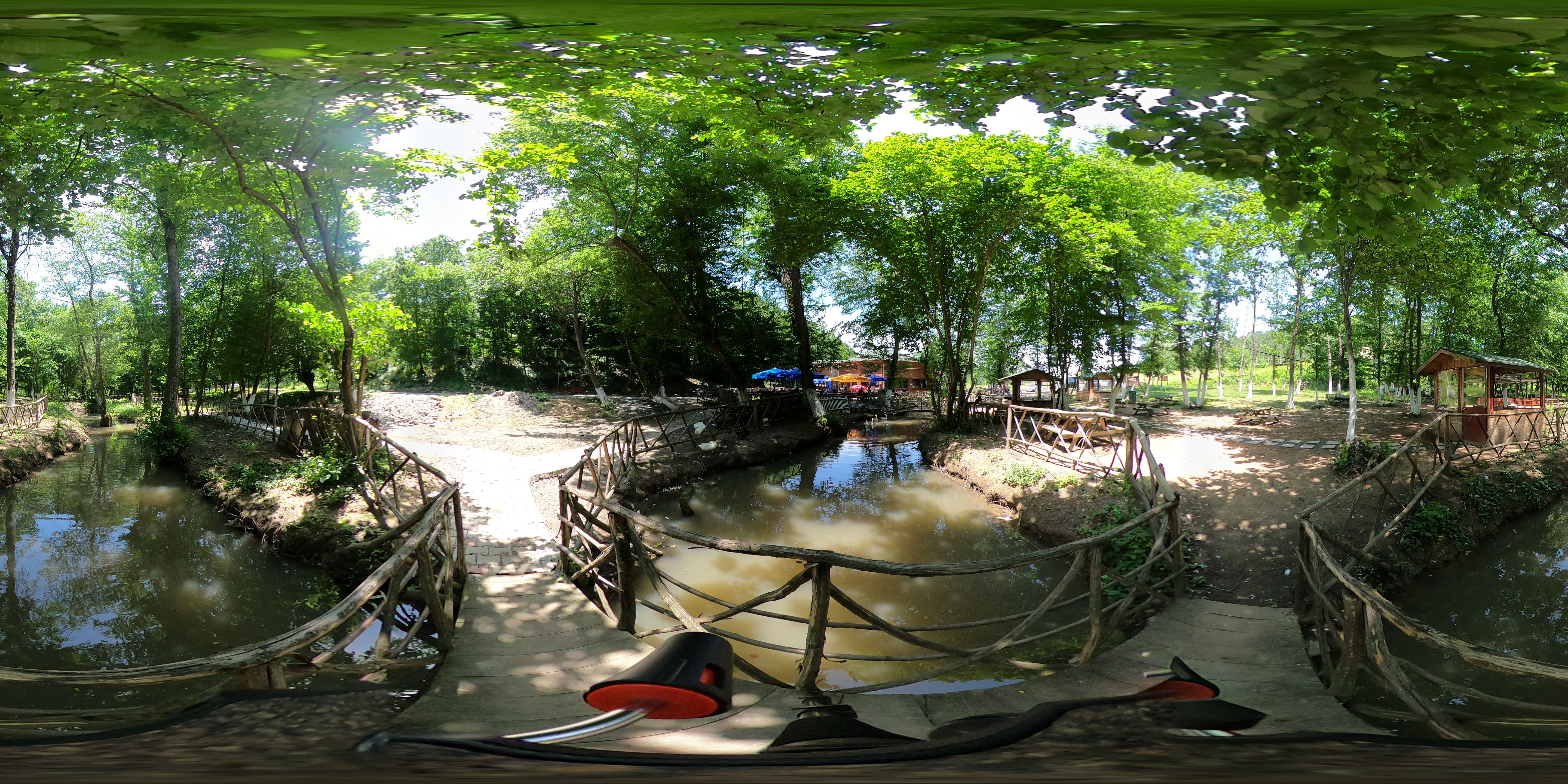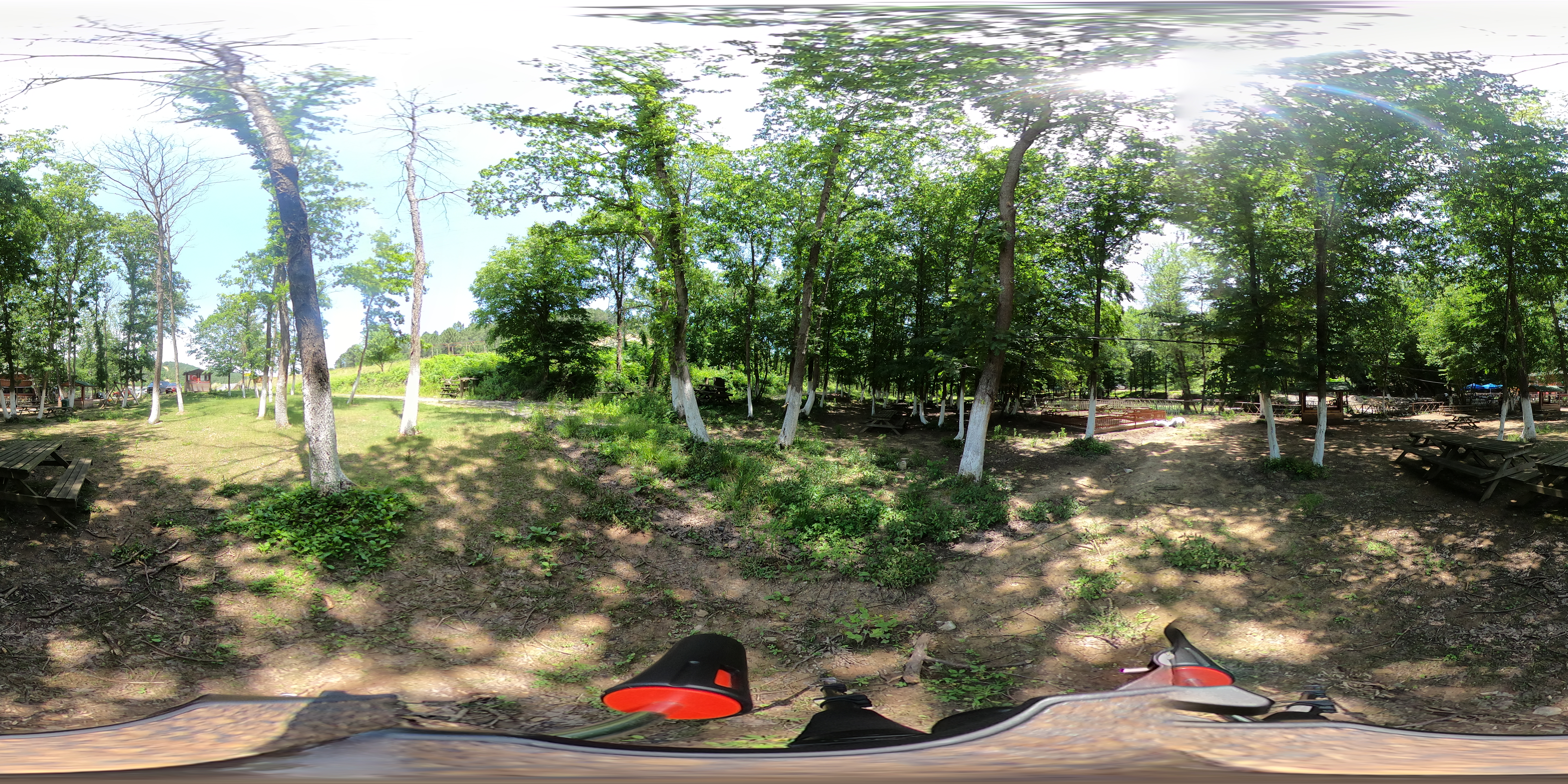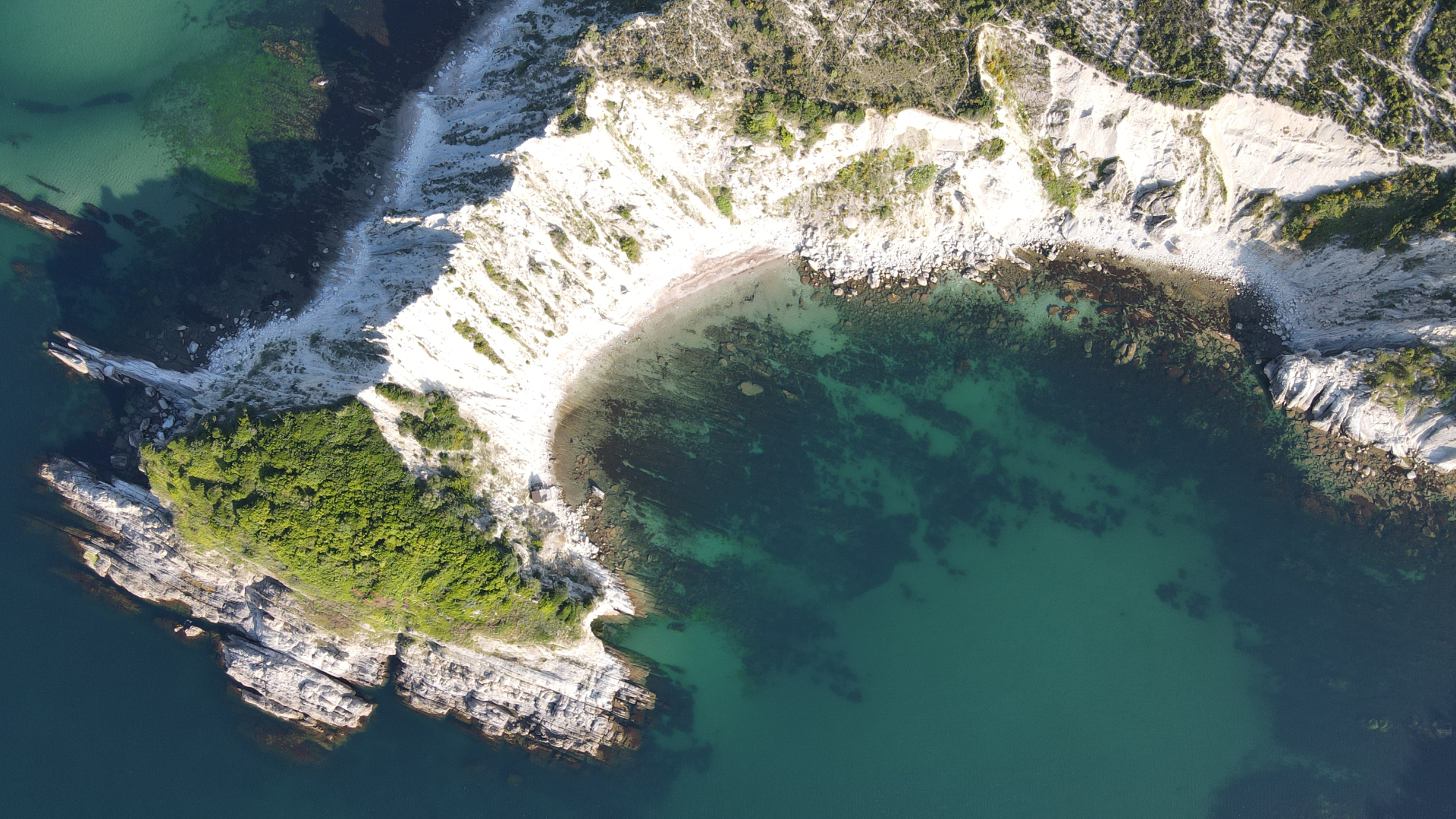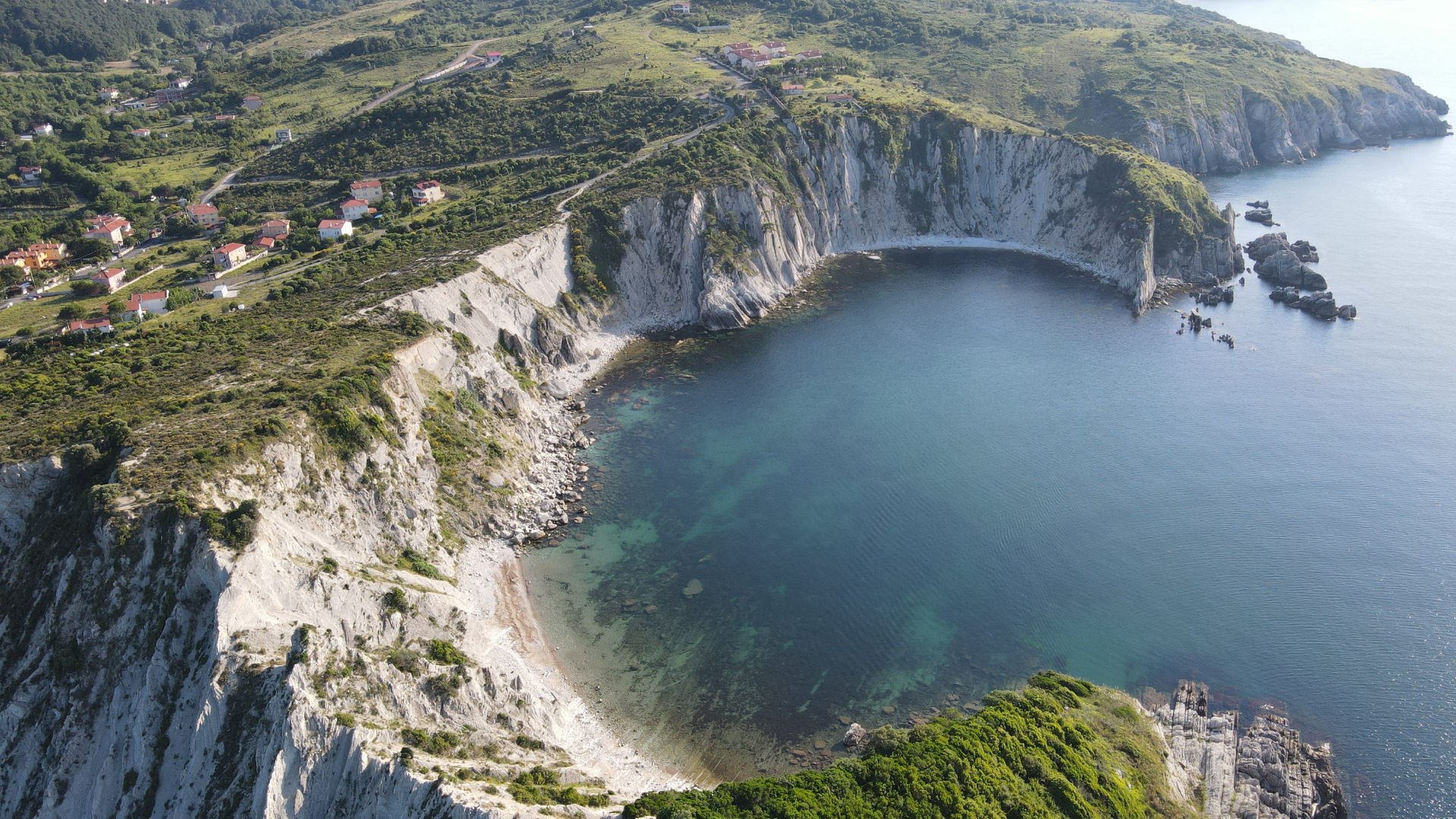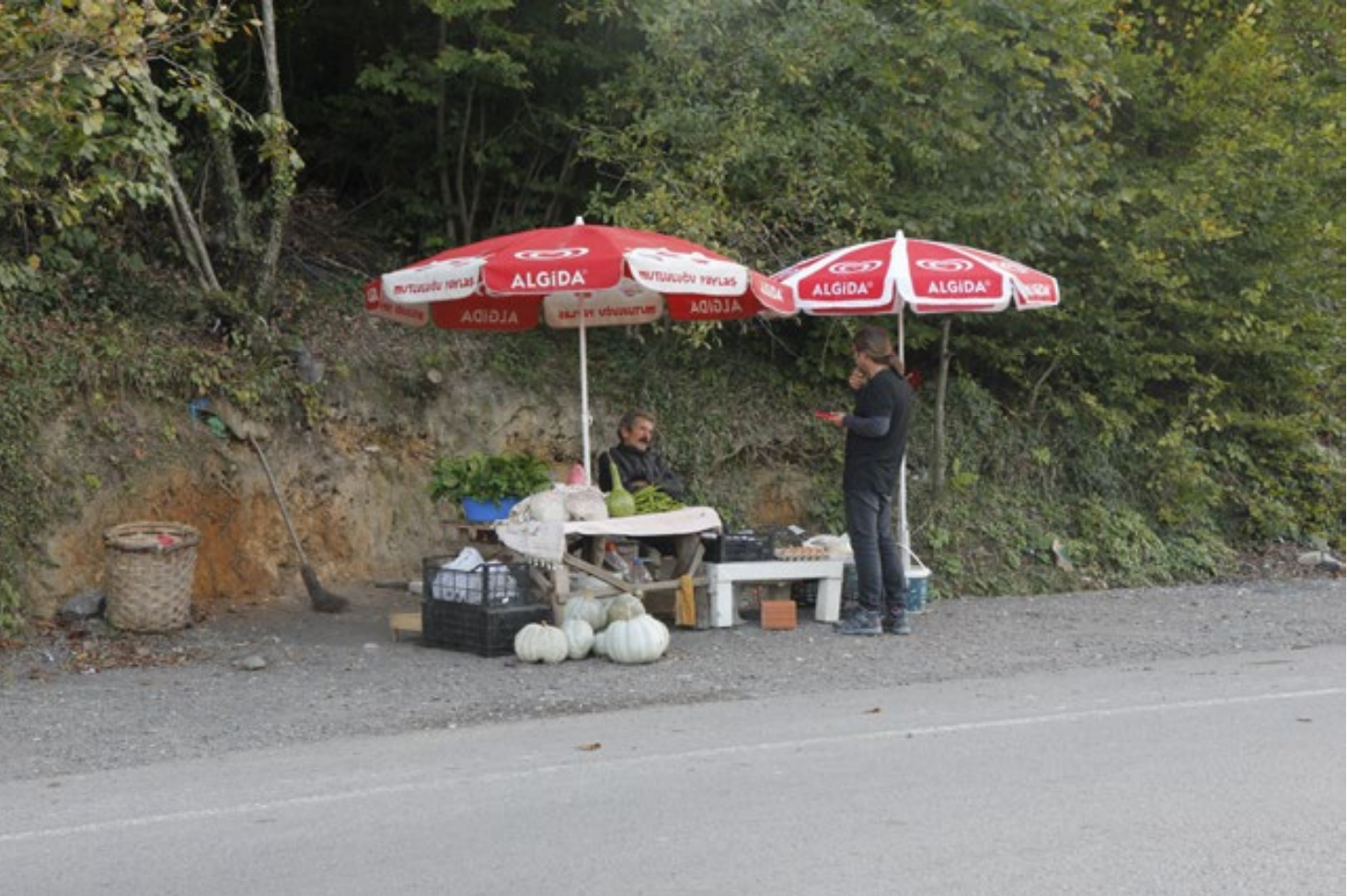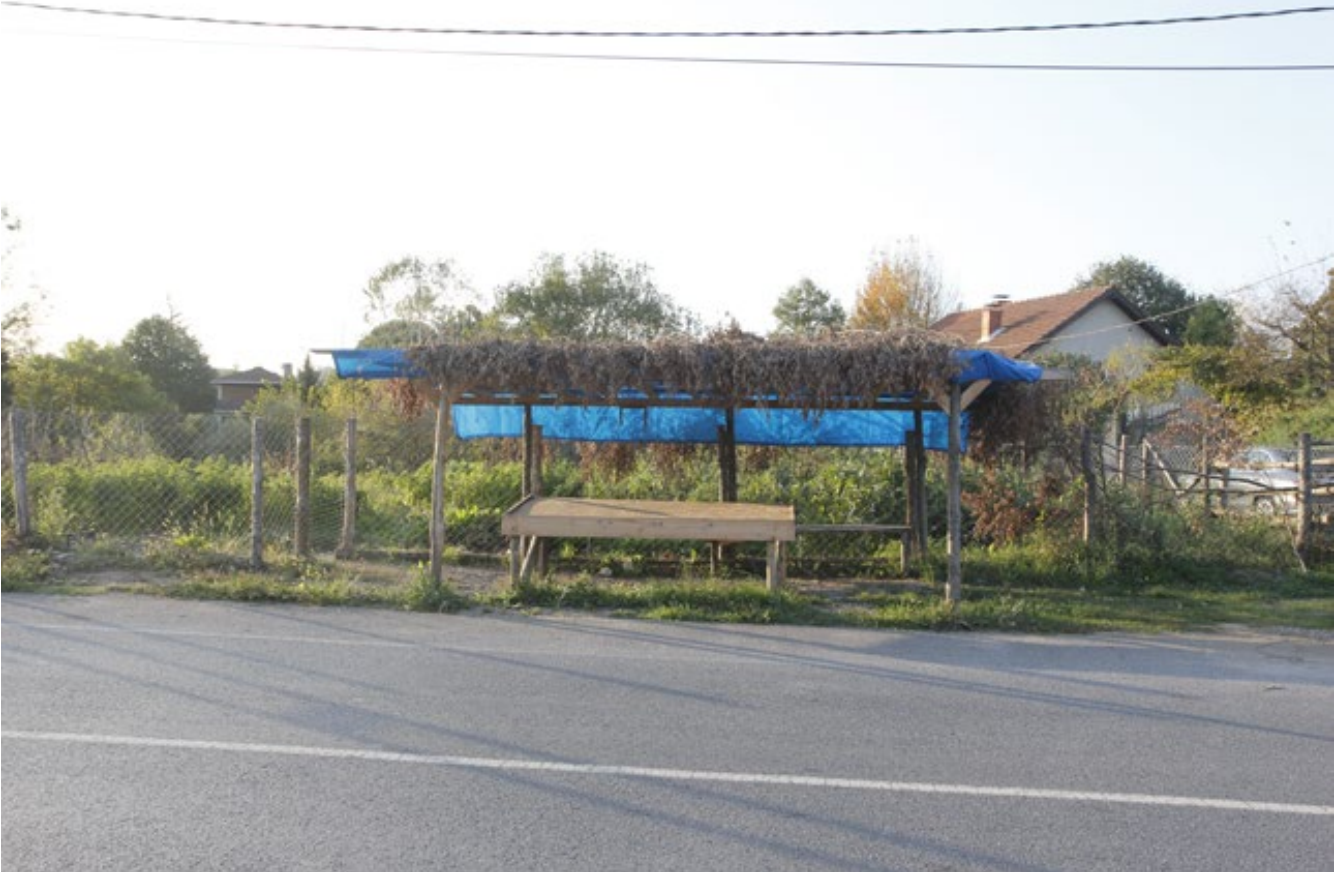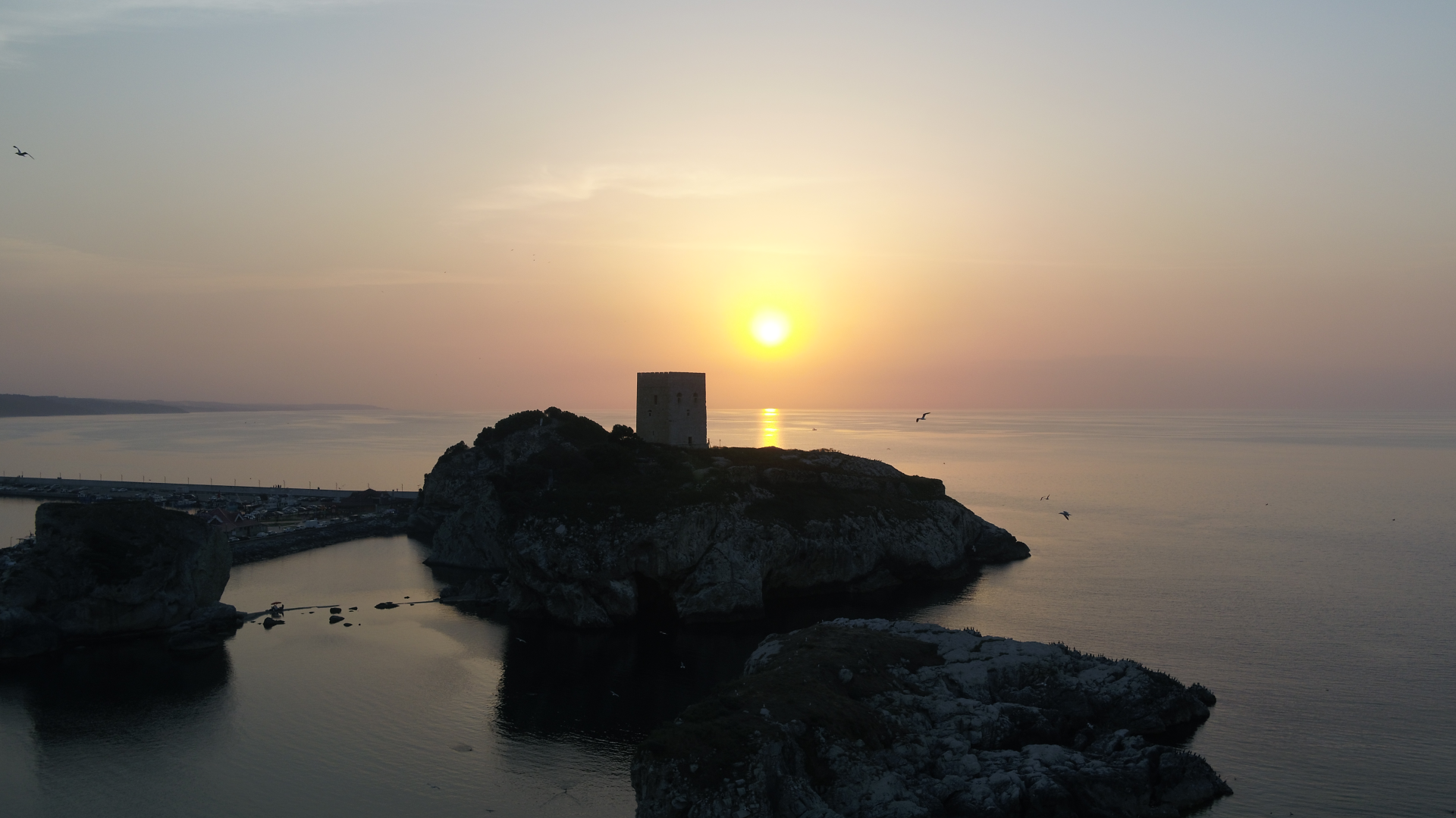
Photo Points
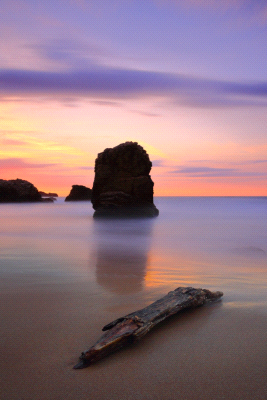
Photo Point - Akçakese
Read
Photo Point - Harmankaya
Read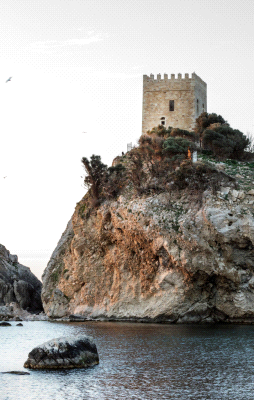
Photo Point - Harmanyaka Peninsula
Read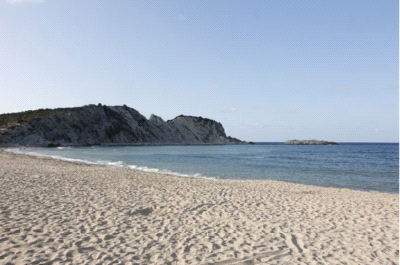
Photo Point - imrenli
Read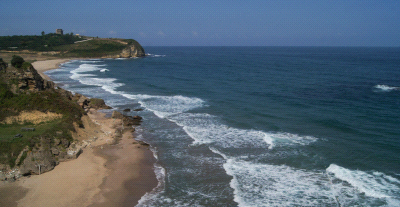
Photo Point - Kabakoz
Read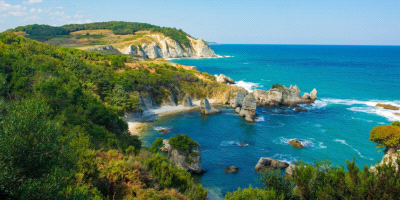
Photo Point - Kilimli
Read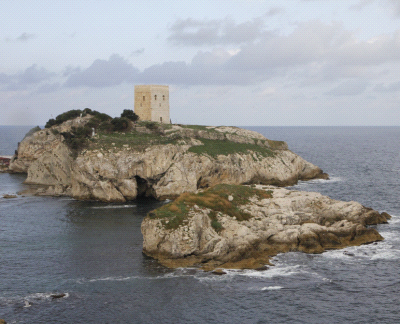
Photo Point - Masatlik Park
Read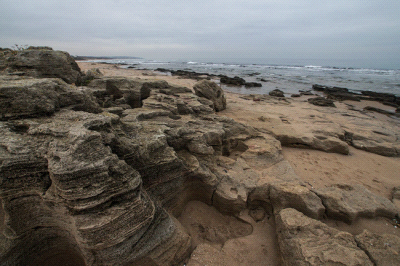
Photo Point - Sahilköy
Read
Photo Point - Sahilkoy Tahlisiye Station
Read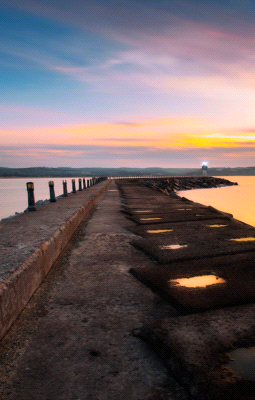
Photo Point - Sile Harbour
ReadPHOTO POINTS
Şile is one of the most photographic districts of Istanbul with its rich nature, forest areas and coastline. Impressive photographs can be taken at the birdwatching points along with the hiking and cycling trails in the guidebook. You can also take iconic photographs both with professional and mobile device cameras at 10 photo shooting points that we have set in the east and west of Şile centre along with the coastline.
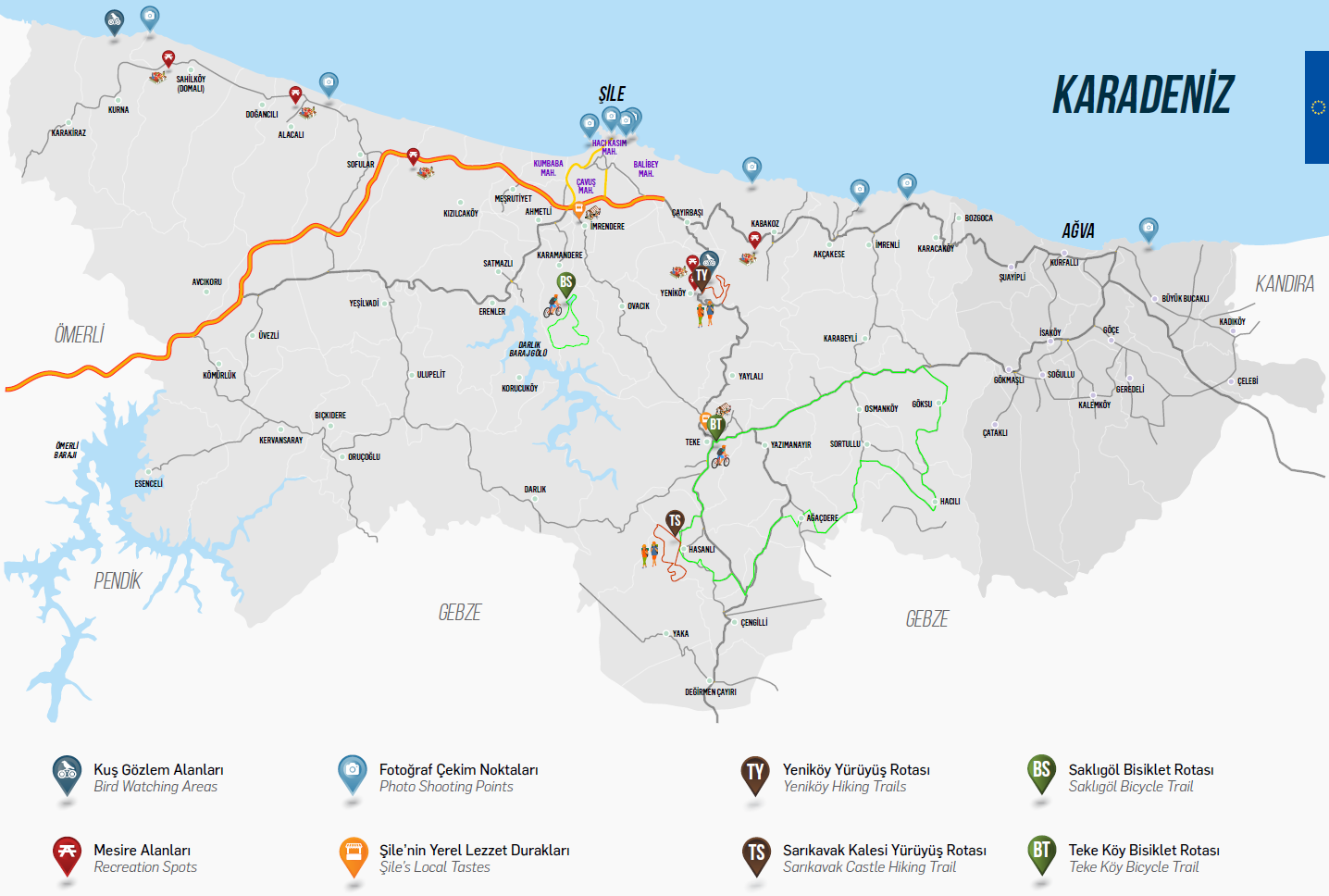
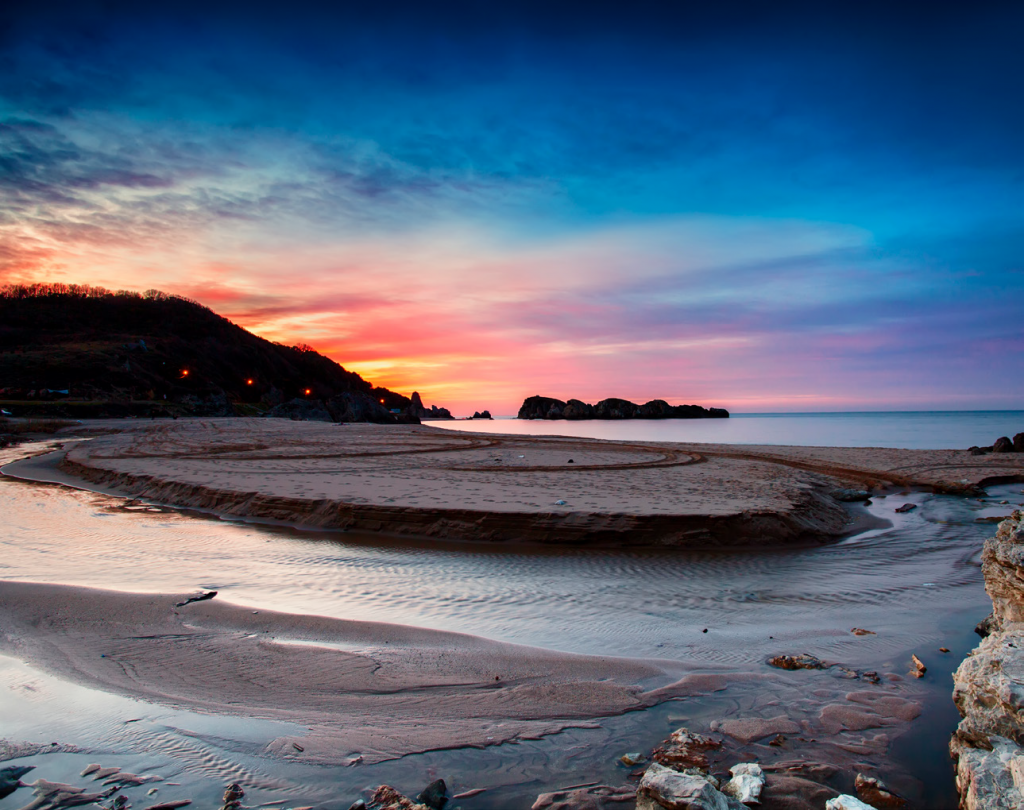
How to Take Landscape Photos?
Nature landscape photography is the name attributed to general appearances; living and/or non-living in nature. Only physically large objects such as mountains, rivers, trees should not be understood as general appearance. Details of trees or rocks or the parts selected from the whole such as mudtissue are also the subject of the nature landscape. The hiking and cycling trails, photography and winter observation points in this guidebook offer very impressive landscapes. These landscapes constantly change after moving a certain way or by the state of the light. Light, depth and the arrangement of objects are essential in the landscape. Under this approach, the answers to the following questions should be known: am I in the right light and point of view before shooting, what I want to tell with this photo, which object will I mainly emphasize, what other technical choices could be best to express landscape? One of the most important points in the nature landscape is the control of emotions and the selection and simplification of images that affect you. There can be more than one photographic image in a landscape that will impress you. If these frames support each other and if you can establish the identity and emotion of a natural space, this photo can be good. However, if these images reduce each other’s effects and create confusion, it’s a messy photo. Therefore, the photos to be taken in the natural area should emphasize the objects that are as simple as possible and impress you.
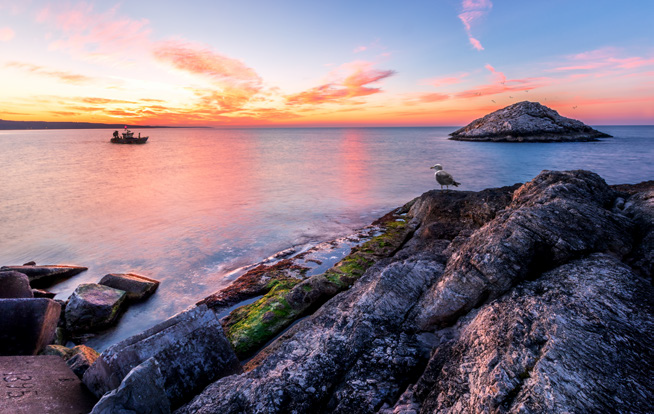
Right Place and Time
Not only the atmospheric conditions determine the correct time and location. This is possible with versatile preparations you will make before shooting. For example, important bird migration routes pass through Şile. If you are at the birdwatching points recommended in the guidebook at the right time, it may be possible to take pictures of different bird species by being in the right place during this migration. It is very important to consider the characteristics of the geography in different seasons and to determine the sunrise and sunset points.

Follow The Light
Nature scenery are photographs that use natural light. Natural light shows very variable characteristics. Intensity, colour and direction of the light change due to the factors such as different times of the day, seasons, humidity of the air, sun’s angle of incidence, the state of the clouds, and geographical location. The appropriate light for every nature scene is different. For example, homogeneous light, which is advantageous for a waterfall photo on a trip, does not evoke a volume effect in the mountain landscape that you intend to take after a while, since it does not clearly reveal the colours of rock and the rocks do not create shadows. Theoretically, there is no bad light. Any light can be suitable for the photographer’s purpose. Therefore, whatever is meant to be told, it is necessary to seek that light. This requires acting with precise plans.
Create Depth
The depth, one of the most important components of landscape photography, adds a sense of third dimension to a photo with two dimensions. Particular attention should be paid to provide depth in landscape photographs. If necessary, auxiliary elements; light time and direction, viewpoint, depth of field, even atmospheric environments can be changed. There are many techniques and arrangements that make you feel a two-dimensional photo as three-dimensional.Foremost among them; the geometric perspective according to the near or far distance of the objects, the effect of depth that atmosphere creates by the darkness and sharpness of the objects in front and the paleness and/or uncertainty of the objects behind.
Dramatic Foreground
These types of photographs are based on the formation of a dramatic object prominently in the front with the help of a wide angle and explaining the environment in smaller dimensions in the background. It is one of the frequently used methods in nature scenery, as it makes you feel simplicity and depth. These types of photographs are frequently taken in forests, meadows, beaches, places where there are few impressive elements or high complexity. The perspective effect created by the alignment of the objects by size brings the photograph depth. It is even more impressive to see the objects at every point clearly in such frames.
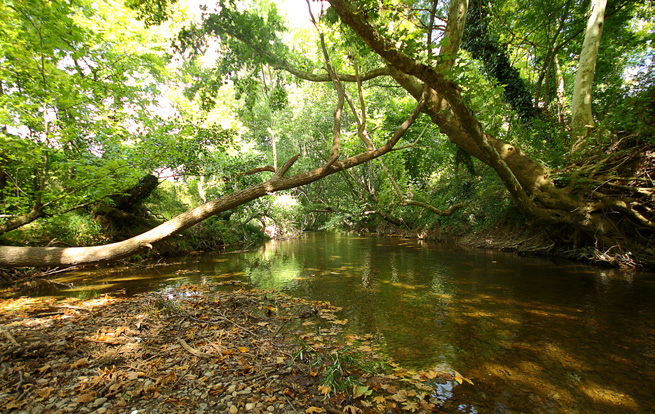
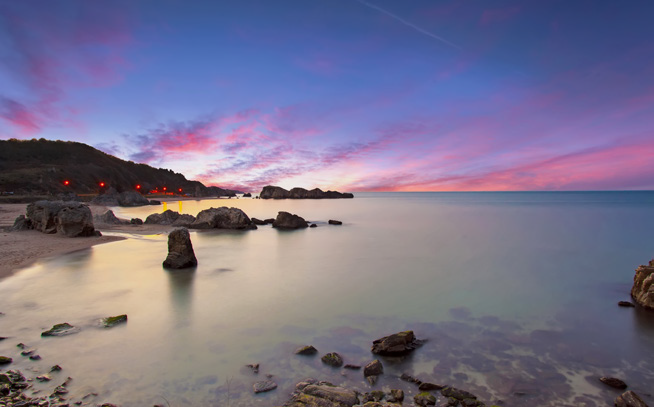
Collect Objects
In landscape photography, it is necessary to pay attention to the commonly used wide angles to fit all the objects that make up the identity in the space. As the focal values of the wide angles reduce, the size and effects of the objects subject to the nature scene change dramatically. In short, these angles have distribution properties. The dramatically decreasing size and decreasing effects of other objects can cause the objects that make up the landscape to lose their identity. If a photograph will be taken while keeping the proportions of the subjects, it would be better to use normal or tele lenses. As the focal values of these lenses reduce, their collector properties arise in direct proportion. At this point, it would be very important to use a closed diaphragm to avoid depth of field problems when using telephoto lenses, and to start focusing from the subject in front according to your purpose.
